Hanoi Travel Guide: A Vibrant Look at Vietnam’s Historic City
Hanoi Travel Guide: A Vibrant Look at Vietnam’s Historic City
Imagine a city where time-honored traditions meet contemporary cool, where ancient pagodas stand beside sleek skyscrapers, and where the past and present blend seamlessly. Welcome to Hanoi, Vietnam’s dynamic capital, a city that offers a rich landscape of experiences for every traveler.
In this guide, I’ll take you through Hanoi’s vibrant streets, showcasing its historic landmarks, delicious restaurants, and cultural delights. From savoring a bowl of pho at a local eatery to exploring the historic sites that dot the city, we’ll uncover all of what makes Hanoi so special. Whether you’re here for a weekend or longer, let my city guide help you navigate and appreciate the unique charm of Hanoi.
Timing
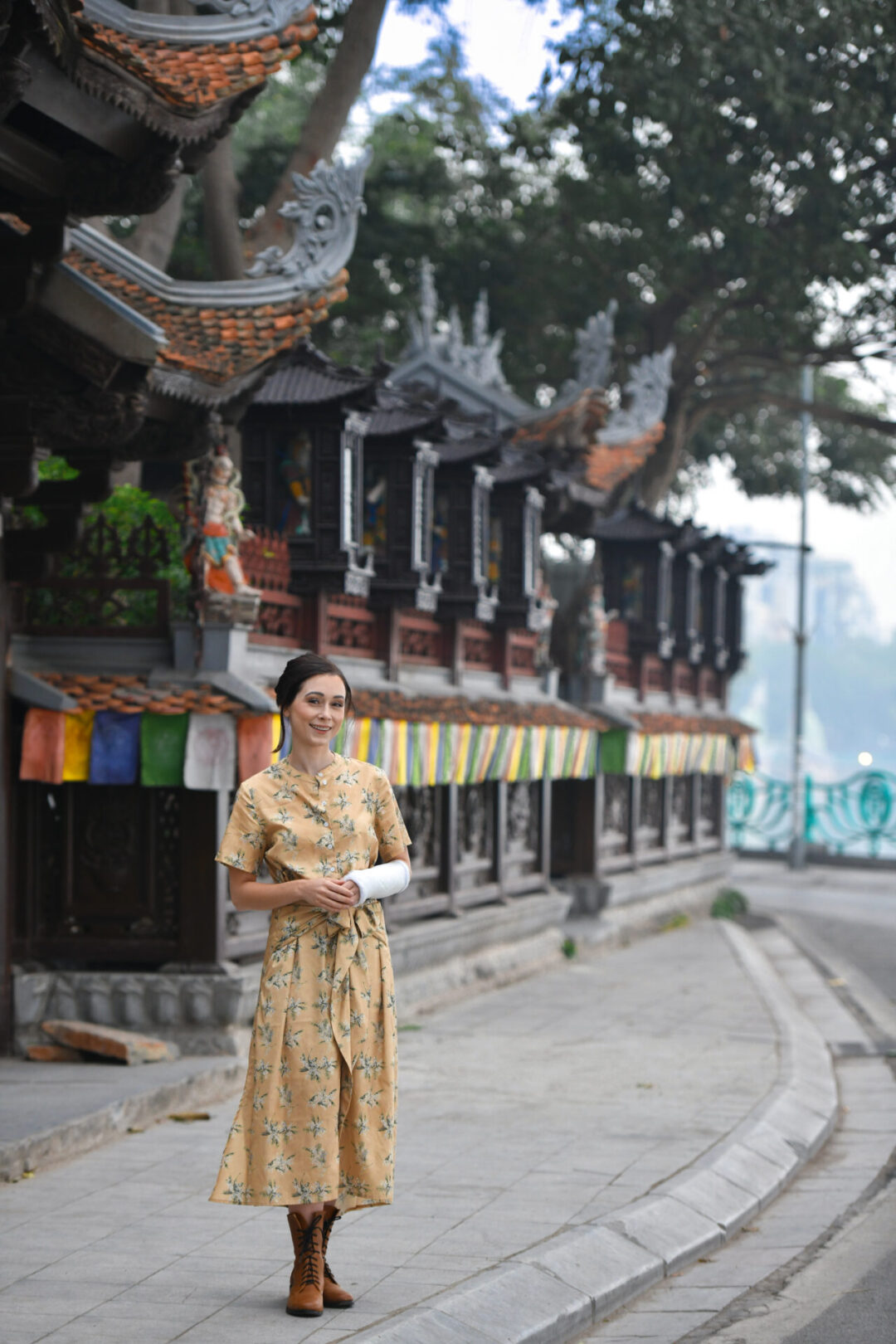
Time of Year
For maximum comfortability, the best time to visit Hanoi is during the Fall (October – November) or Spring (February – April). The temperatures are not as hot or humid so exploring tourist sites and dining out is quite enjoyable! These times of year are definitely considered Hanoi’s peak travel seasons, however, so be aware you may be fighting more crowds than usual.
If you don’t mind the cooler weather, Winter (December – February) can also be an enjoyable time to visit Hanoi. I visited during January and had a wonderful visit without the hassle of large crowds! Tết, Vietnamese Lunar New Year, also takes place during the Winter months and is a great time to explore the city and celebrate.
If there’s one time of year I recommend not visiting, it would be Summer (May – August). Not only is it Hanoi’s most hot and humid season, but it is also the season with the most rainfall, which could affect your travel plans.
Trip Length
Hanoi is a large city, but many of its tourist sites are quite central and limited to a few distinct city quarters! I spent 4 non-consecutive days in Hanoi and can now safely recommend giving yourself a full 3 days to catch Hanoi’s highlights, not including any day trips.
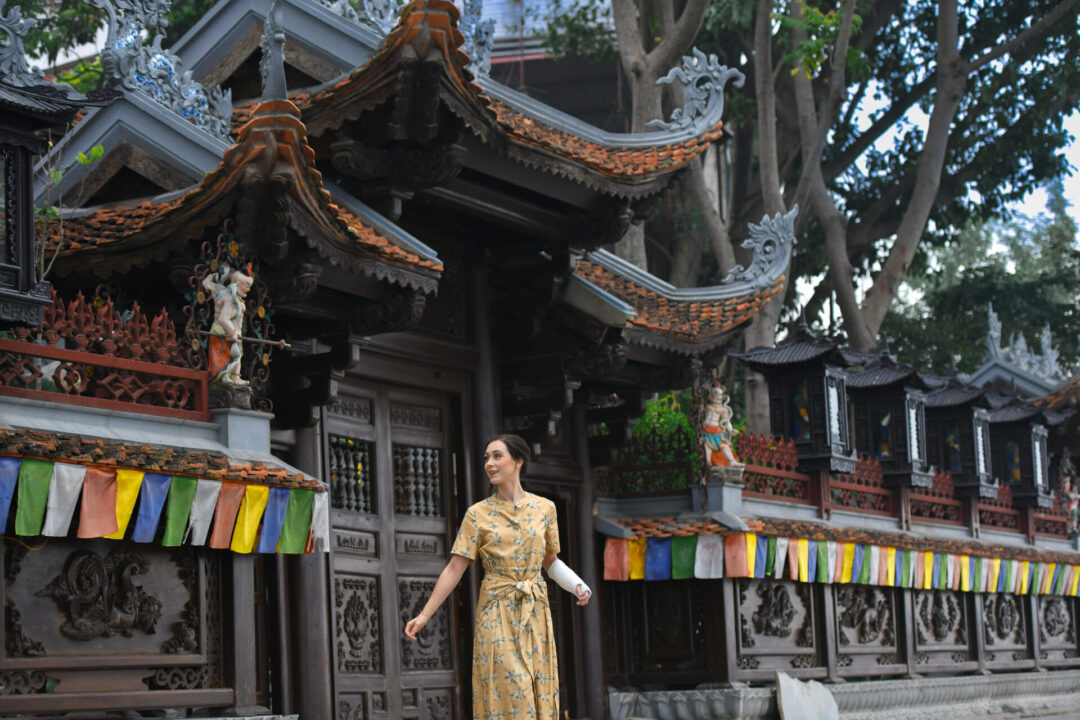
Transportation
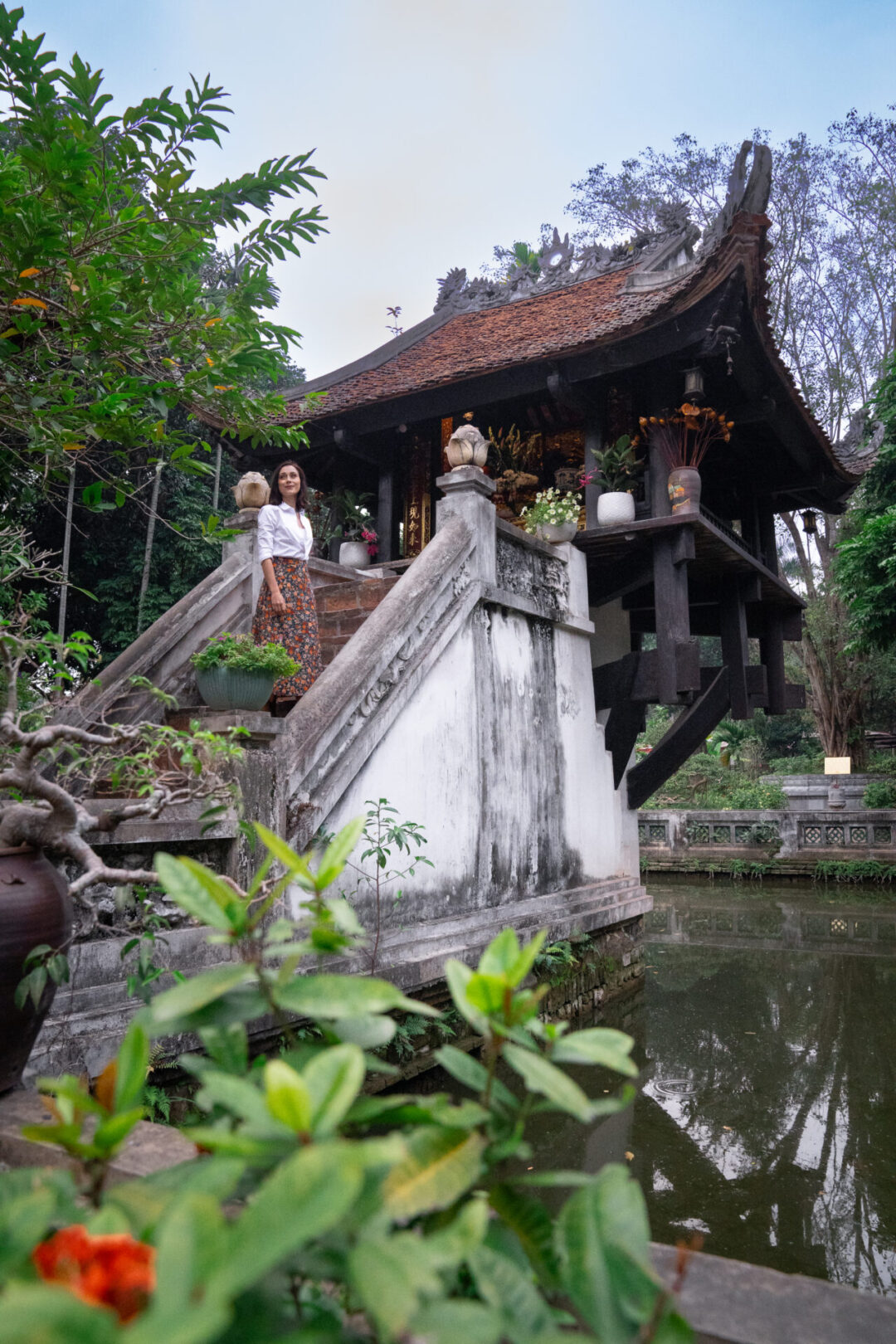
How To Get Around
Although it’s a large city, Hanoi is still fairly walkable for tourists, with most of its main sights confined to a few key neighborhoods: the Old Quarter, the French Quarter and Ba Dinh District.
Though, chances are you’ll need some type of car or motorbike to help you navigate to and between these neighborhoods. You can certainly rent one at the airport, but if you’re anything like me and want to avoid navigating Hanoi’s chaotic traffic, Grab, Southeast Asia’s premiere ride sharing app, is a fast and inexpensive transportation alternative. I used Grab extensively while traveling with a broken wrist, both in Hanoi and throughout Vietnam, and never once felt unsafe. Similar to the ride sharing apps back home, I loved that the Grab app showed me my ride costs before booking so I didn’t have to negotiate and that the driver’s name and license plate were made available before pick-up.
If you’re taking a day trip outside the city, I recommend booking a tour through a local guide (Bach with Bee Travel is amazing!). Not only is it a hassle-free way to explore, but you’ll learn so much more about the locations you’re visiting and may even be shown a few secret local spots! Rental cars or motorbikes are also still a great option for getting outside the city. Just secure a valid international driver’s permit before leaving for Vietnam.
How To Get There
If you’re traveling to Hanoi from outside Vietnam, chances are you’ll be flying into the Noi Bai International Airport.
Direct flights from most major airports throughout Asia and to cities like London, Sydney and Dubai are possible. However, at time of writing, if you’re traveling from the U.S., you must take a connecting or transit flight with one or two layovers, depending on your airline’s routing options. From there, a 40 minute car transfer, ride share (Grab), or bus can take you to the city center.
If you’re already in Vietnam, you can also choose to travel to Hanoi by train or bus. While I’ve personally not traveled this way, I’ve been told that Vietnam’s air-conditioned trains in particular are very tourist-friendly, relatively safe and convenient. Just be sure to book your ticket at least one day in advance with Vietnam Railways to select your desired berth.
Bus options and prices are provider-dependent, but if you’re visiting multiple cities in Vietnam, a hop-on/hop-off bus may offer you the most flexibility and cost-effective travel experience.
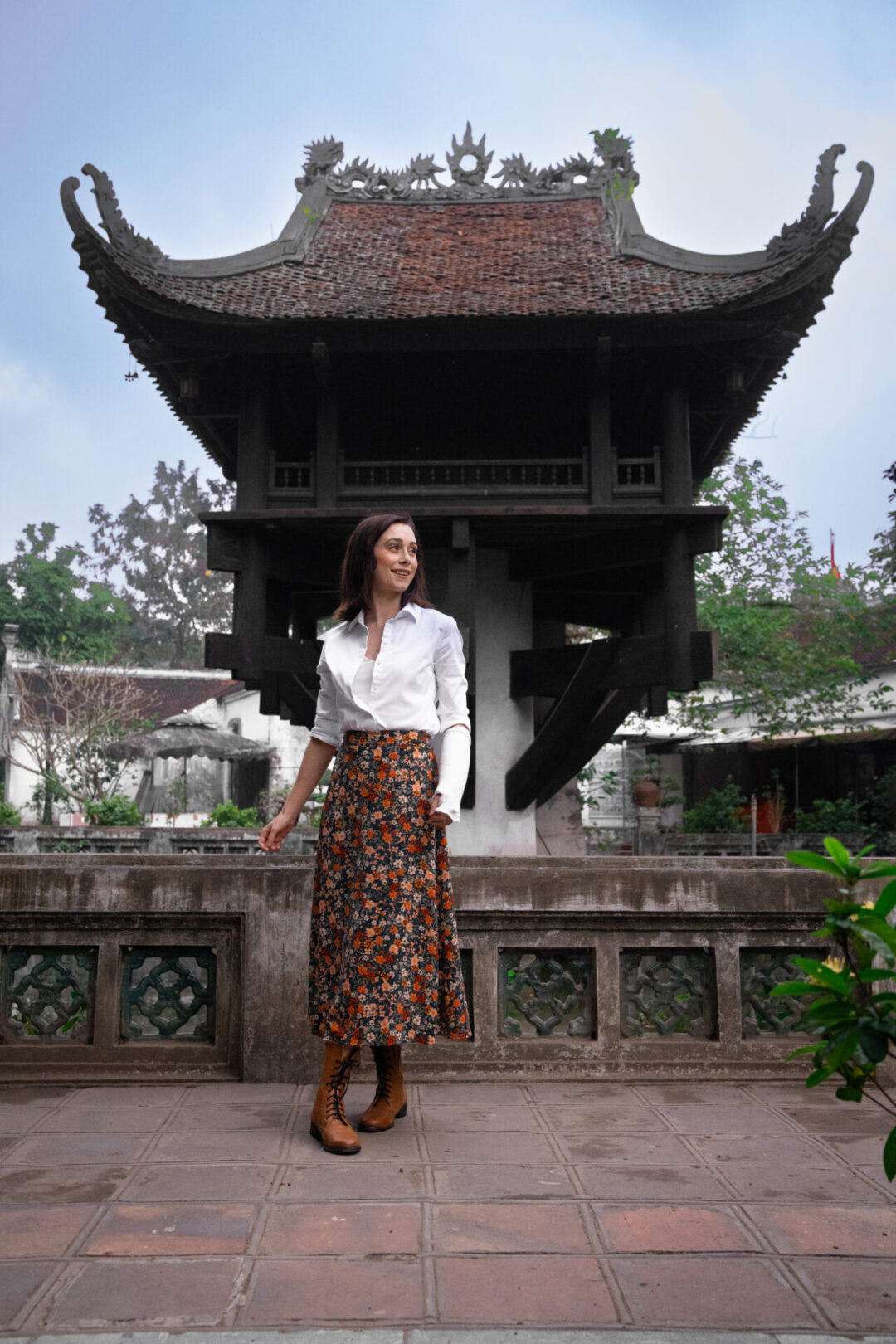
Accommodations
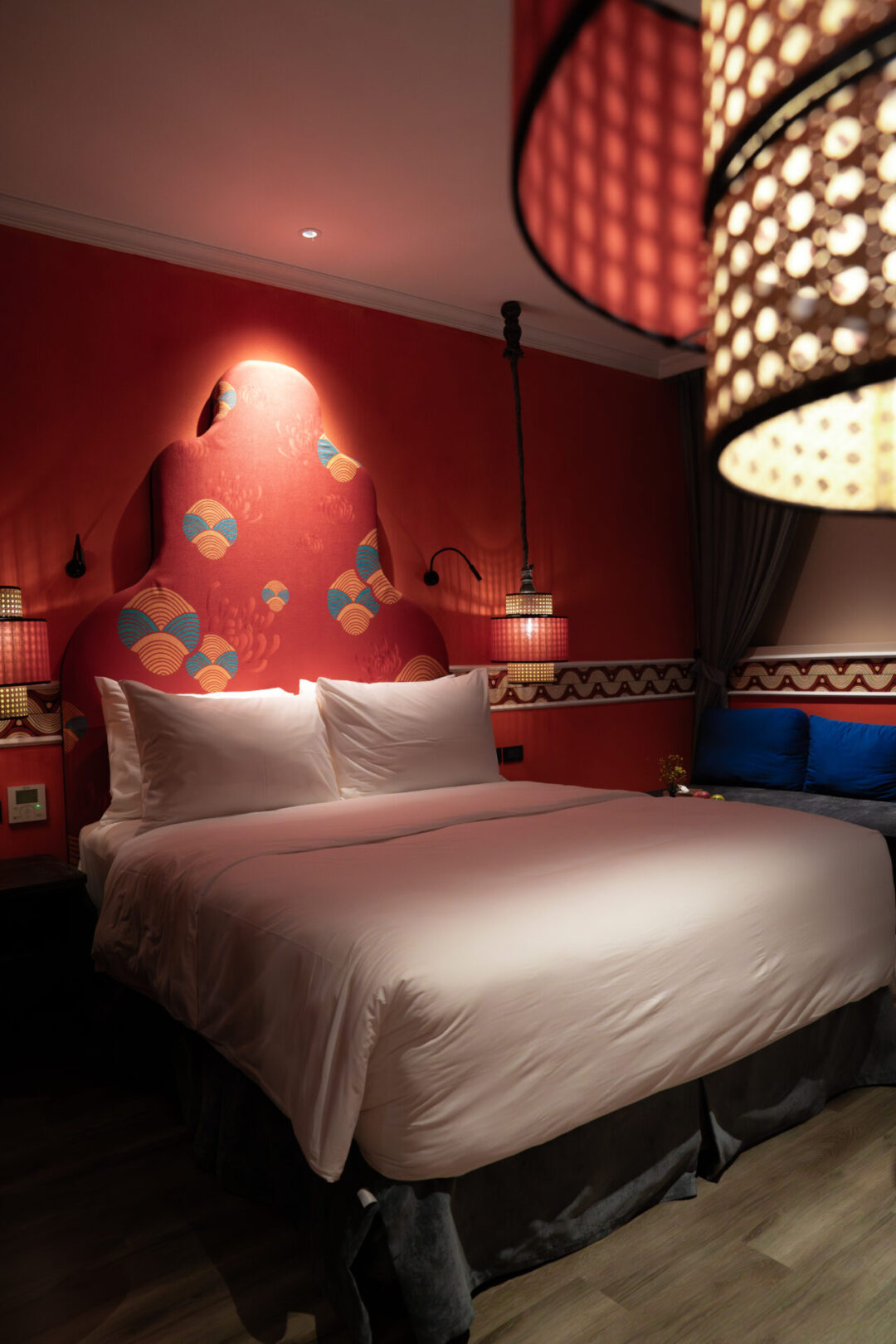
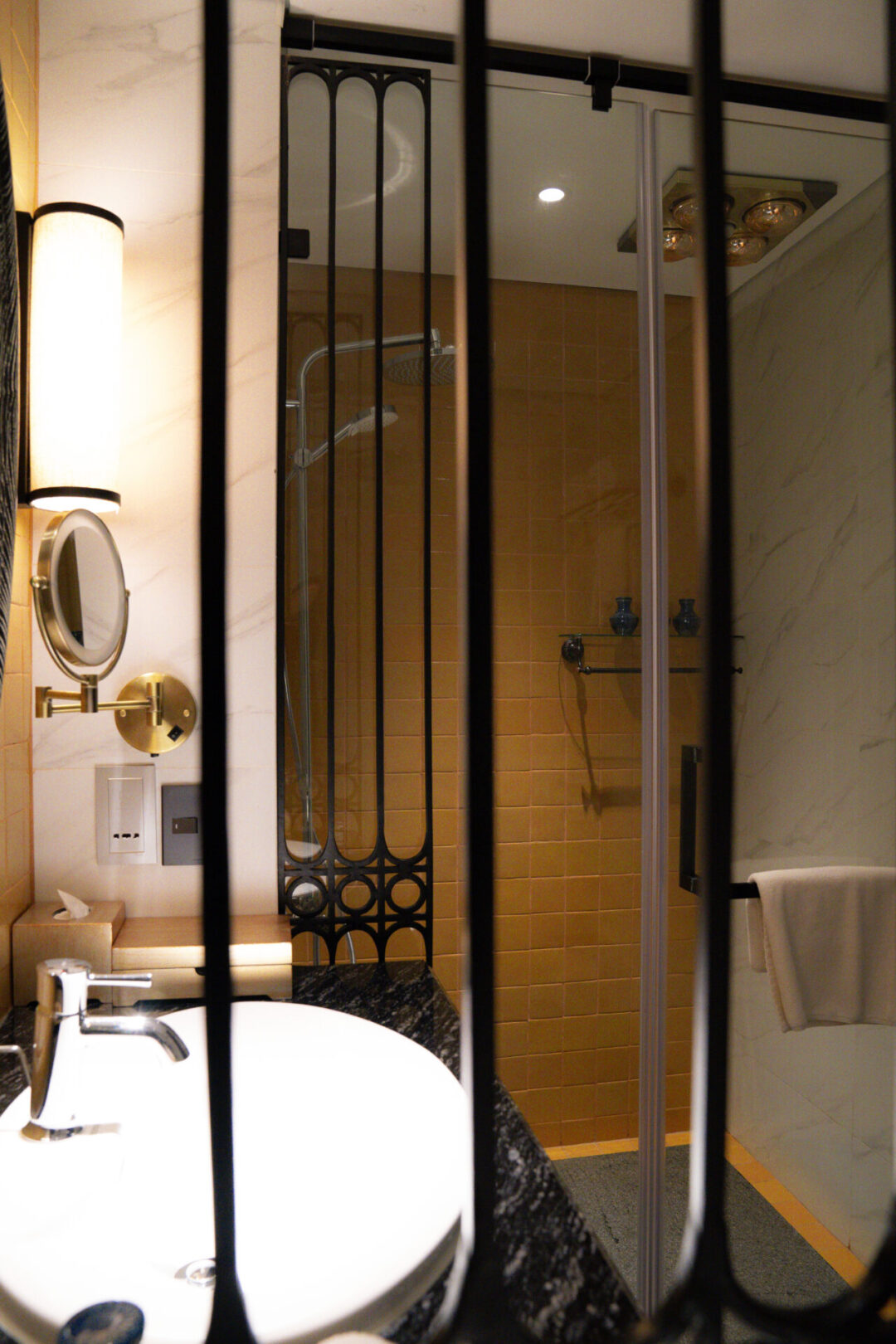
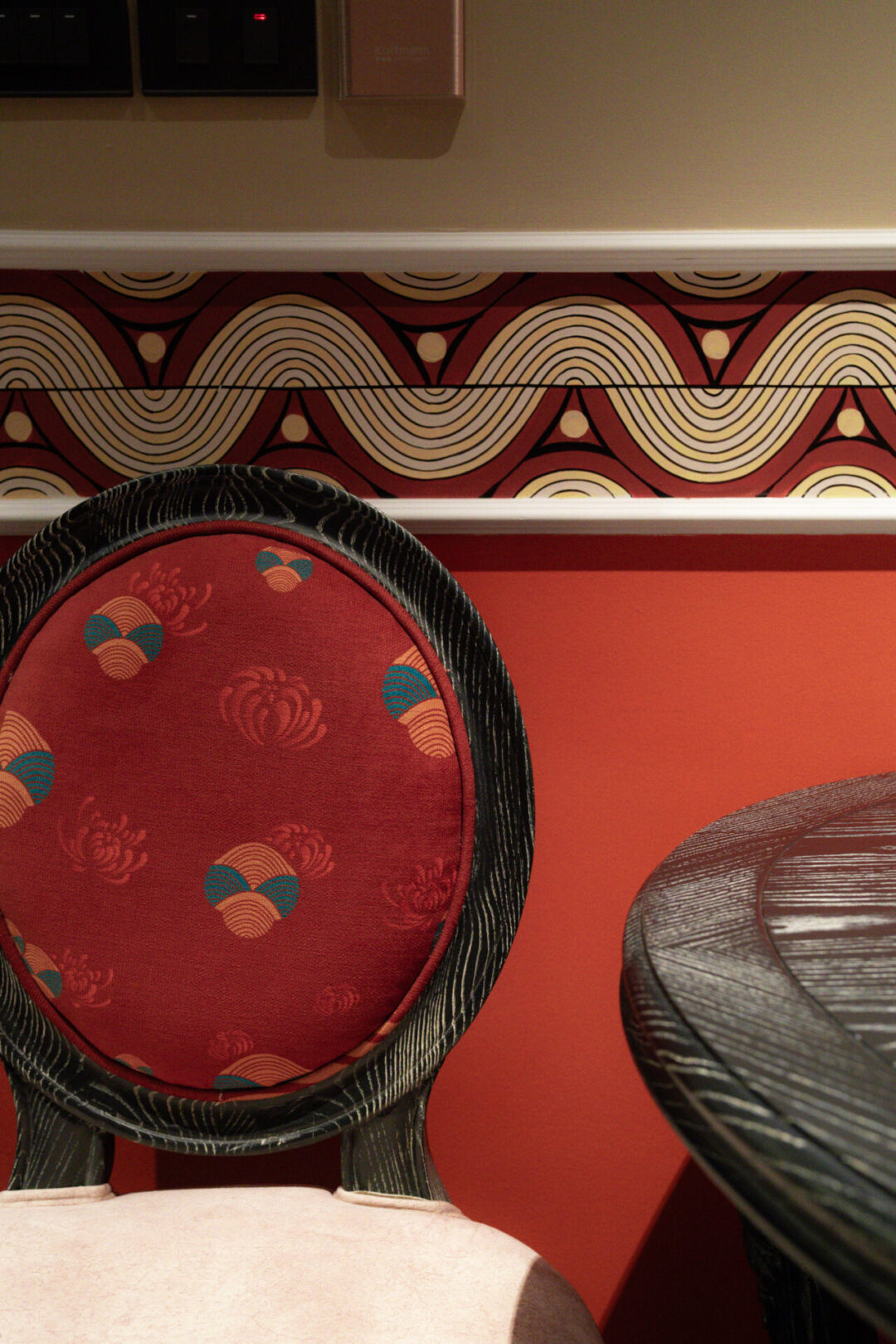
Neighborhoods
For your first time in Hanoi, I recommend staying in the Old Quarter or French Quarter. Home to most of the city’s tourist attractions, these areas are extremely walkable and have some incredible history.
If you’ve been to Hanoi before or are looking for an accommodation a bit off the beaten path, West Lake, an expat-friendly area and Cau Giay, the city’s business district, are also good areas to look into.
I’ve personally stayed in both the Old Quarter at La Passion Hanoi and Cau Giay at Smarana Hotel Heritage and loved my visits!
Old Quarter Hotels
Meritel Hanoi – $$
La Passion Hanoi – $
Golden Rooster – $
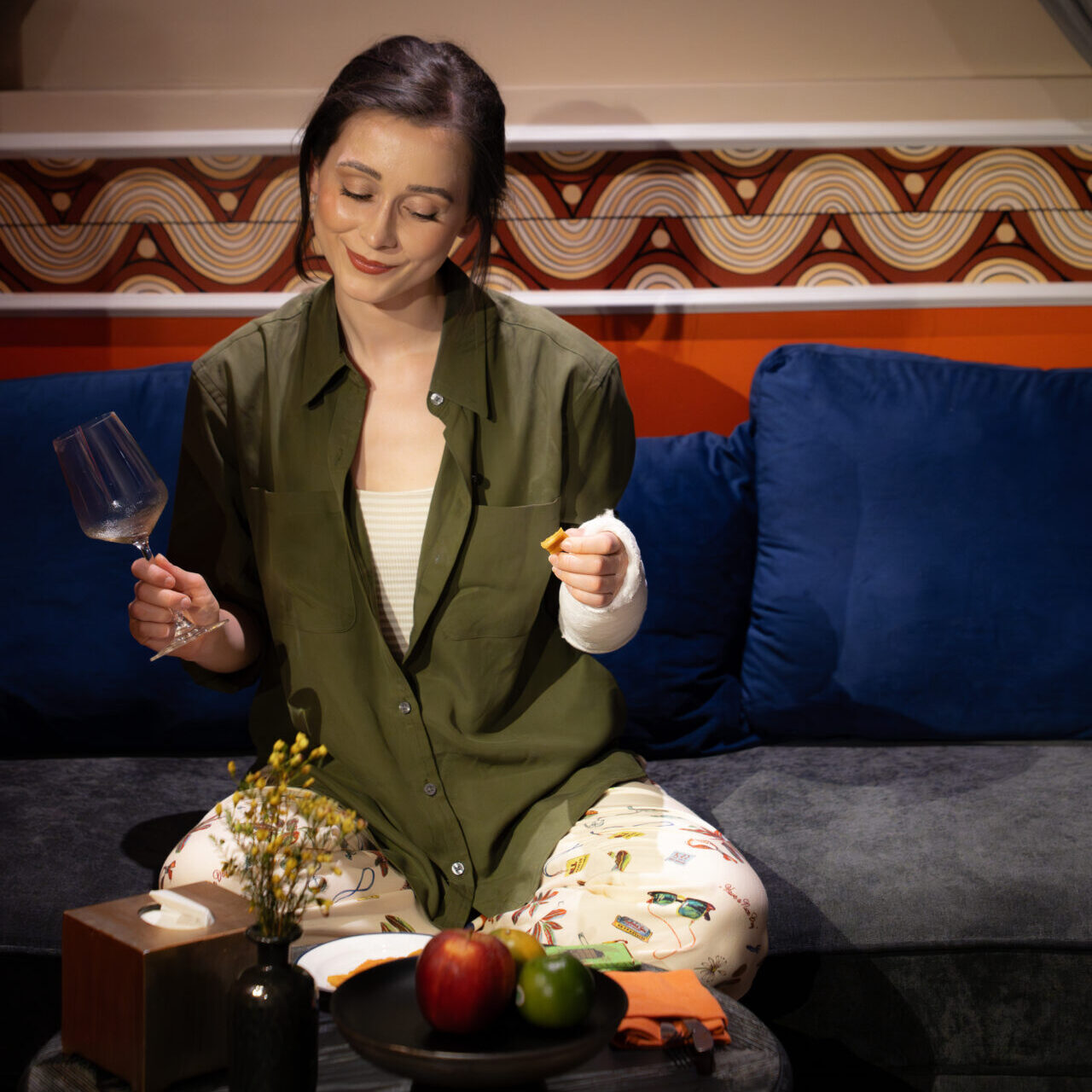
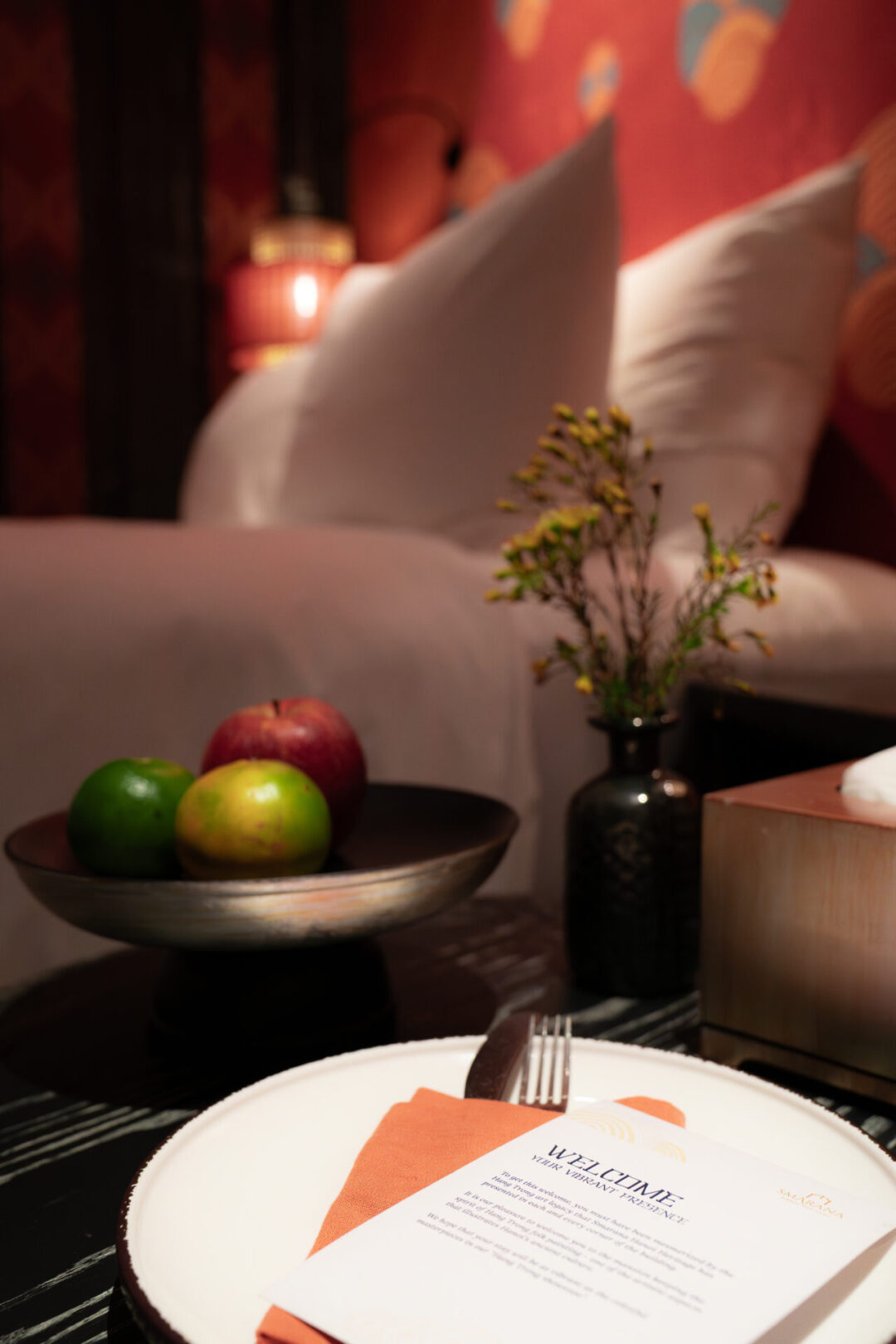
French Quarter Hotels
Capella Hanoi – $$$$$
Sofitel Legend Metropole Hanoi – $$$$
Additional Hotels
Safety
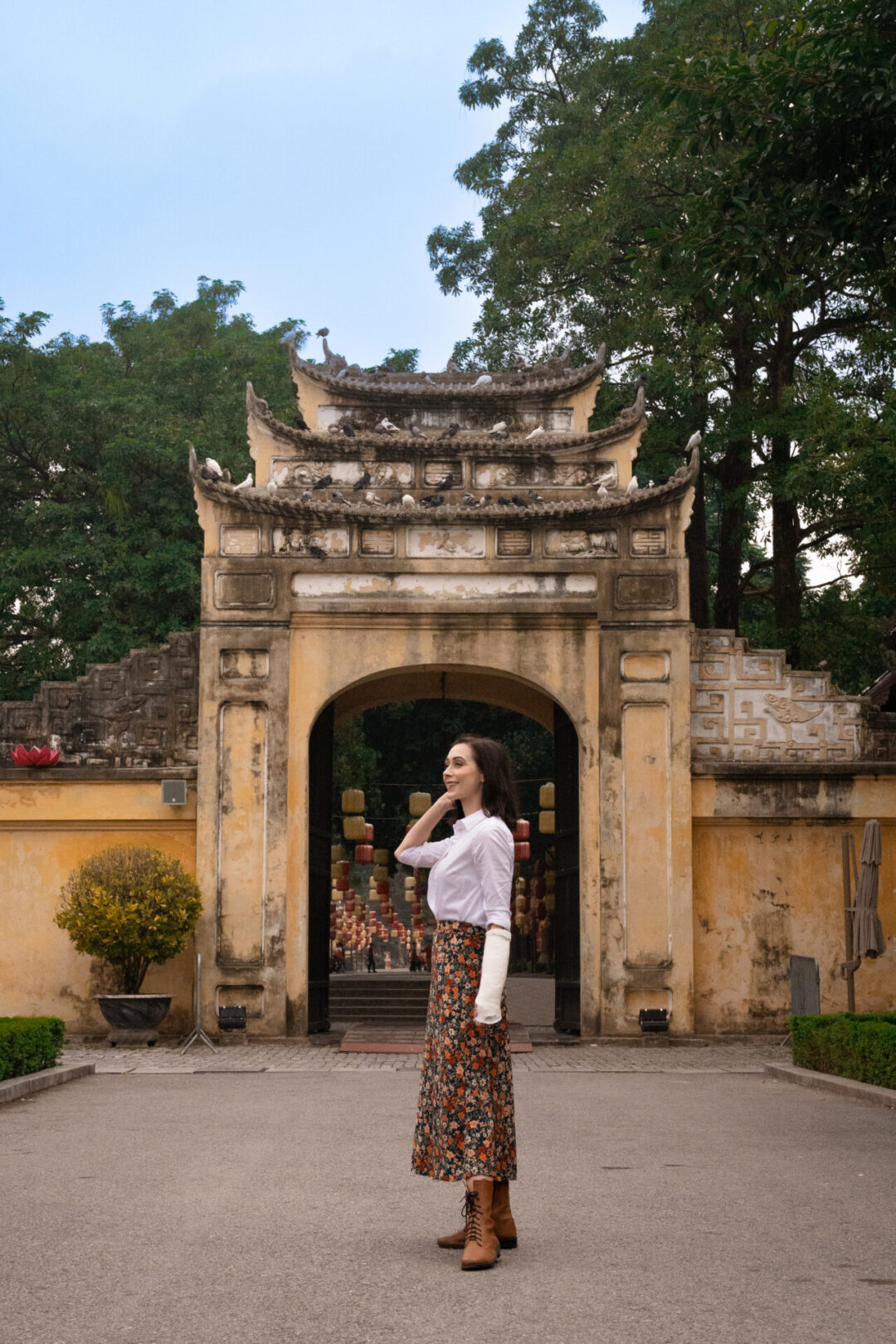
Crime
Hanoi is generally considered a safer city to visit for tourists. That said, it’s still important to exercise normal safety precautions during your city adventures.
Pickpocketing and bag snatching – especially via drive-by motorbike snatchings – are common. Make sure to avoid extending your phone or camera out while along busy streets and corners.
When riding a motorcycle, keep your bags in the seat compartment or hooked in front of the bike, rather than carrying them around your shoulder or in a basket. And as always, remember to keep valuables out of sight or at home.
Natural Disasters
Vietnam experiences its typhoon season every year from around June to November. During this time, flash-flooding, landslides and storms are quite common, even in urban areas like Hanoi. If you’re traveling during this time, stay alert when there are active landslide warnings, monitor the news for updates and try to avoid areas that are prone to landslides.
Food + Water Safety and Illnesses
The main health risks for tourists in Hanoi include food and waterborne illnesses. To minimize these risks, drink bottled or boiled water, and avoid ice in drinks. Be cautious with street food and avoid eating raw or undercooked meat or seafood, uncooked vegetables, and raw fruits that you don’t peel yourself.
Additionally, staying up-to-date with vaccinations and and carrying necessary medications can protect your health while abroad. A few additional vaccines to consider before traveling to Hanoi include including the Typhoid and Japanese Encephalitis vaccines. And while less of a risk in Hanoi than in more remote areas, bring insect repellent to guard against mosquitos!
Travel Insurance
I recommend getting travel insurance for any and every trip, just be sure to review coverage details carefully before purchasing to confirm it meets your needs. For Hanoi, coverage options you may want to consider include medical emergencies, rental cars and scooters, train accidents (see train street), trip cancellations, lost luggage and potential theft.
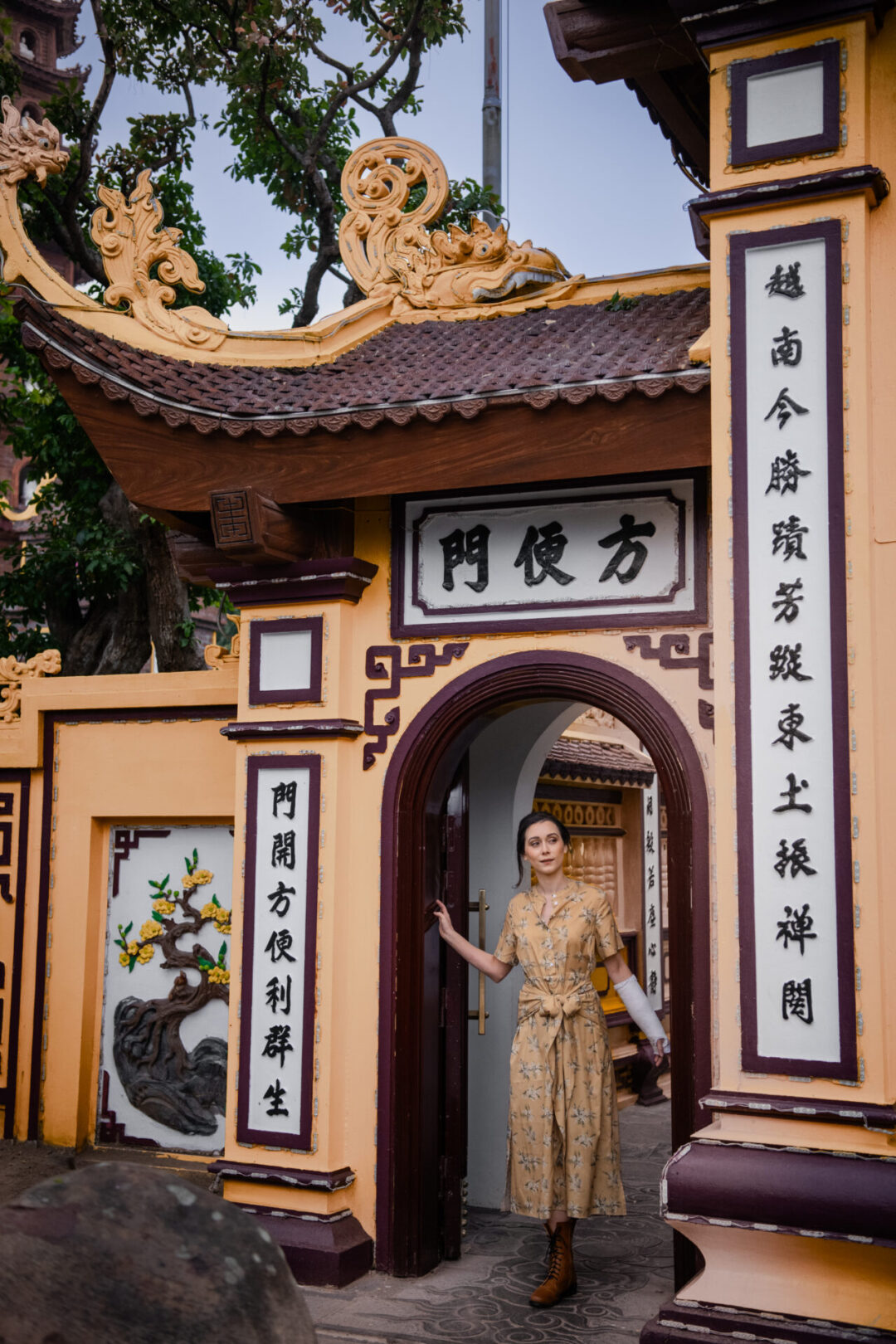
Language and Communication
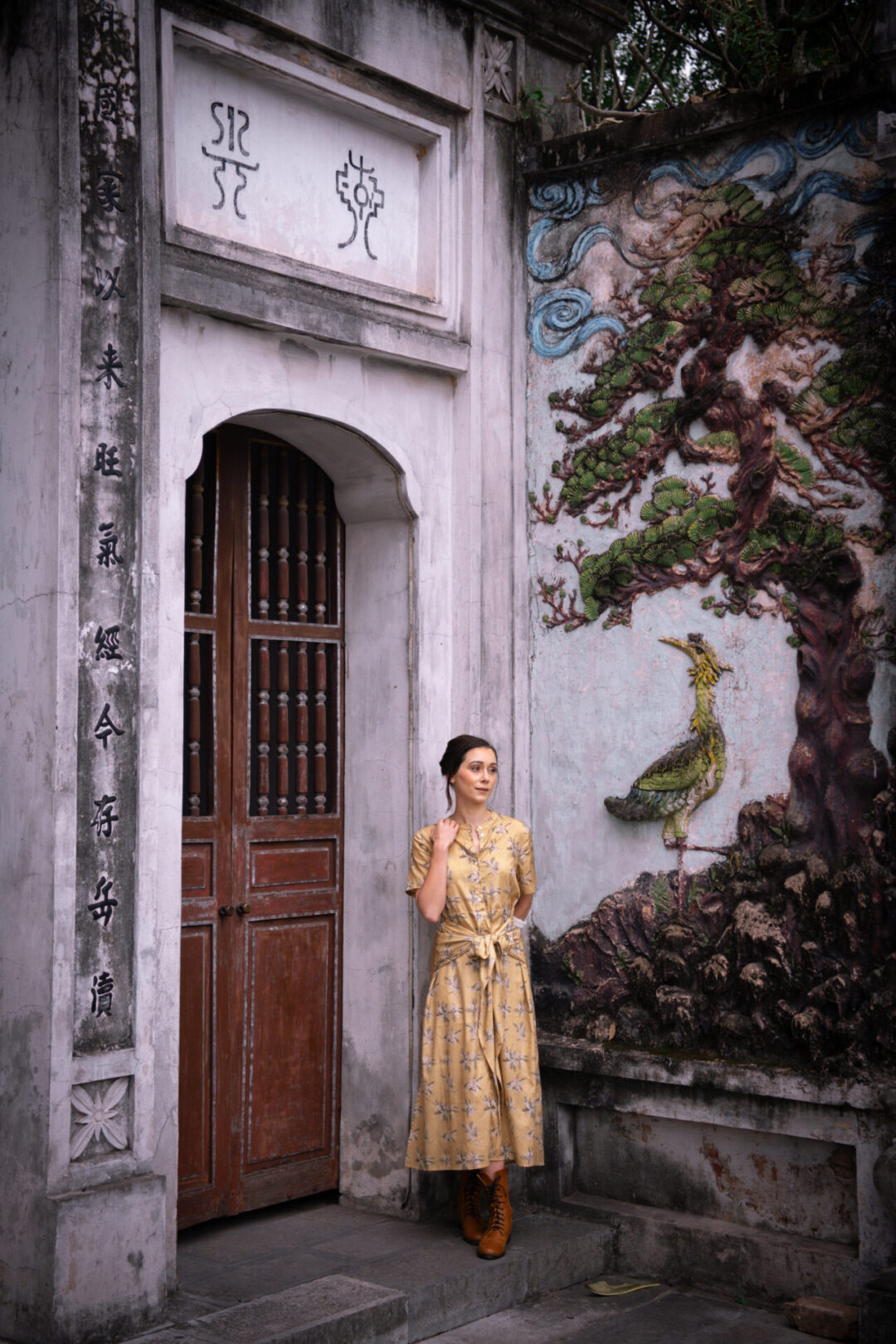
Official Language
The official and singular language spoken throughout Vietnam is Vietnamese. With six different tones and three regional dialects, Vietnamese is a difficult language for non-native speakers to master and so English, French, Chinese are also increasingly spoken as second languages. Below are a few key words and phrases in (phoenetical) Vietnamese to know before your trip to Hanoi:
Introductions and Greetings
- Hello: Xin Chào (Sin chaw-oh)
- My name is…:Tên tôi là (Ten toy la)
- What’s Your Name?: Bạn tên là gì (Bahn tenh la zee)
- How are you?: Bạn khỏe không (Bahn hkoo-way hkong)
- Goodbye: Tạm Biệt (Taam byeet)
Basic Travel Phrases
- Please: Vui Lòng (Voo laow)
- Thank you: Cảm Ơn (Gam-um)
- Sorry/Excuse Me (To squeeze past someone): Xin Lỗi (Sin loy)
- Excuse Me (To get someone’s attention): Em Ơi (Em oy)
- Help: Giúp tôi! (Zoop toy)
- Yes: Da (Yah)
- No: Không (Comb)
- Do you speak English?: Bạn có nói tiếng anh không (Bahn co-noy tienc an-hkong)
- I don’t understand: Tôi không hiểu (Toy kong hew)
Directions
- Turn right: Rẽ phải (Ray-uh fy)
- Turn left: Rẽ trái / Rẽ phải (ray-uh try)
- Where is the bathroom?: Nhà vệ sinh ở đâu? (Nah vey sin uh dow)
Ordering and Shopping
- I would like to order ___ please: Tôi muốn ___, vui lòng (Toy moo-un ___, voo-y lawng)
- How much does this cost?: Cái này giá bao nhiêu? (Kai nay zah bow nee-yuh)
- The bill: Tính tiền (Tdin tee-en)
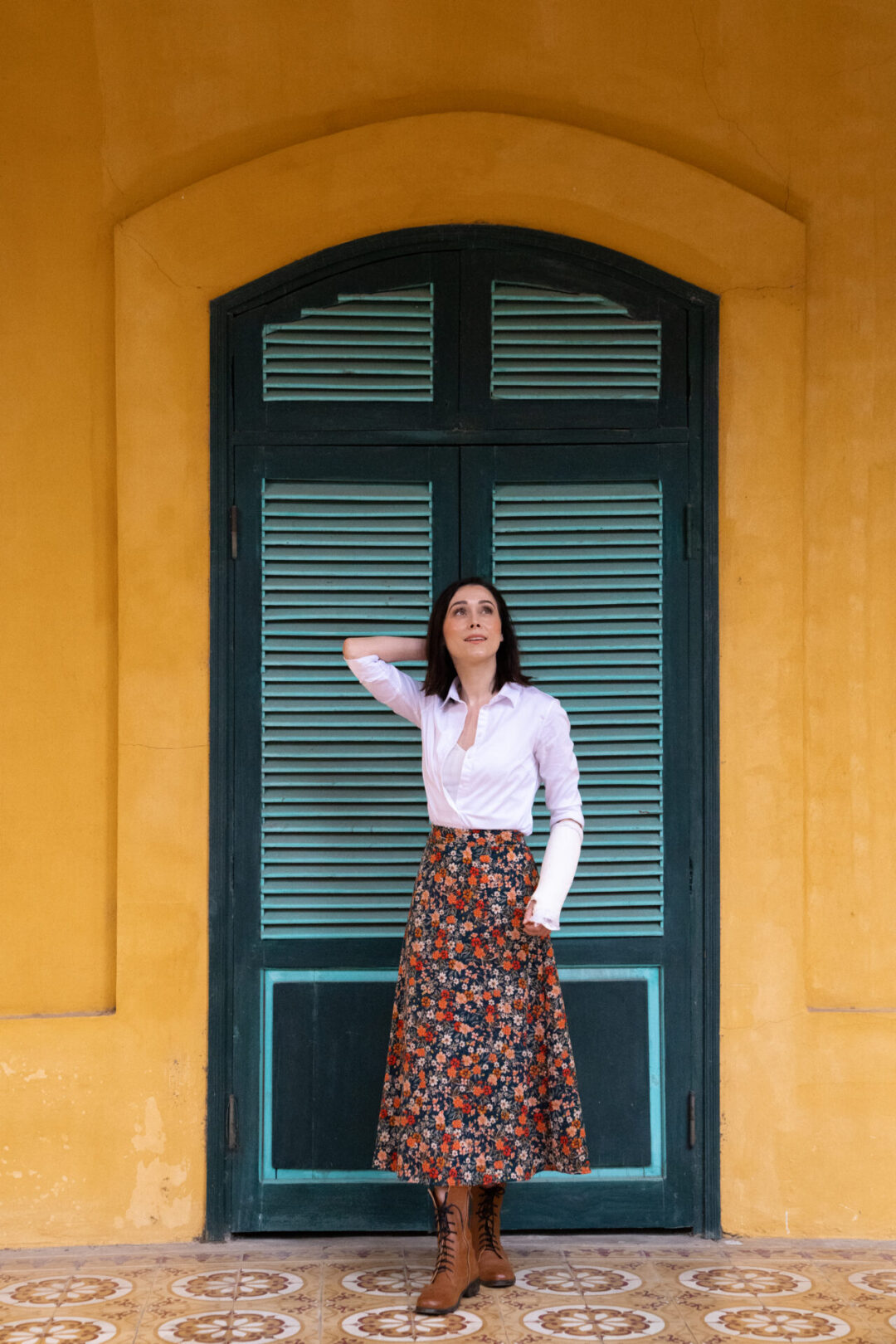
Sights
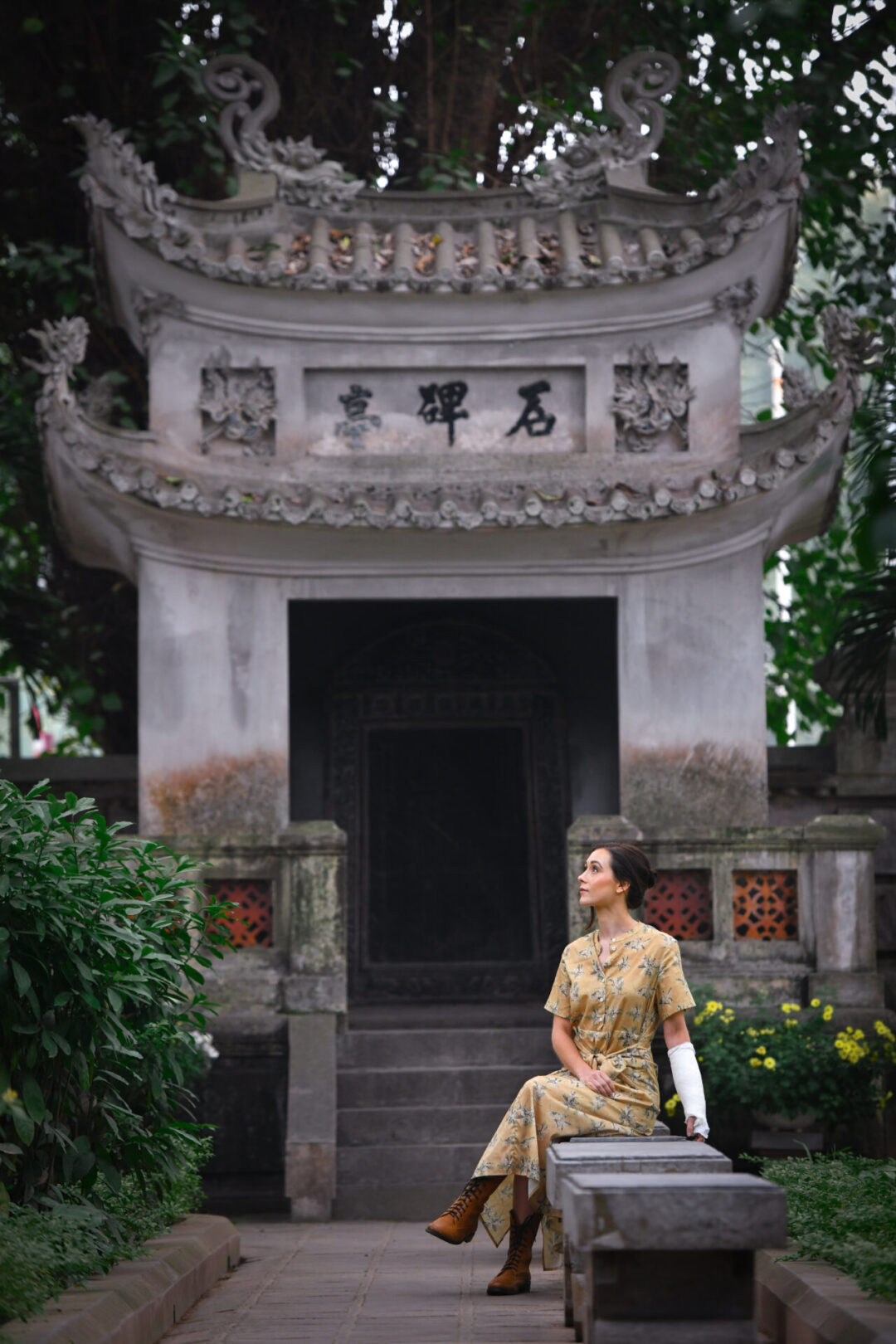
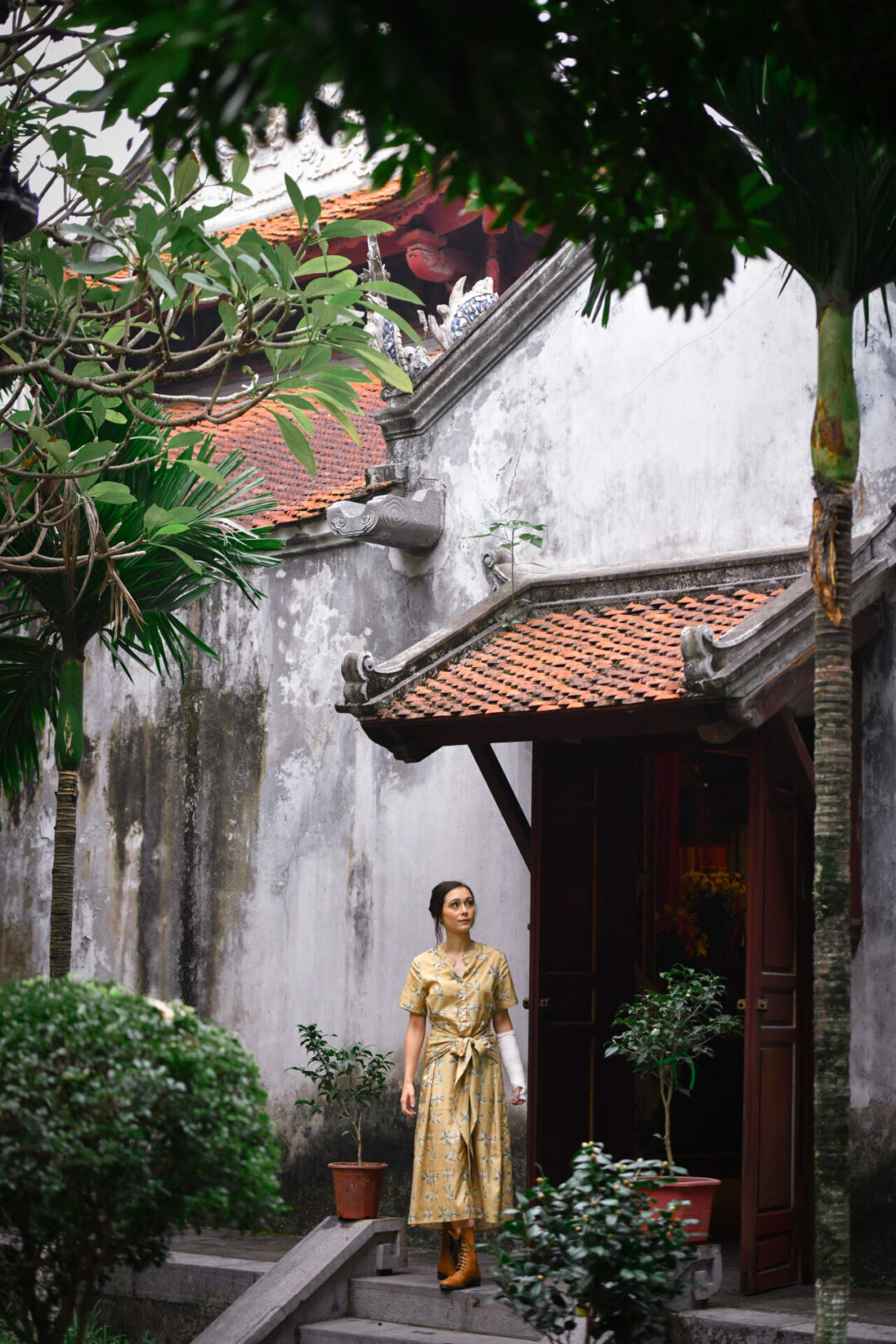
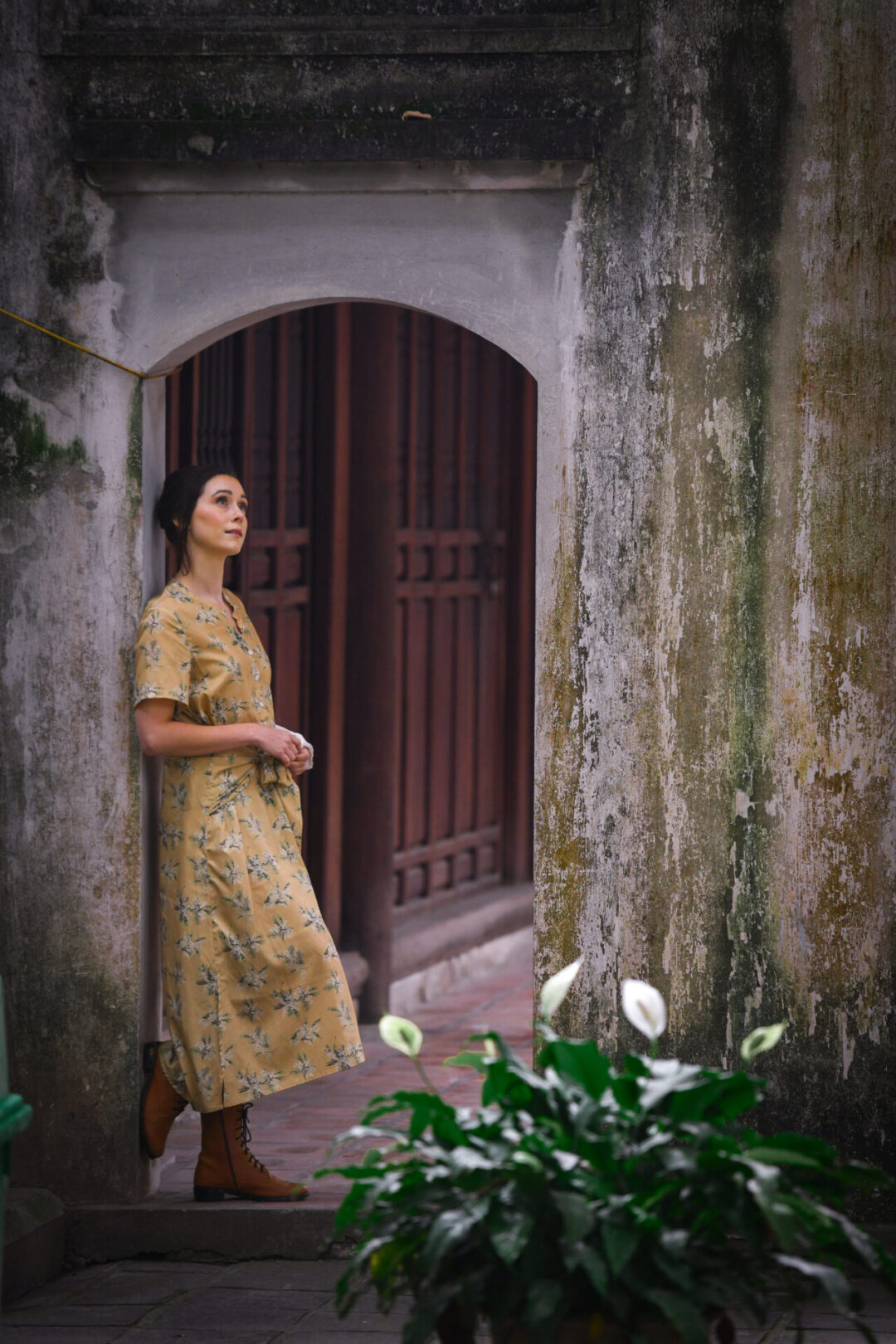
Quan Thanh Pagoda
Nestled by Hanoi’s scenic West Lake, Quan Thanh Pagoda is a historic temple established during the reign of Emperor Ly Thai To in the 11th century. This temple worships both Taoism and Buddhism and is dedicated to Tran Vu, the deity of the North. Quan Thanht features intricate wood, stone and marble carvings, throughout, as well as a famous bronze statue of Tran Vu.
Perhaps the most picturesque aspect of the temple, however, and one I recommend paying particular attention to, is its large entrance gate. Not only is the gate itself an impressive piece of Vietnamese architecture, but it also displays a few traditionally symbolic animals in the form of colorful wall reliefs.
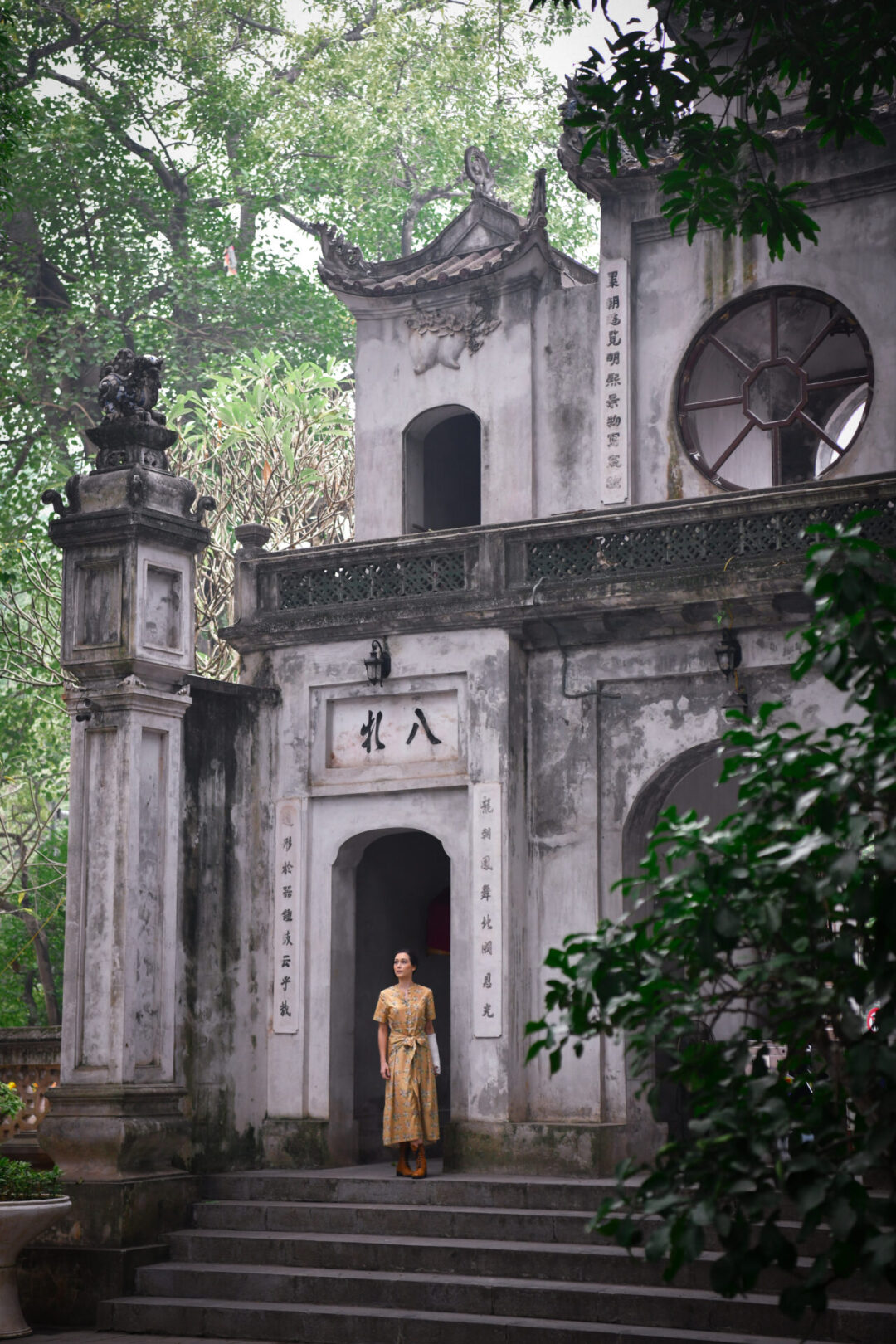
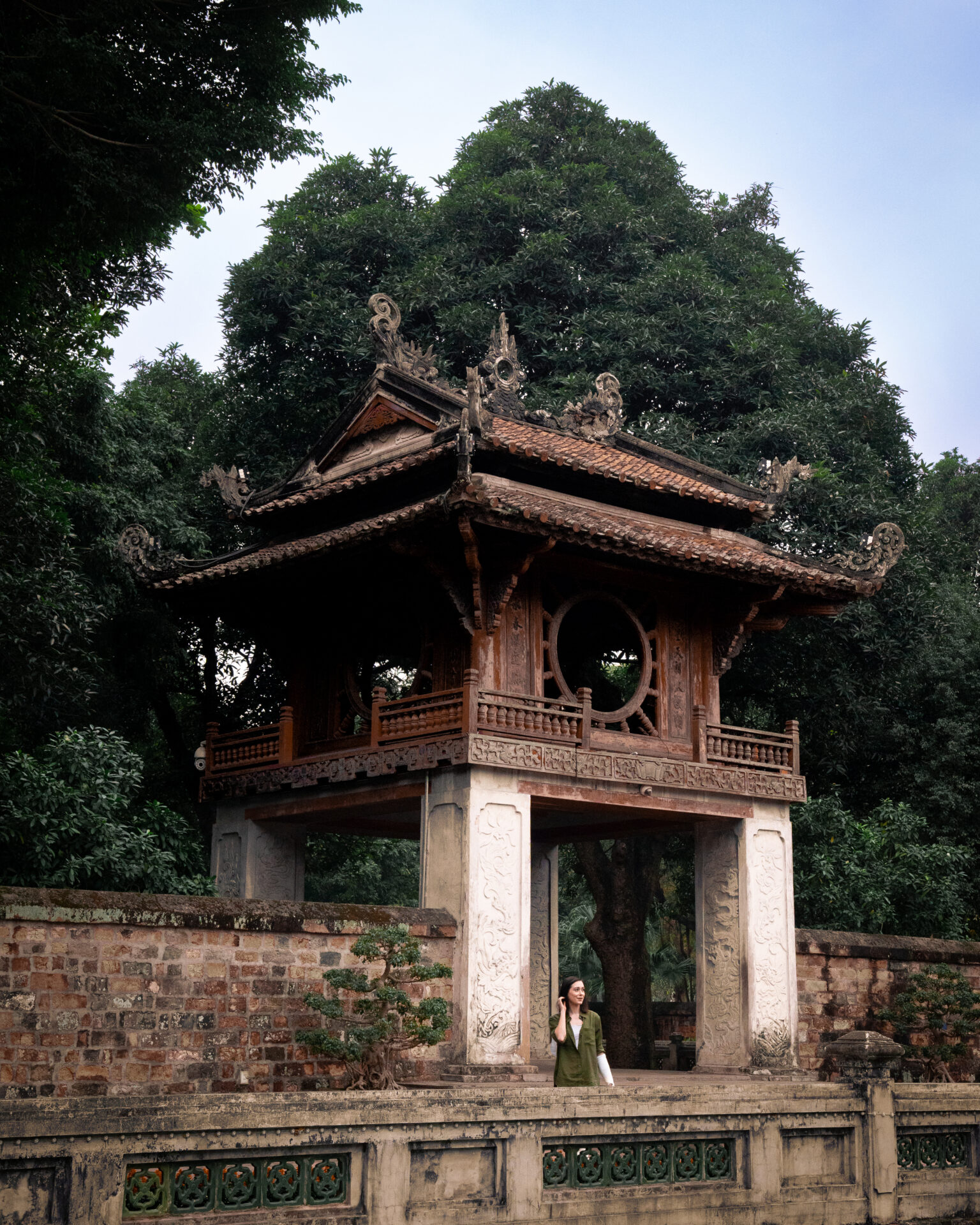
Temple of Literature
The Temple of Literature is a popular temple whose main function is for studying as opposed to religious practice. Dedicated to Confucius, it was established in 1070 and served as Vietnam’s first national university. The temple complex features beautiful traditional Vietnamese architecture, lush gardens, and serene courtyards.
One of the most unique parts of this temple is the Stalae of Doctors. The Stalae of Doctors is an area that houses rows of stone slabs that commemorate the Temple’s former graduates and scholars. And at the base of each slab is a stylized turtle, a symbol of Hanoi. Perhaps my favorite aspect of this area is that it’s not uncommon for these turtles to have smoothed over heads as many locals believe that if you touch the turtles’ heads, you’ll receive good luck in school.
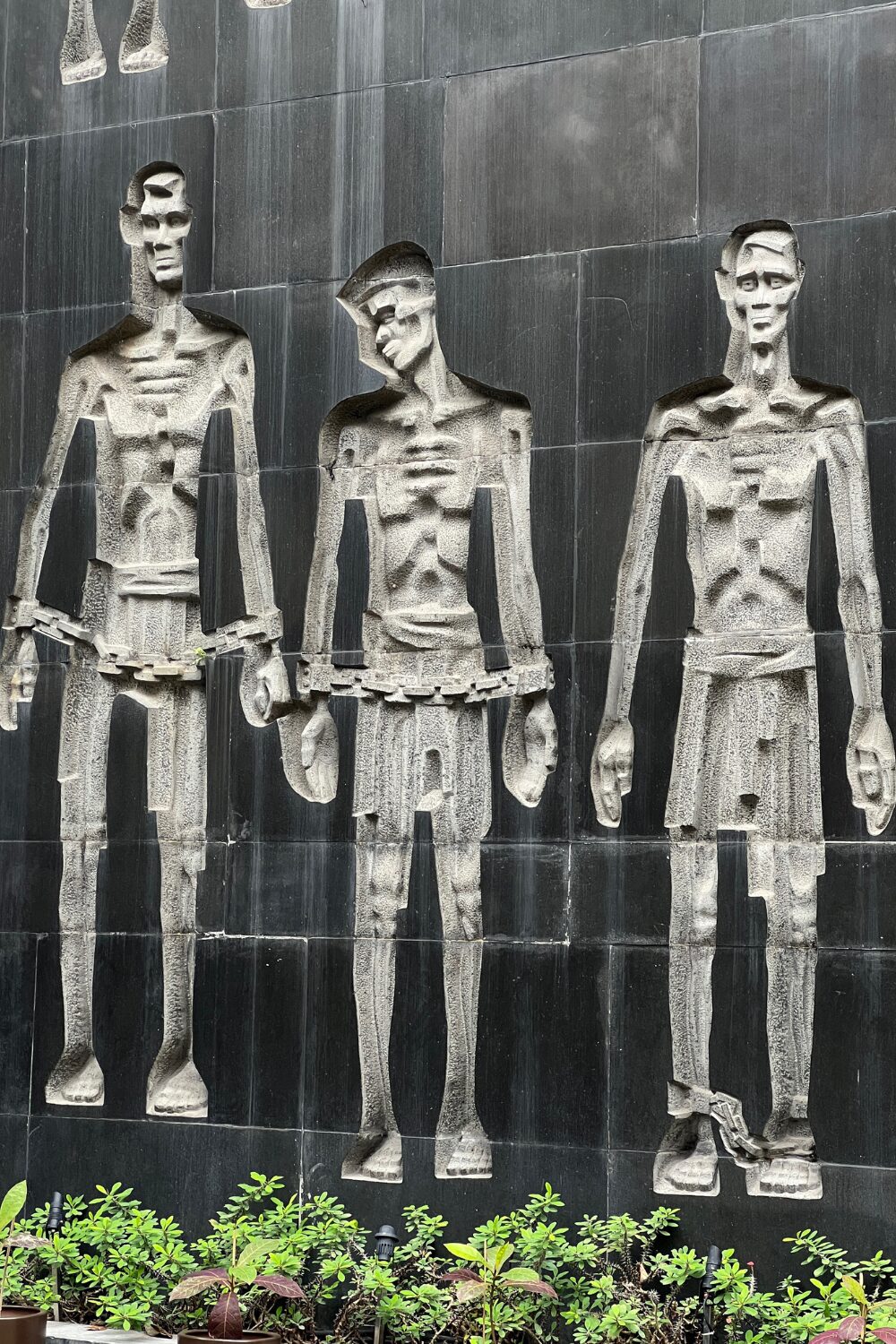
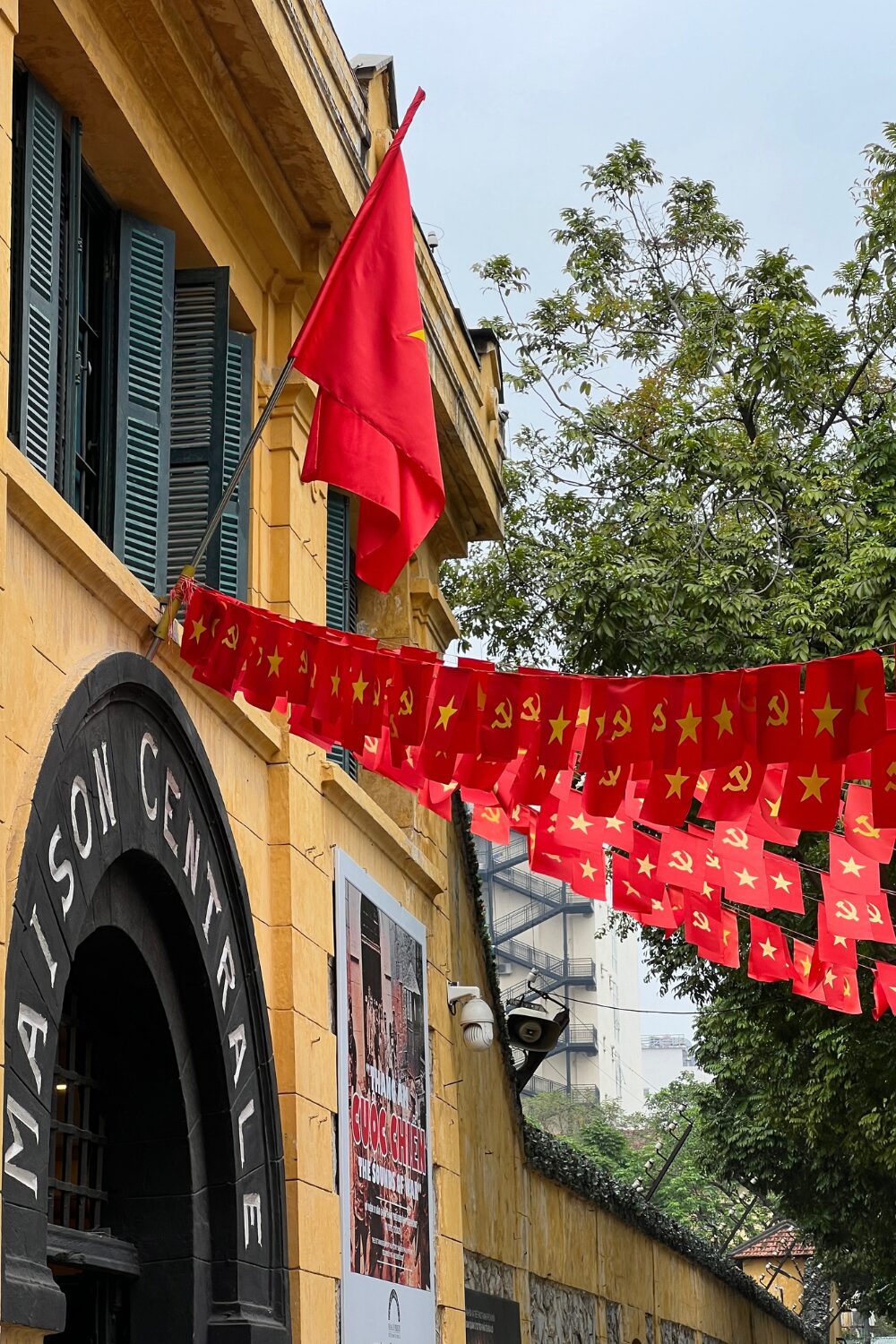
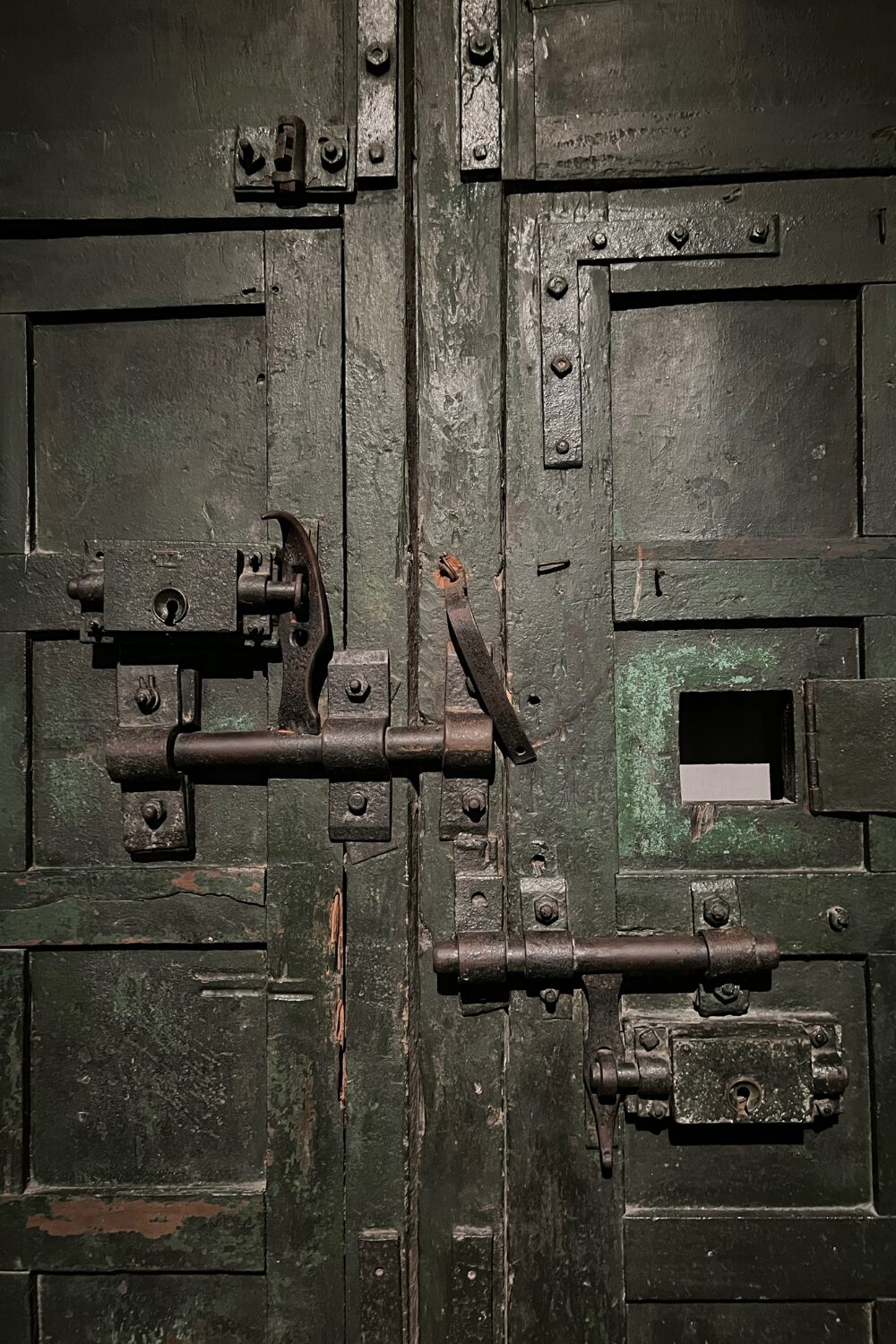
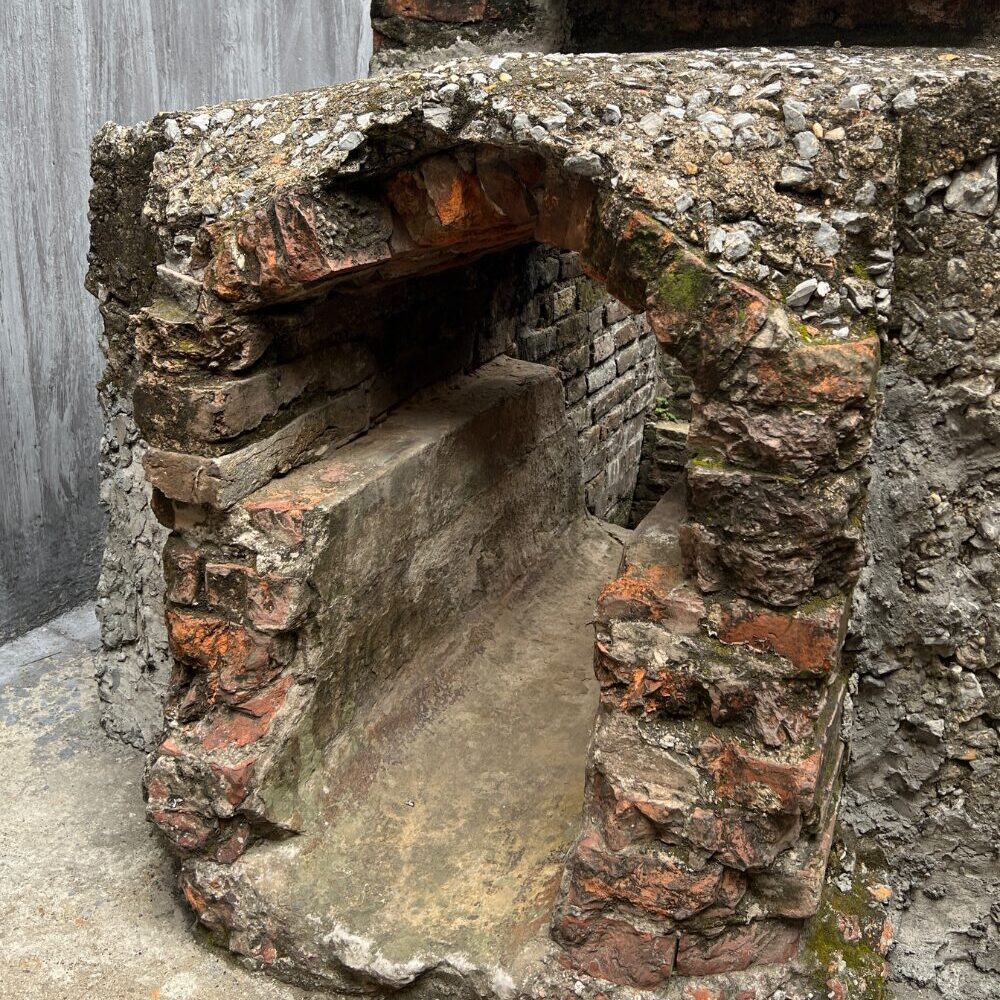
Hoa Lo Prison Relic
The Hoa Lo Prison Relic is a significant historical site that offers a detailed look into the country’s past. Originally constructed by the French in the late 19th century to detain Vietnamese political prisoners, it later housed American POWs during the Vietnam War, earning the nickname “Hanoi Hilton.” The prison museum now displays exhibits that recount the harrowing experiences of its inmates, showcasing the resilience and endurance of those who were confined within its walls.
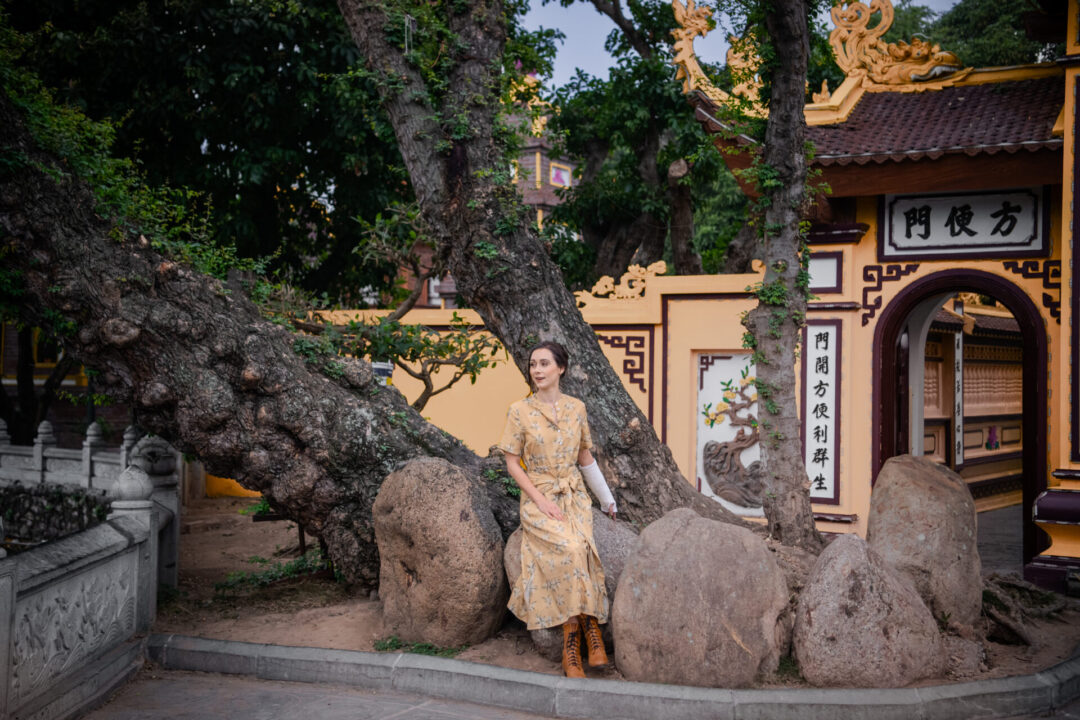
Tran Quoc Pagoda
Located on a small island in West Lake, Tran Quoc Pagoda, is one of Vietnam’s oldest and most revered Buddhist temples. Originally constructed in the 6th century, this pagoda is an architectural marvel, blending ancient design with a serene natural landscape. Its striking red stupa, yellow facade and tranquil surroundings make it a one of Hanoi’s most delightful temples and monuments.
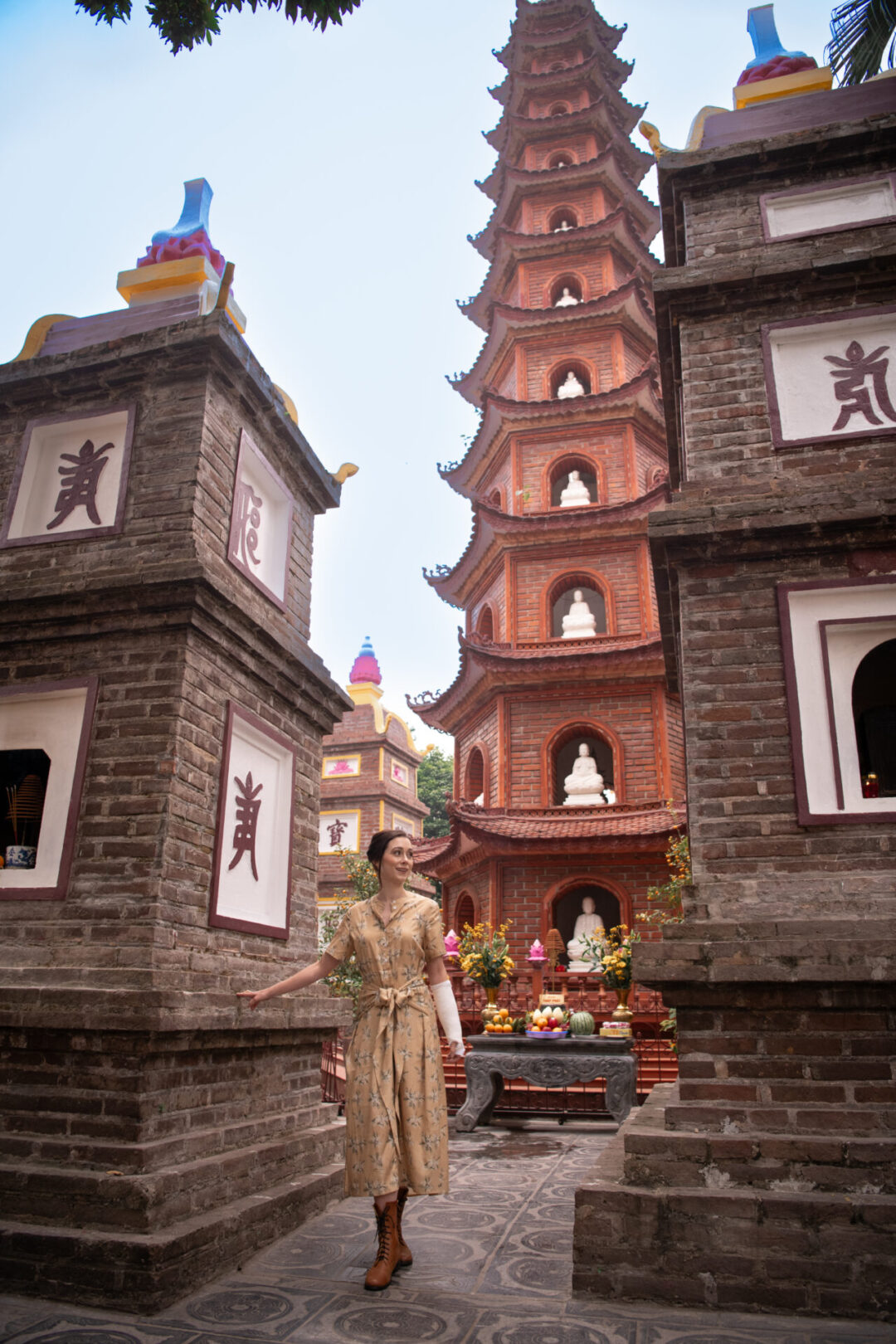
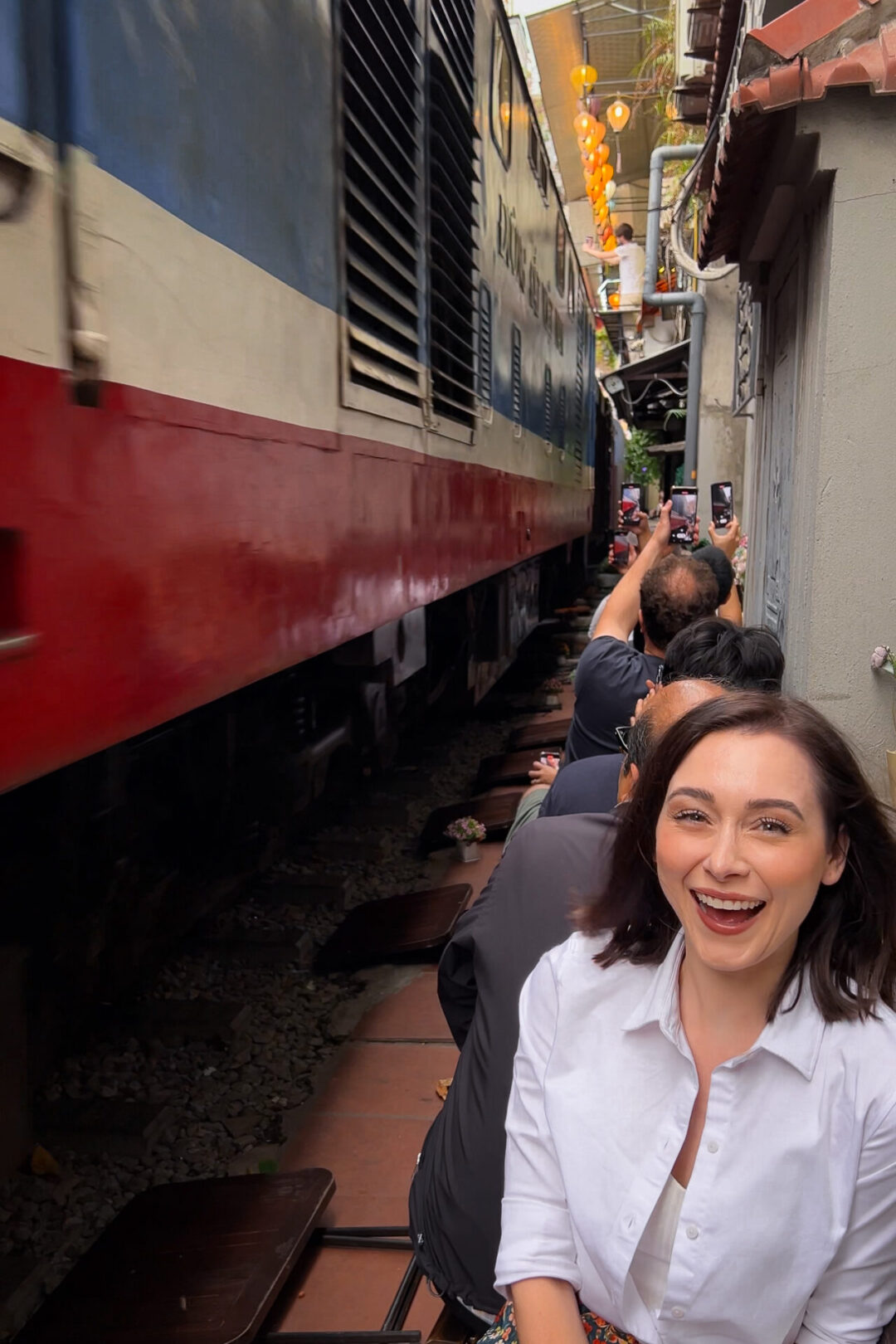
Train Street
One of the most exhilarating places to visit in Hanoi is Train Street, a narrow alleyway where a railway track runs just inches away from residential buildings and local cafes. Trains pass through several times a day, with locals and visitors clearing the tracks just moments before, for trains to pass. Tourists flock here to grab a local coffee, experience the thrill and capture memorable photographs of this unique Hanoi experience.
Secret Tip
While Train Street runs throughout the city, some of Hanoi’s districts have strict safety rules and police patrols that prohibit tourists from entering at certain hours to see the trains pass. For your best chance at experiencing this Train Street without the hassle, I’d recommend heading to the Train Street cafes in the Dong Da district. I loved the fast service and wonderful juices at Hanoi 1990s Cafe.
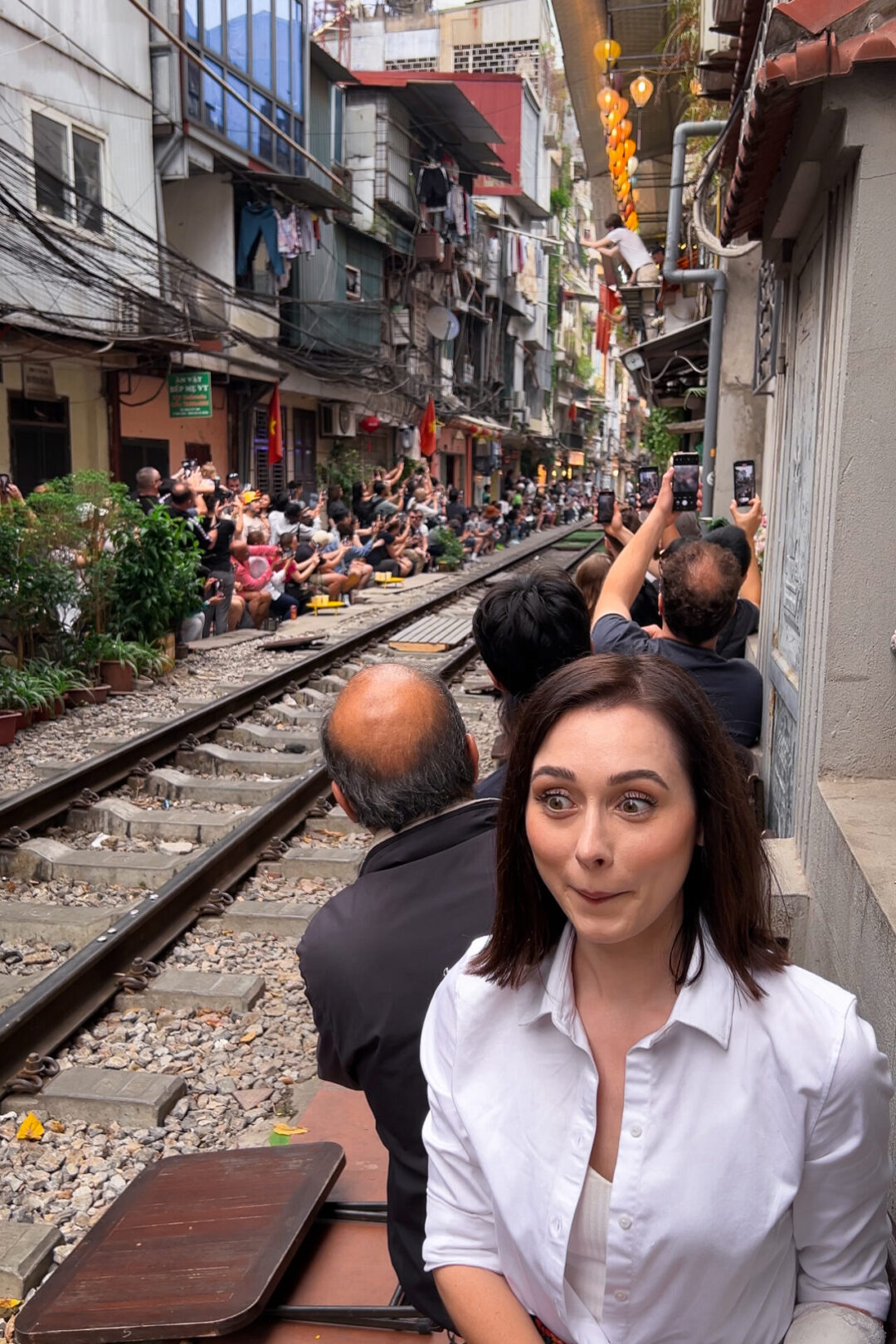

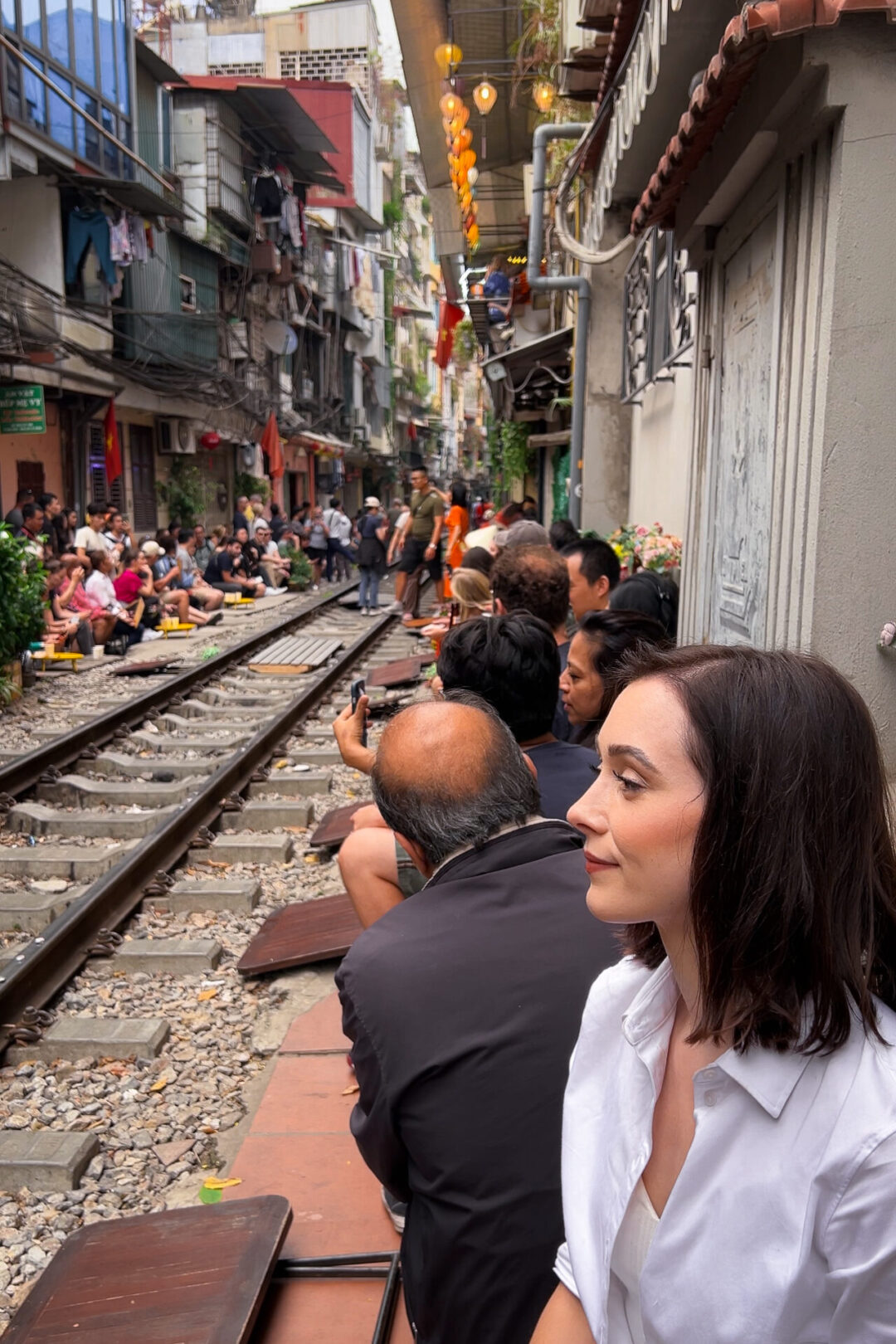
Ho Chi Minh Mausoleum
The Ho Chi Minh Mausoleum is a monumental structure that is dedicated to Vietnam’s former President, Ho Chi Minh, who led the country to independence in 1945. Situated in Ba Dinh Square, the mausoleum houses his embalmed body, allowing visitors to pay their respects. The imposing granite structure, inspired by Lenin’s Mausoleum in Moscow, is surrounded by lush gardens and is guarded by solemn soldiers.
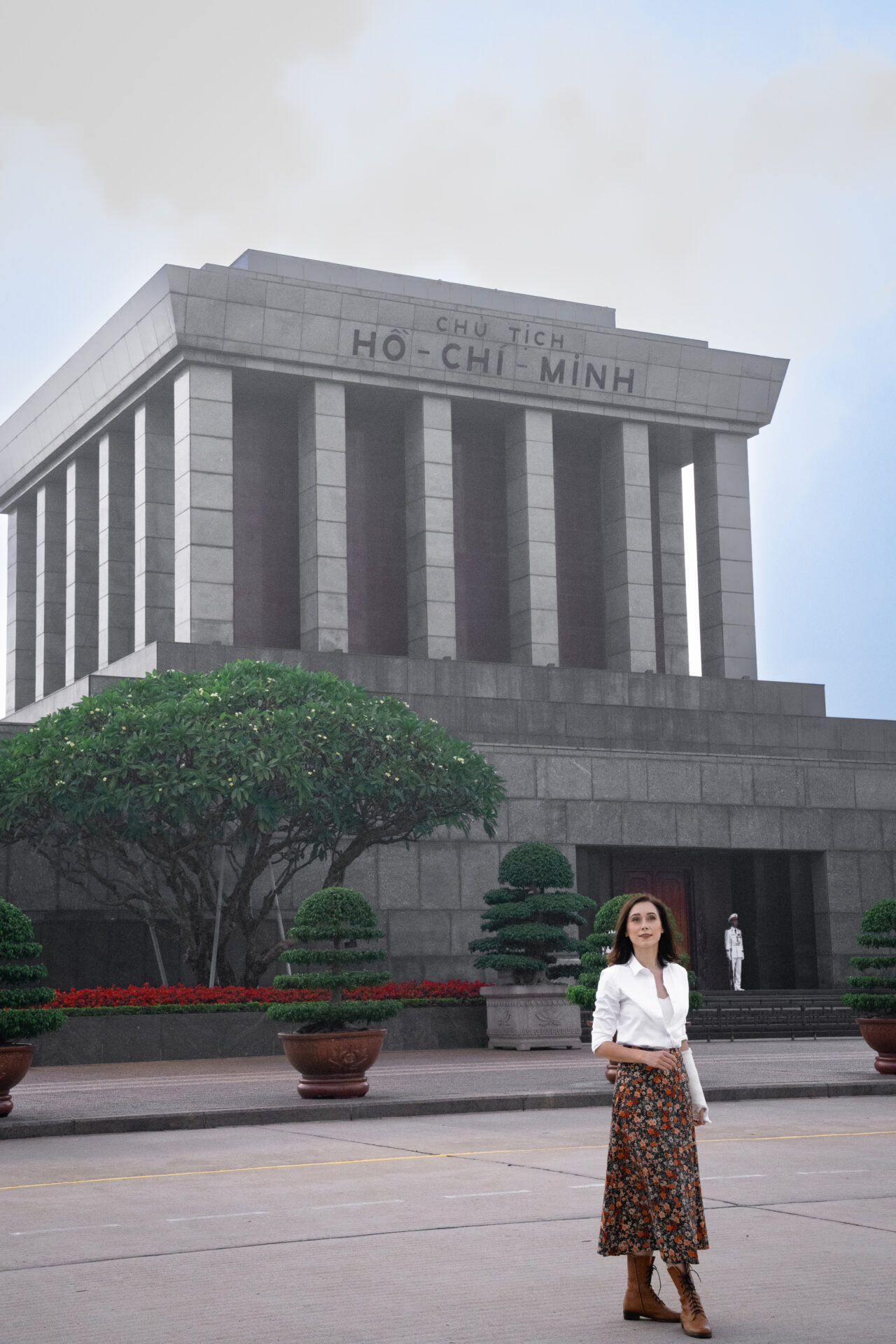
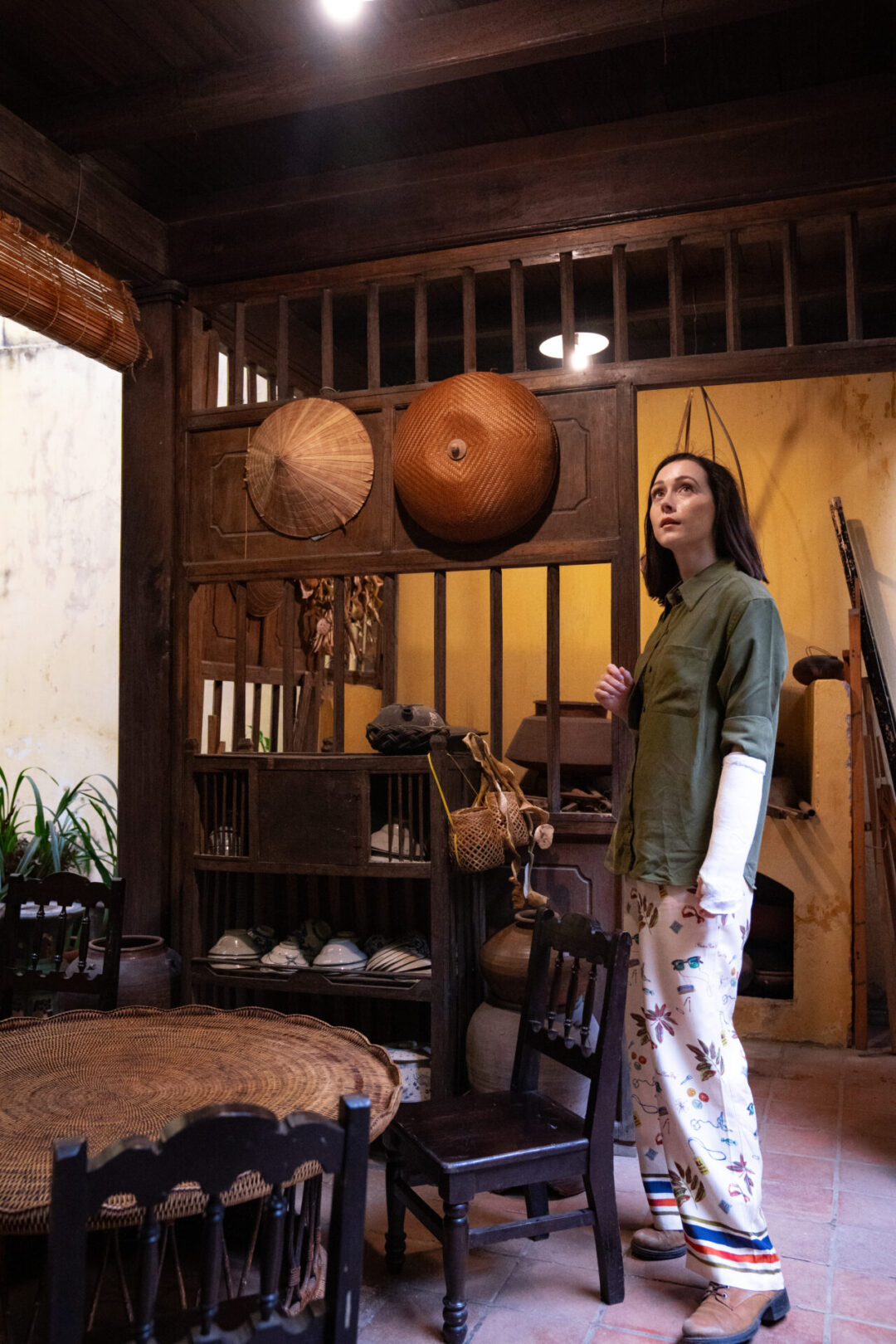
Heritage House
If you’re interested in Hanoian family life from the 19th century, the Heritage House is one Old Quarter landmark you won’t want to miss.
Inside, there are multiple rooms and mezzanines featuring traditional architecture and furniture from Hanoi in the 1800s. Perhaps its most enchanting features, however, are its two courtyards filled with natural light, potted plants and a relaxing atmosphere that is a bit hard to come by in bustling Hanoi.
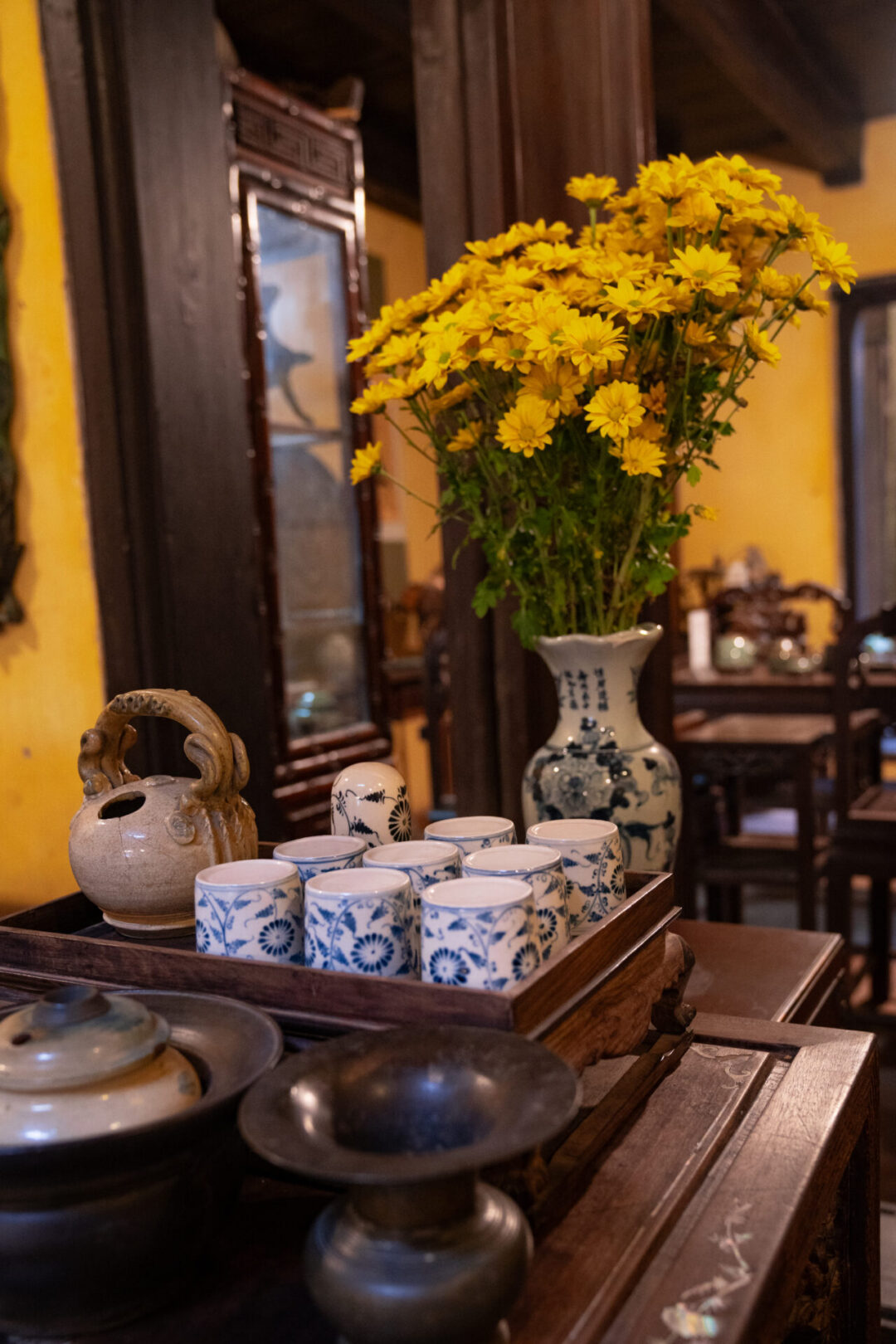
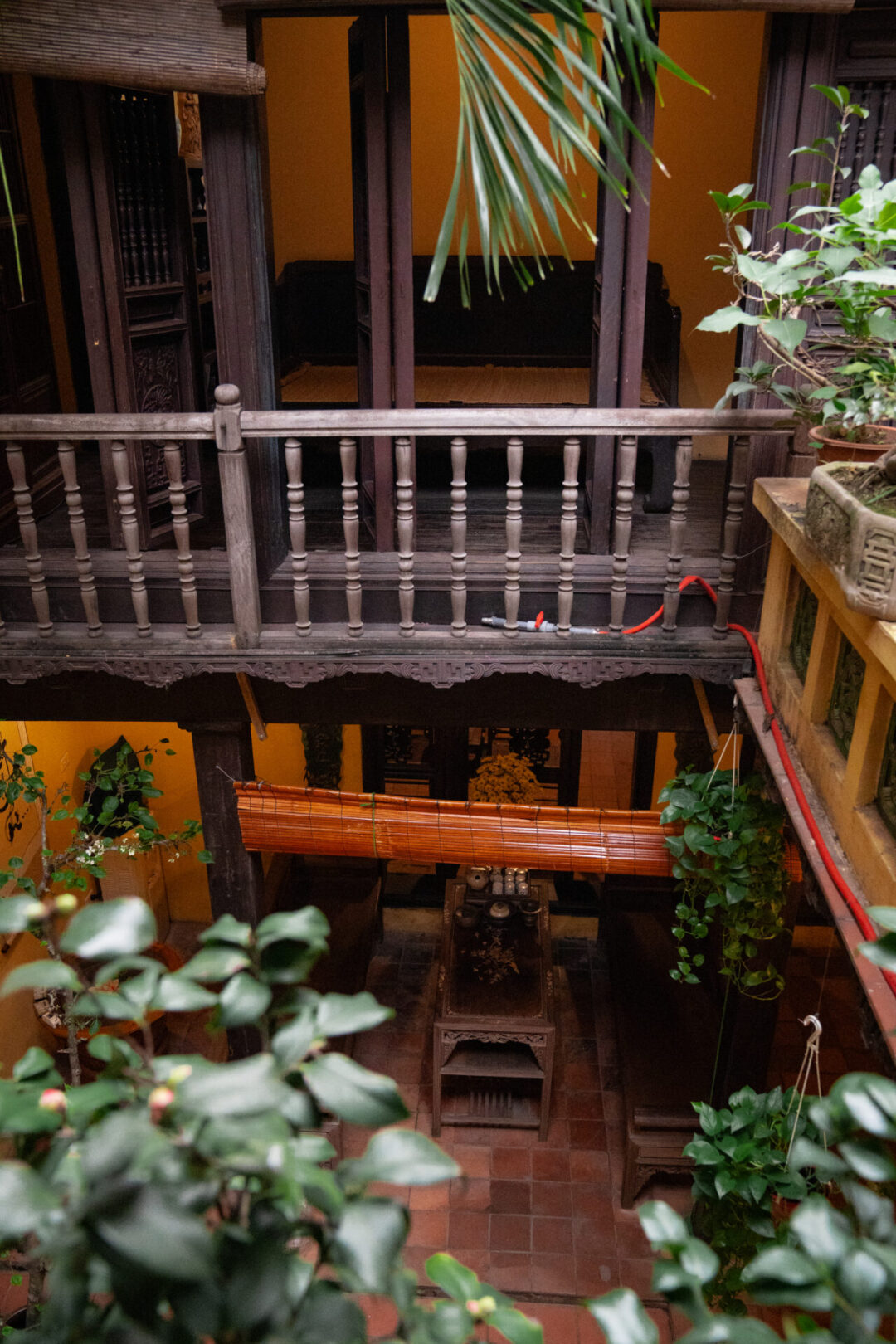
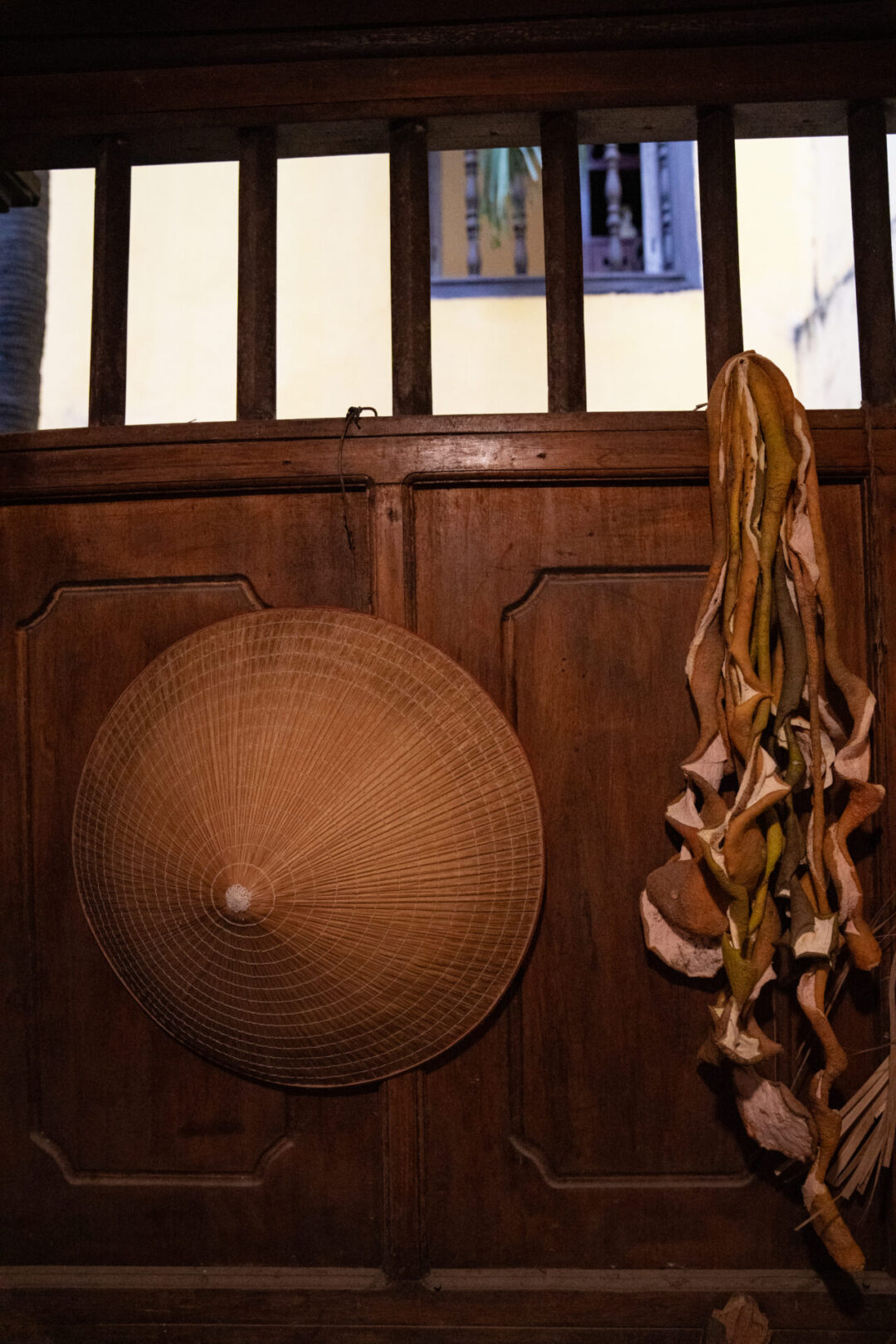
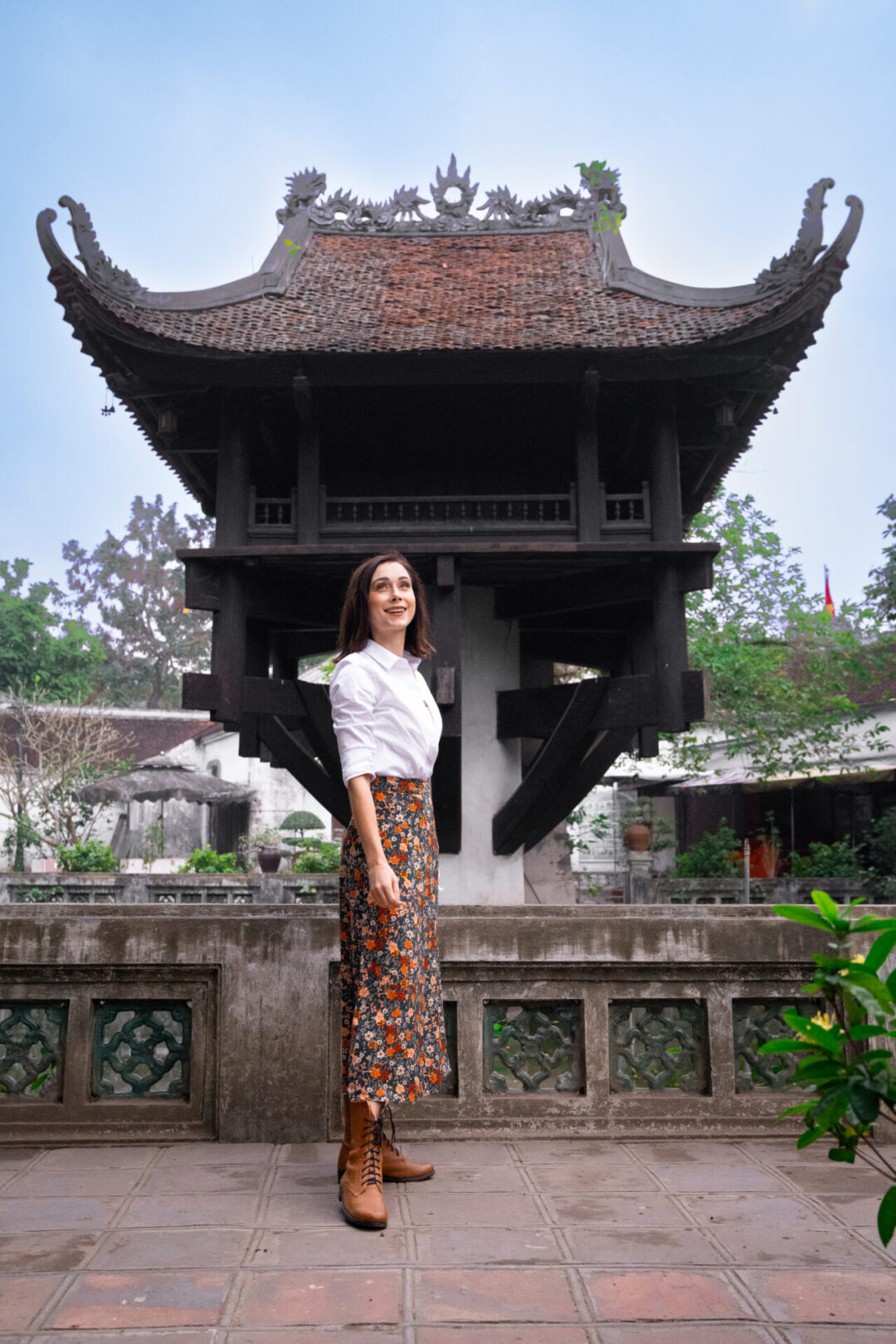
One Pillar Pagoda
A short walk away from Ho Chi Minh Mausoleum is One Pillar Pagoda, an iconic symbol of Hanoi and a monument of architectural significance. Built in 1049 by Emperor Ly Thai Tong, the pagoda is designed to resemble a blooming lotus, a symbol of purity in Buddhism. It stands on a single stone pillar in the middle of a small pond, creating a serene setting around its four sides.
St. Josephs Cathedral
St. Joseph’s Cathedral is a stunning example of neo-Gothic architecture in Hanoi. Completed in 1886, the cathedral’s towering spires, ornate stained glass, and grand interior evoke the grandeur of European cathedrals and stand as a testament to the French’s influence during their occupation of Vietnam. The Cathedral today serves as the main church for Hanoi’s Catholic community and hosts regular masses. If you’re visiting Hanoi in or around December, I recommend stopping by to see the Cathedral’s giant tree and Christmas decor!
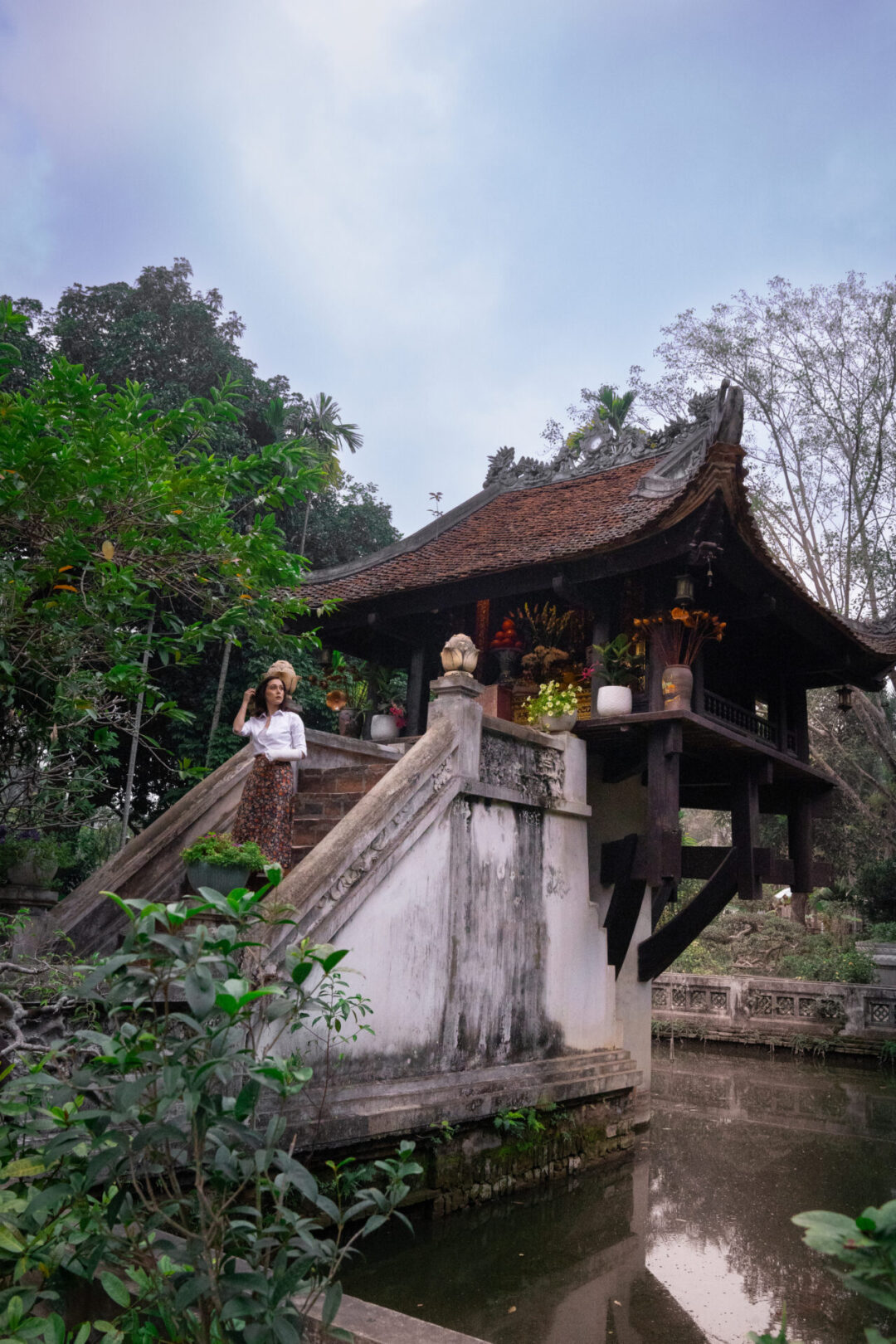
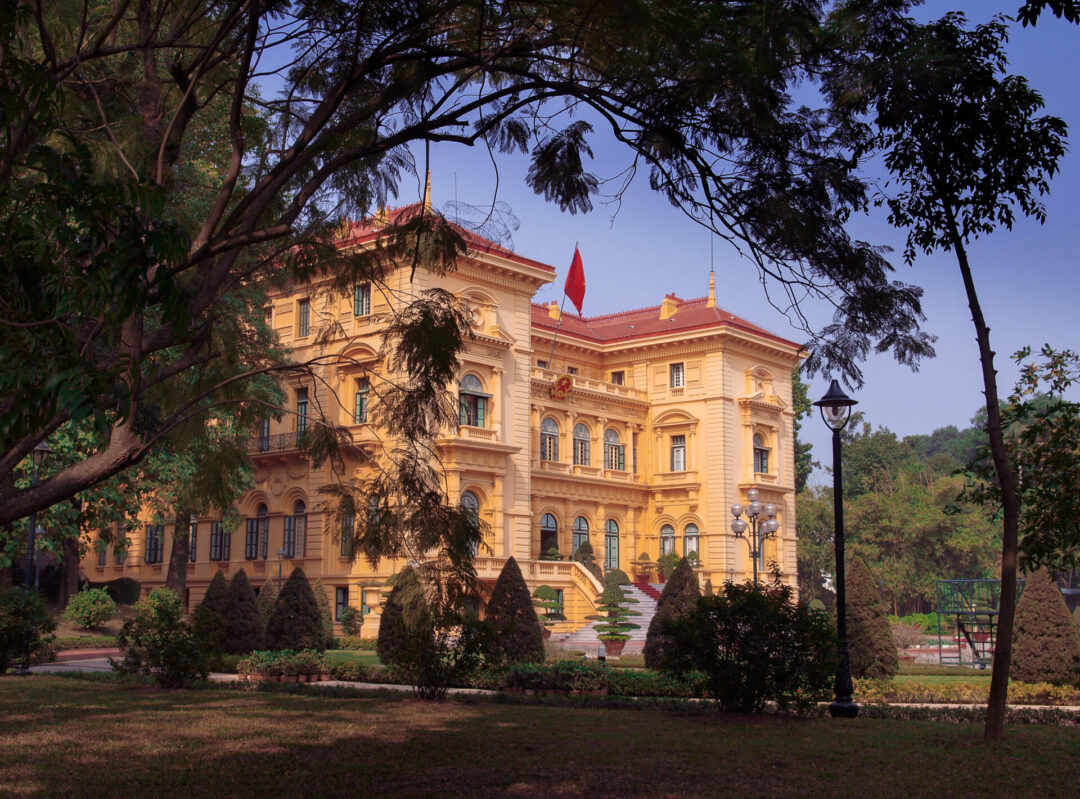
Presidential Palace
Built between 1900 and 1906, the Presidential Palace is another example of grand French colonial architecture in Hanoi. Originally made to house the French Governor-General of Indochina, this striking yellow building is set amidst lush gardens and stately trees. While the palace itself is not open to the public, you can explore the surrounding grounds, including botanical gardens and Ho Chi Minh’s Stilt House, where the country’s former President lived and worked.

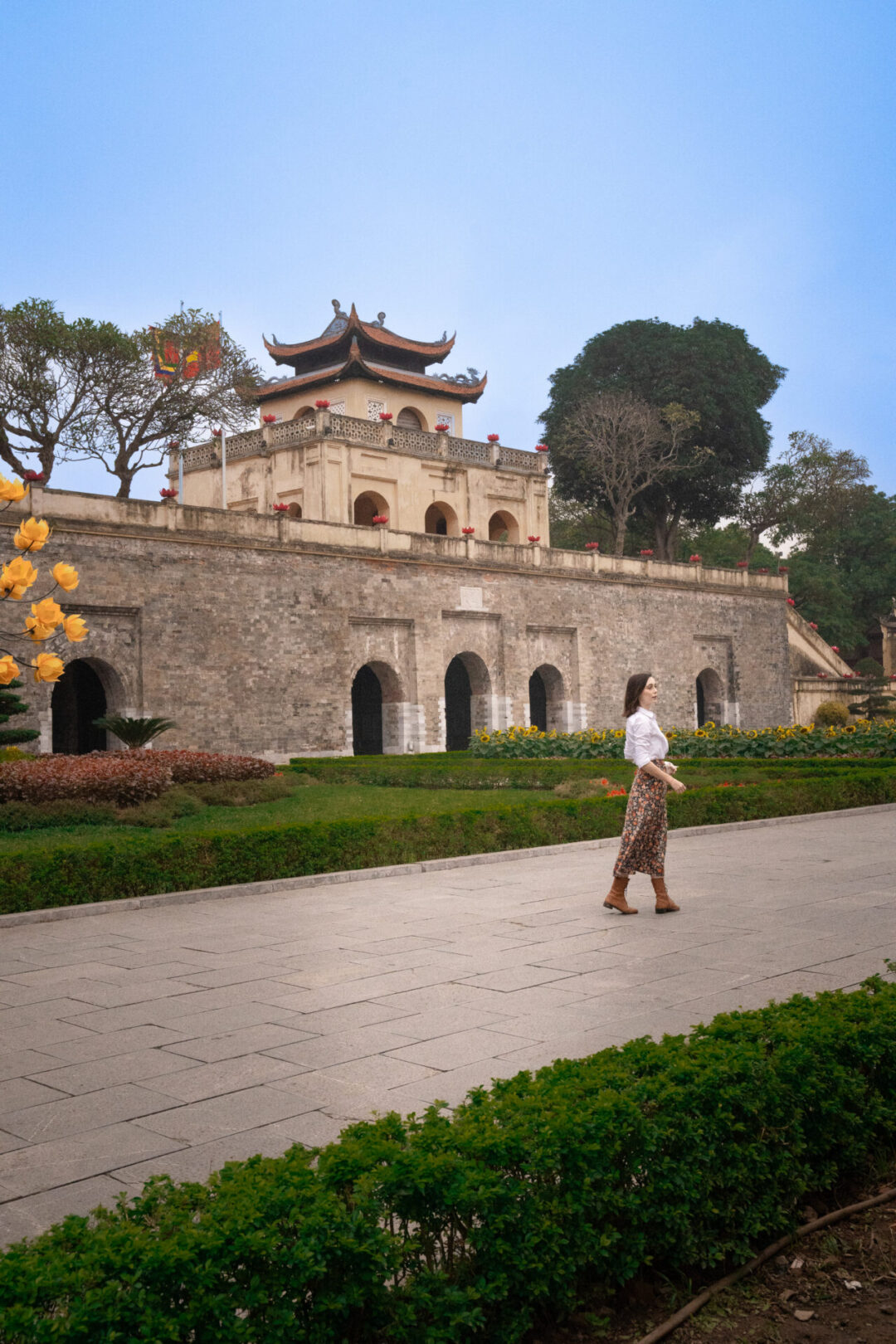
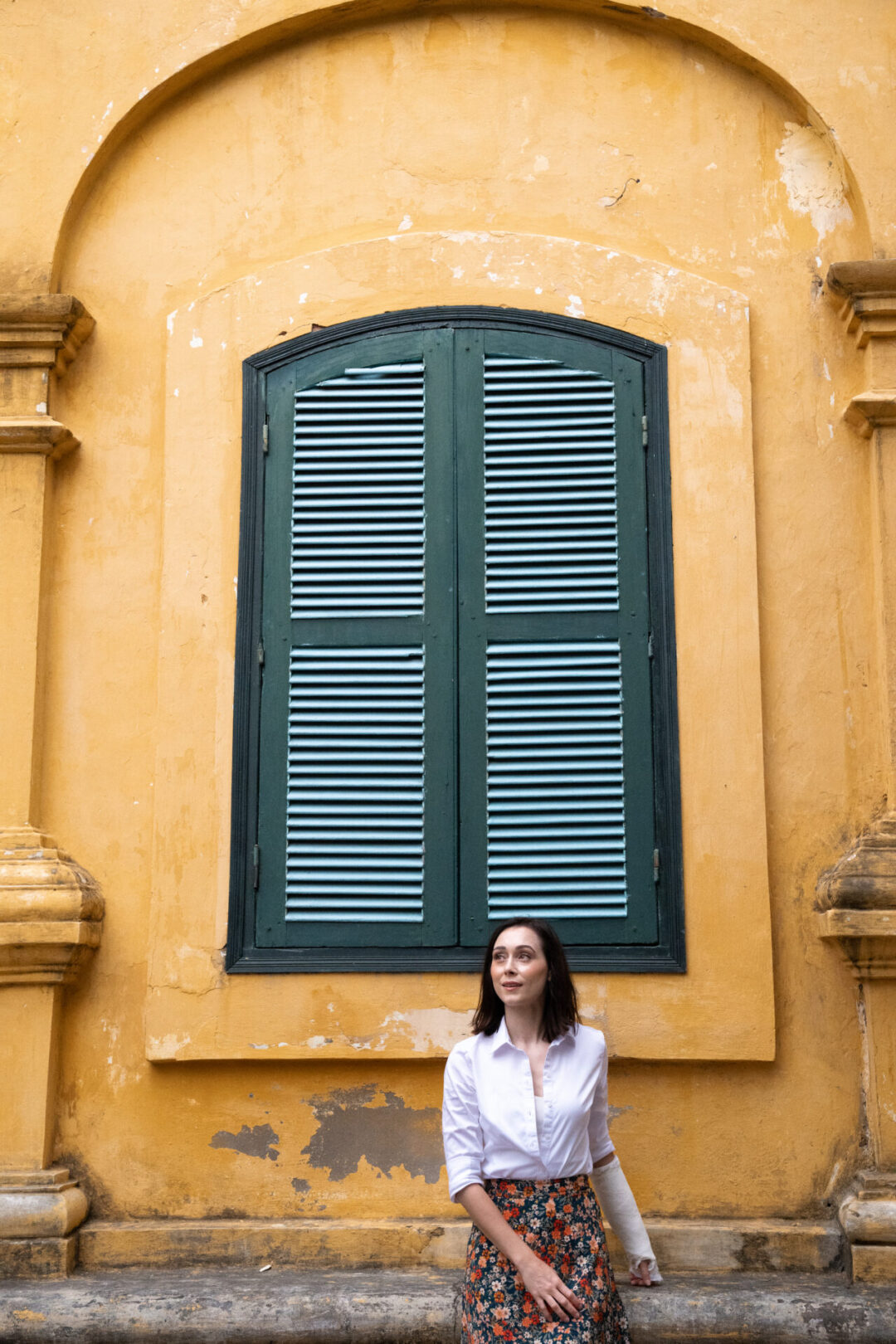
Thang Long Imperial Citadel
The Thang Long Imperial Citadel in Hanoi, Vietnam, is a UNESCO World Heritage site that showcases over a millennium of history and culture. Established in the 11th century by the Ly Dynasty, this sprawling complex served as the political and cultural center of Vietnam for many dynasties. The Citadel features ancient relics, archaeological treasures, and impressive architectural remnants, including the iconic Flag Tower and the Dragon House.
Thang Long Water Puppet Theatre
The Thang Long Water Puppet Theatre is a cultural gem that brings the ancient art of water puppetry to life. Dating back to the 11th century, this unique form of storytelling originated in the rice paddies of rural Vietnam and depicts folklore, legends, and scenes of daily life. Performances are performed in a pool of water, with wooden puppets controlled by skilled puppeteers hidden behind a screen. The Theatre offers multiple 50-minute-long performances most days of the week.

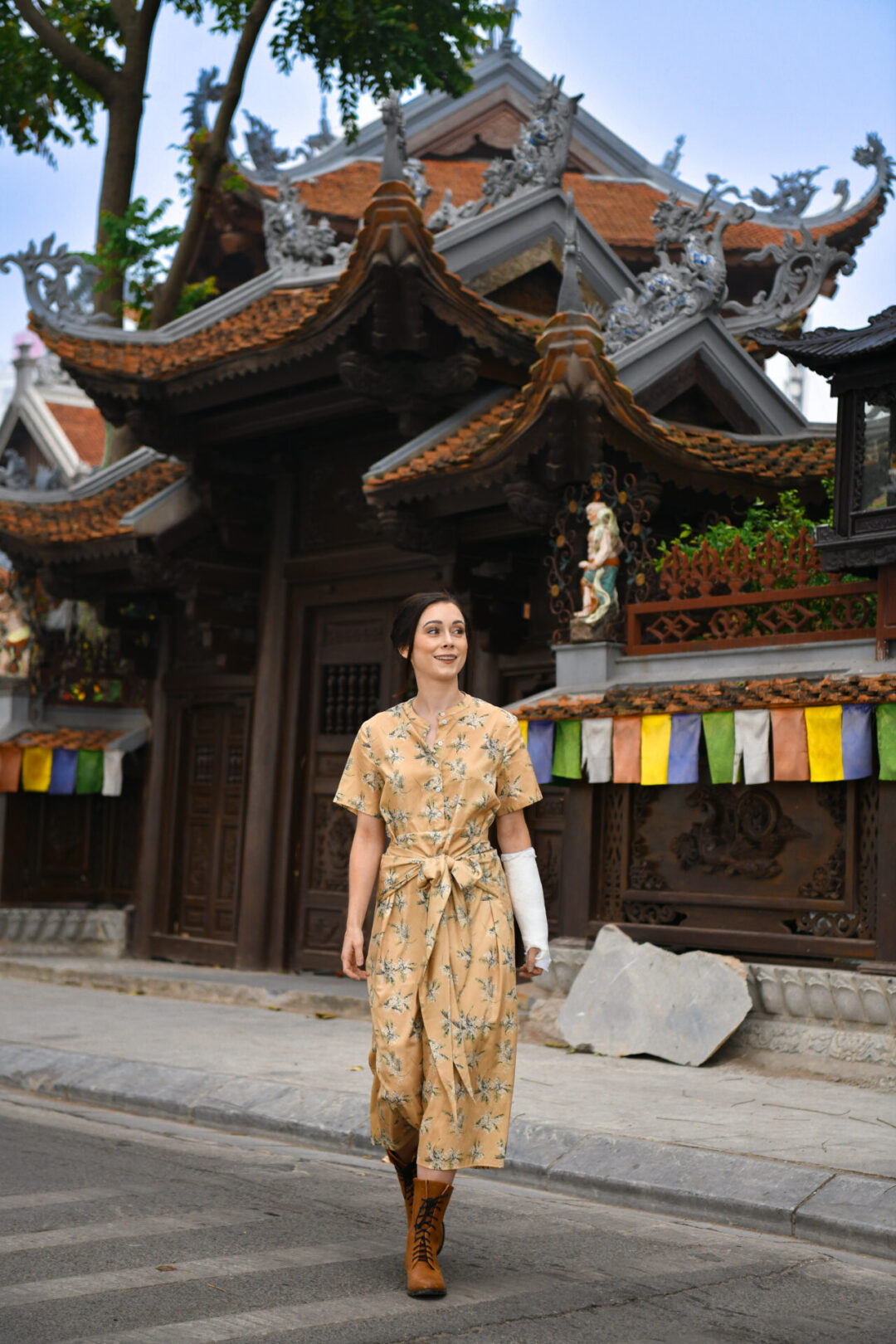
Van Nien Pagoda
Established over a thousand years ago during the Ly Dynasty, Van Nien Pagoda is a traditional Buddhist temple located along Hanoi’s West Lake. I absolutely loved Van Nien’s intricate wooden wall carvings and colorful flags! These touches make the Pagoda so appealing and special. Less frequented by tourists than other temples on this list, Van Nien is a wonderful landmark to visit if you’re looking for somewhere slightly off-the-beaten-path to see and explore.
Opera House
Completed in 1911, the Hanoi Opera House was modeled after the Palais Garnier in Paris. It features neoclassical design elements, ornate detailing, and a grand façade. Today, the Opera House hosts a variety of performances, including classical music, ballet, opera, and traditional Vietnamese theater.
Hoan Kiem Lake
If you’re looking for a peaceful bit of nature in bustling Hanoi, look no further than Hoan Kiem Lake. The natural freshwater lake’s name, meaning “Lake of the Restored Sword,” is derived from a legend involving Emperor Le Loi and a magical sword given by the Golden Turtle God to drive out invaders. Surrounded by lush greenery and picturesque walking paths, Hoan Kiem Lake is a wonderful spot to relax for an afternoon or do a photography session in a traditional Ao Dai dress.
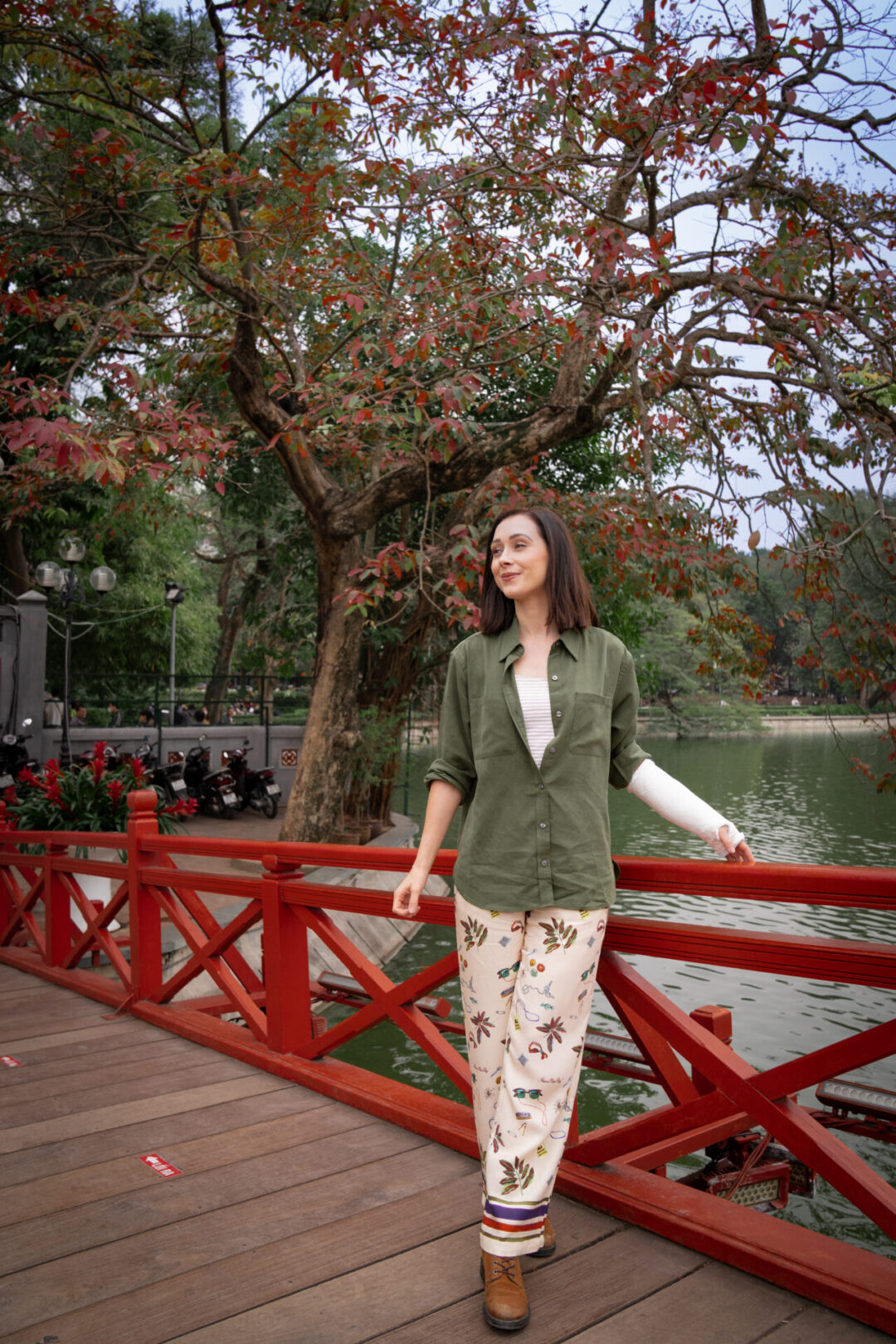
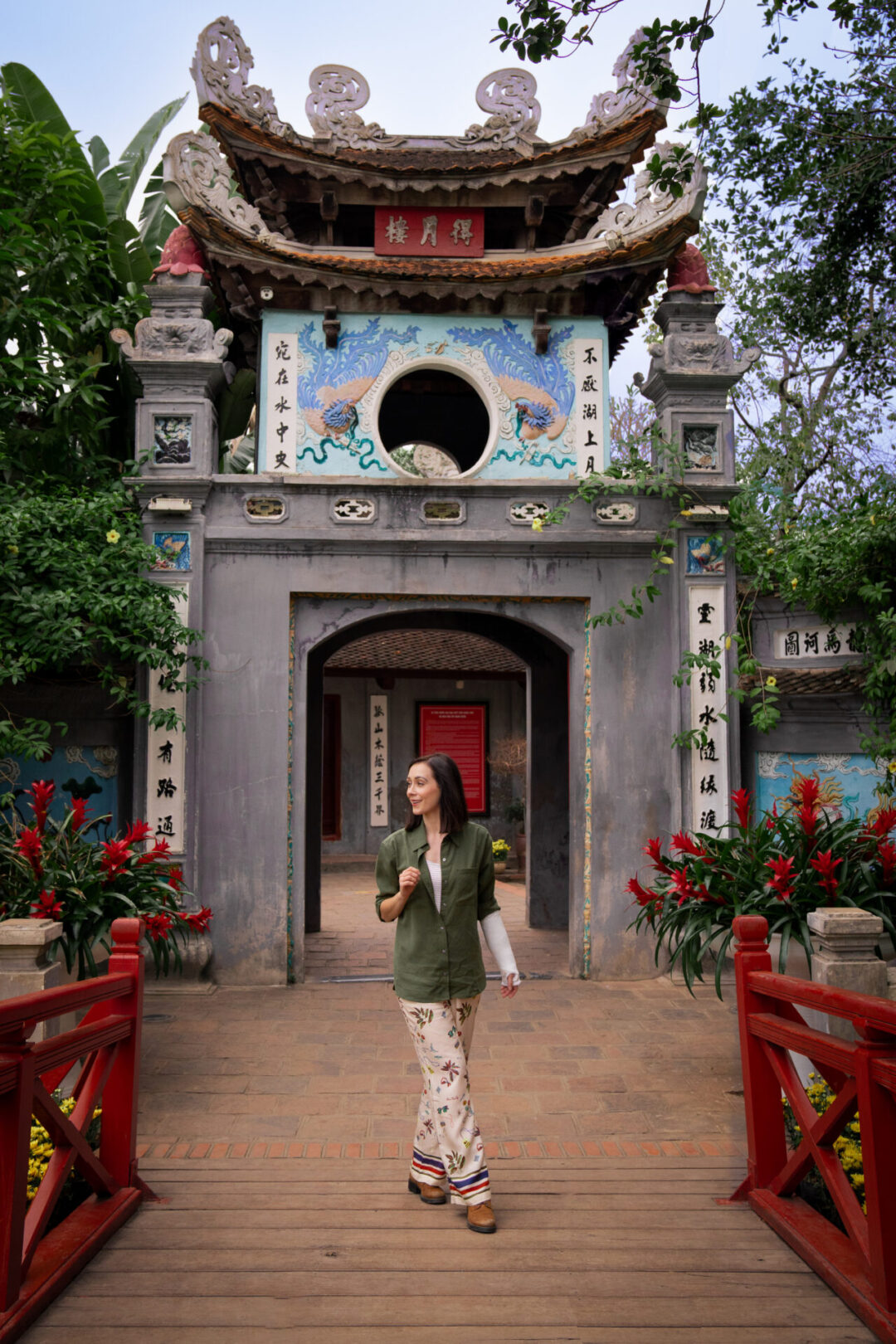
Ngoc Son Pagoda
Perched on an islet in Hoan Kiem Lake is Ngoc Son Pagoda. Connected to the mainland by the crimson-painted The Huc Bridge, Ngoc Son dates back to the 18th century and is dedicated to Tran Hung Dao, a general from Vietnam’s Tran dynasty, along with other revered figures.
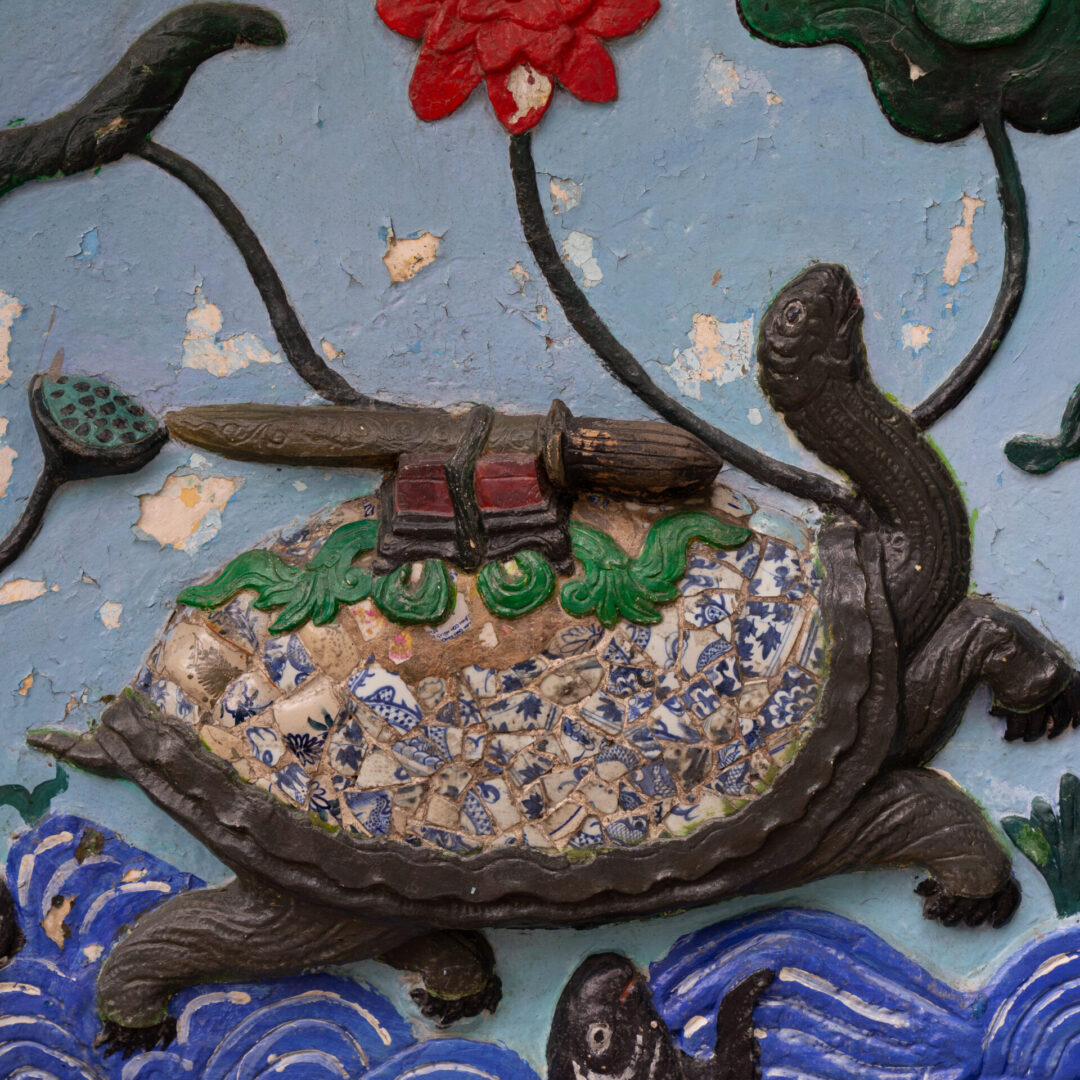
Inside, this temple is quite unique – not only for its intricate altars and ancient artifacts, but also for the two large Hoan Kiem turtles that are embalmed there. In Vietnam, turtles are considered sacred, symbolizing a long life, wisdom, and good fortune.
The area around the pagoda used to be home to this magnificent and rare species, of which there are now only two still living, elsewhere in the world. All-in-all, it is quite fascinating to see what these turtles look like in person and how their memory is being preserved!
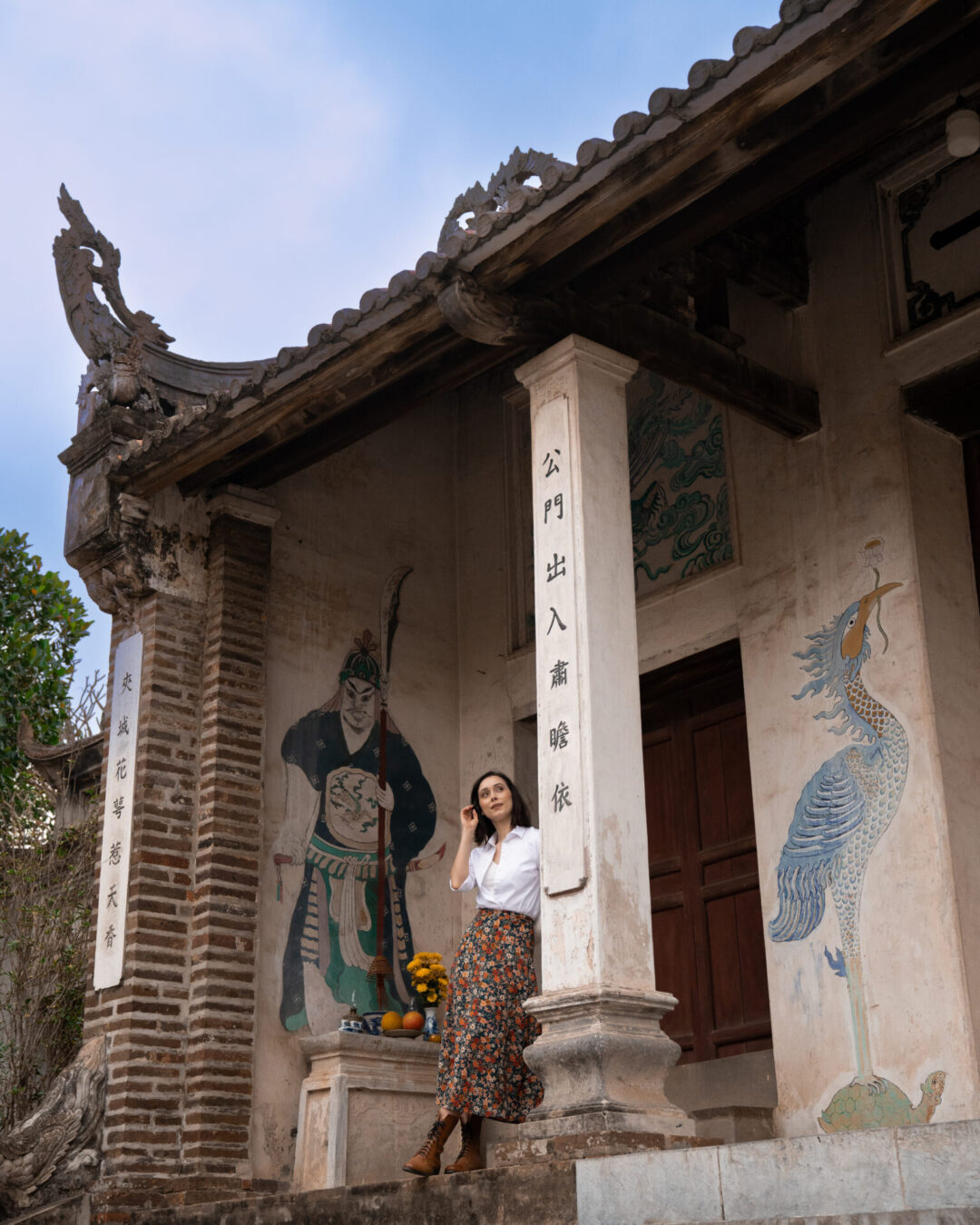
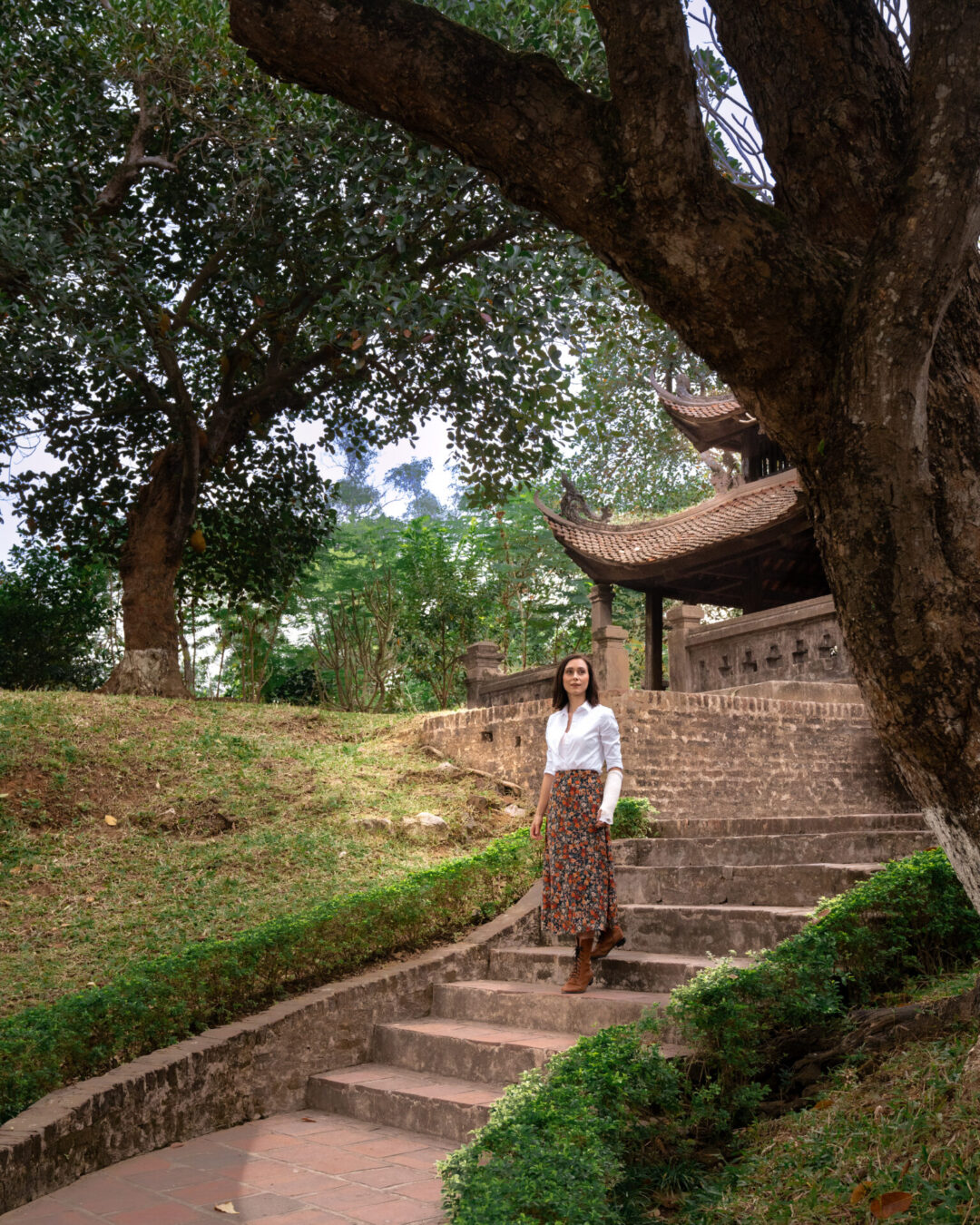

Co Loa
Located just outside Hanoi, Co Loa Citadel is an ancient fortress and archaeological site that offers a fascinating glimpse into the country’s early history.
Dating back to the 3rd century BCE, Co Loa is the former capital of the Au Lac Kingdom under King An Duong Vuong. The citadel showcases the kingdom’s architectural prowess at the time, with its spiral-shaped layout of concentric walls and moats.
Besides the fascinating architecture, a highlight of Co Loa is the story of the magical crossbow. Legend has it that King An Duong Vuong of Co Loa was given a crossbow with the power to shoot thousands of arrows at once from a divine turtle, Kim Quy. This bow enabled him to protect his kingdom from invaders. However, after the king’s daughter married the son of one of An Duong Voung’s rivals, his son-in-law stole the crossbow, causing Co Loa’s ultimate demise and leading to the king and his family’s deaths. The tale itself, while tragic, is a powerful symbol of the importance of this historic site to those that live there.

Restaurants & Cafes
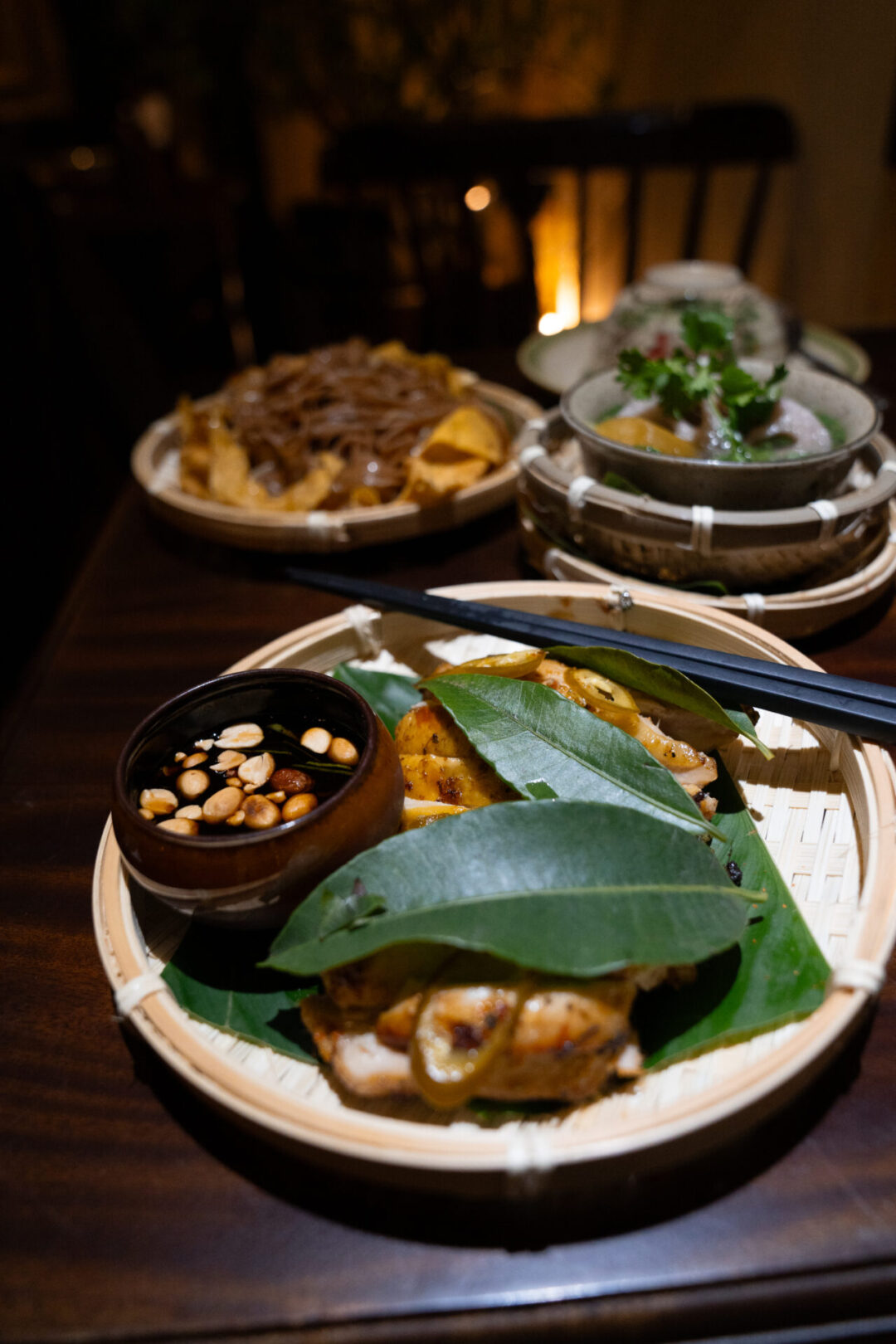
Dietary Restrictions?
Those with allergies like me should still exercise caution while eating in Vietnam. Although allergens like dairy are less prevalent (mainly found in dishes with a bit of French influence), Vietnamese food often uses nuts, shellfish, soy, gluten and eggs.
That said, I found that many restaurants are able to accommodate restrictions and often also have gluten-free and vegetarian or vegan options. When in doubt, just make sure to ask!
The best advice I can give if you have dietary restrictions is to travel with a custom allergy translation card and present it to staff before ordering. I personally used an Equal Eats Allergy Translation Card in Vietnam and had no issues!
Old Quarter
Cau Go – Traditional Vietnamese Cuisine
Chả Cá Thăng Long– Michelin Bib Gourmand Vietnamese Restaurant
Hanoi Social Club – Western-Inspired Cafe
Sente: The Flavour of Lotus – Lotus-Focused Vietnamese Restaurant
French Quarter
Bun Cha Huong Lien – Vietnamese Traditional Noodles and Grilled Meats (Ha Bai Trung)
Diva’s Lounge – Vietnamese-inspired Tapas and Cocktail Bar
Etesia – Modern European and Natural Wine
Habakuk – Coffee and Cafe
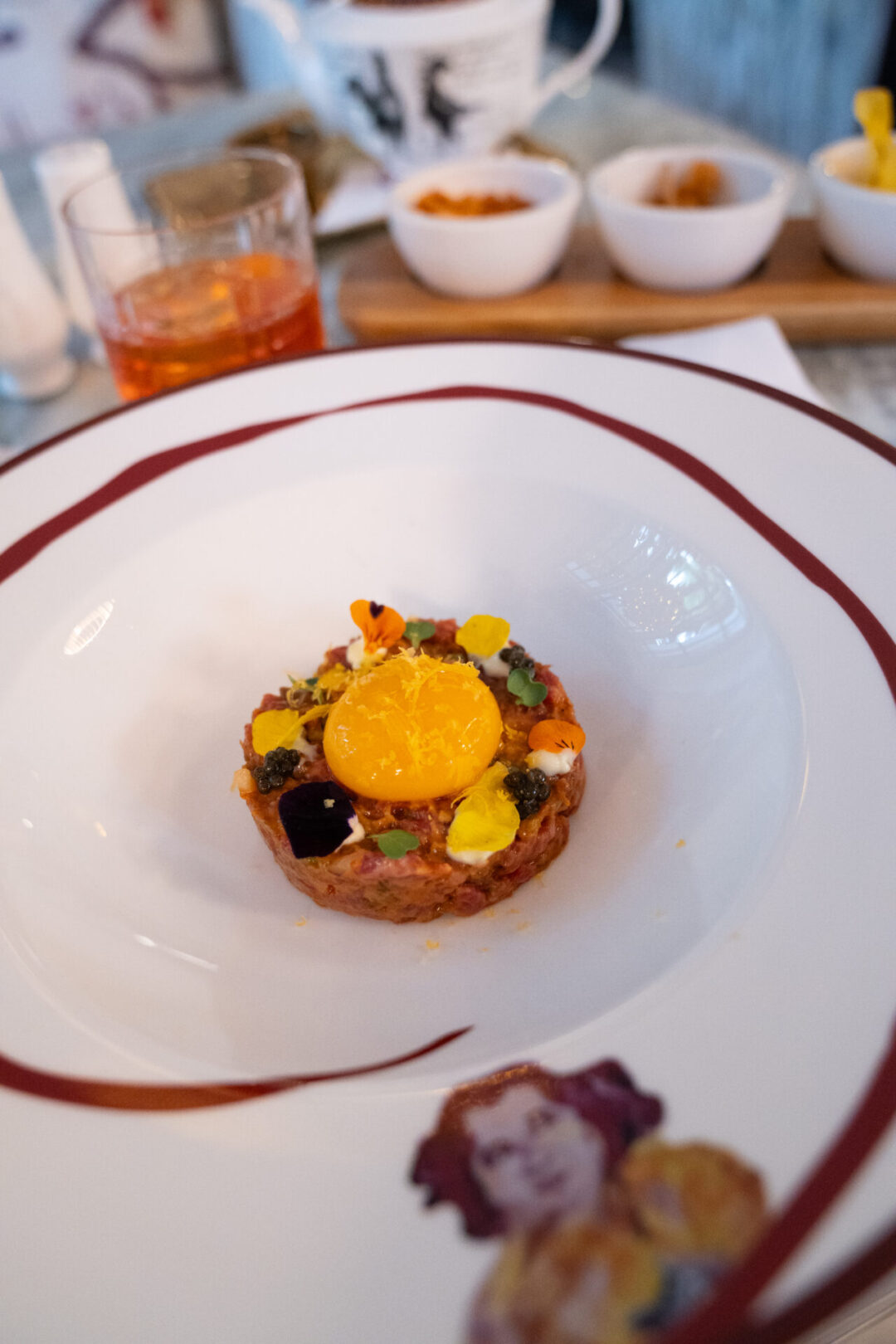
Additional Restaurants
Bun Cha Huong Lien – Vietnamese Traditional Noodles and Grilled Meats (Ha Bai Trung)
Chao Ban – Modern Vietnamese (West Lake)
Hanoi 1990s – Train Street Coffee Shop (Dong Da)
Tam Vi– Michelin Star Vietnamese Restaurant (Dong Da)
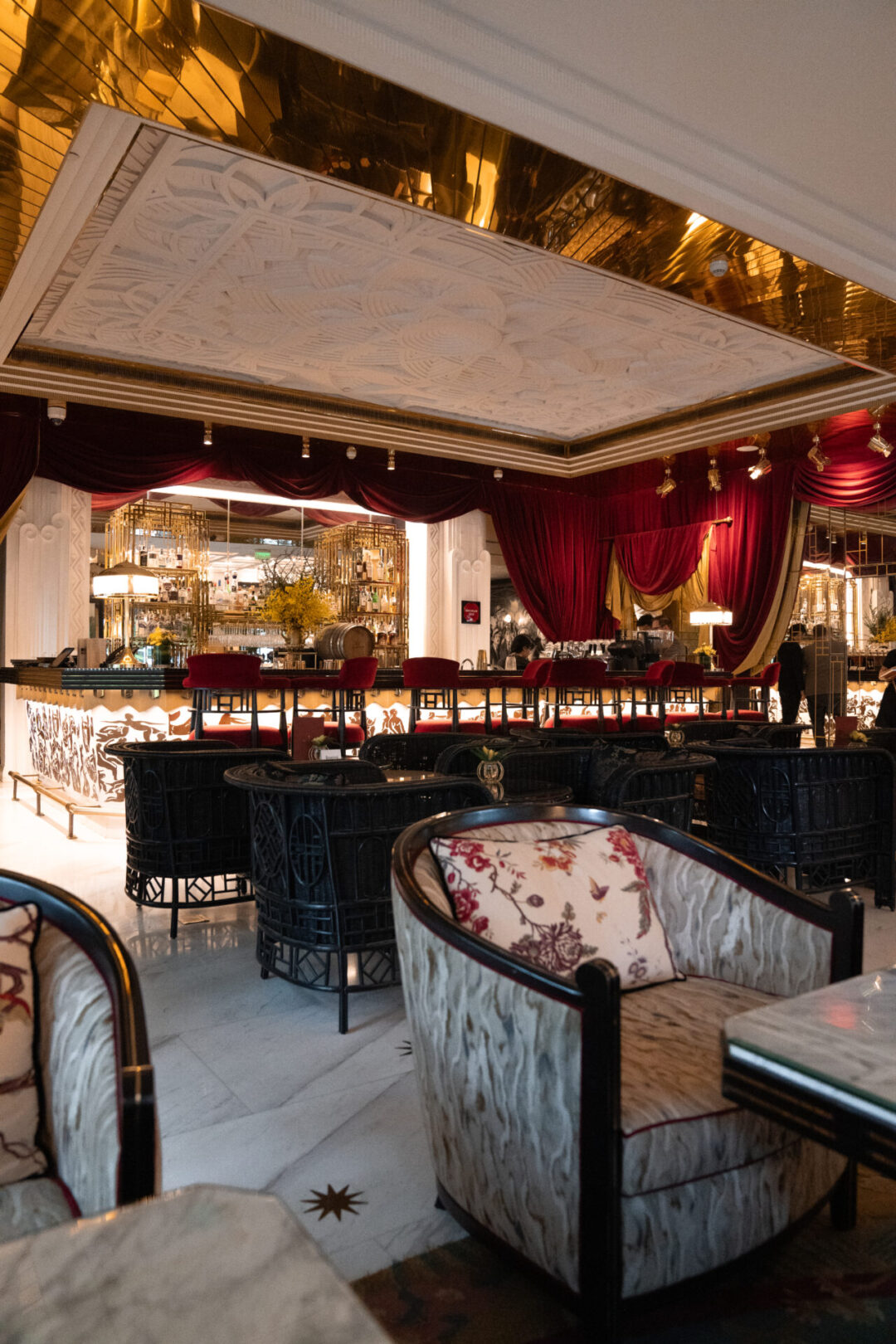
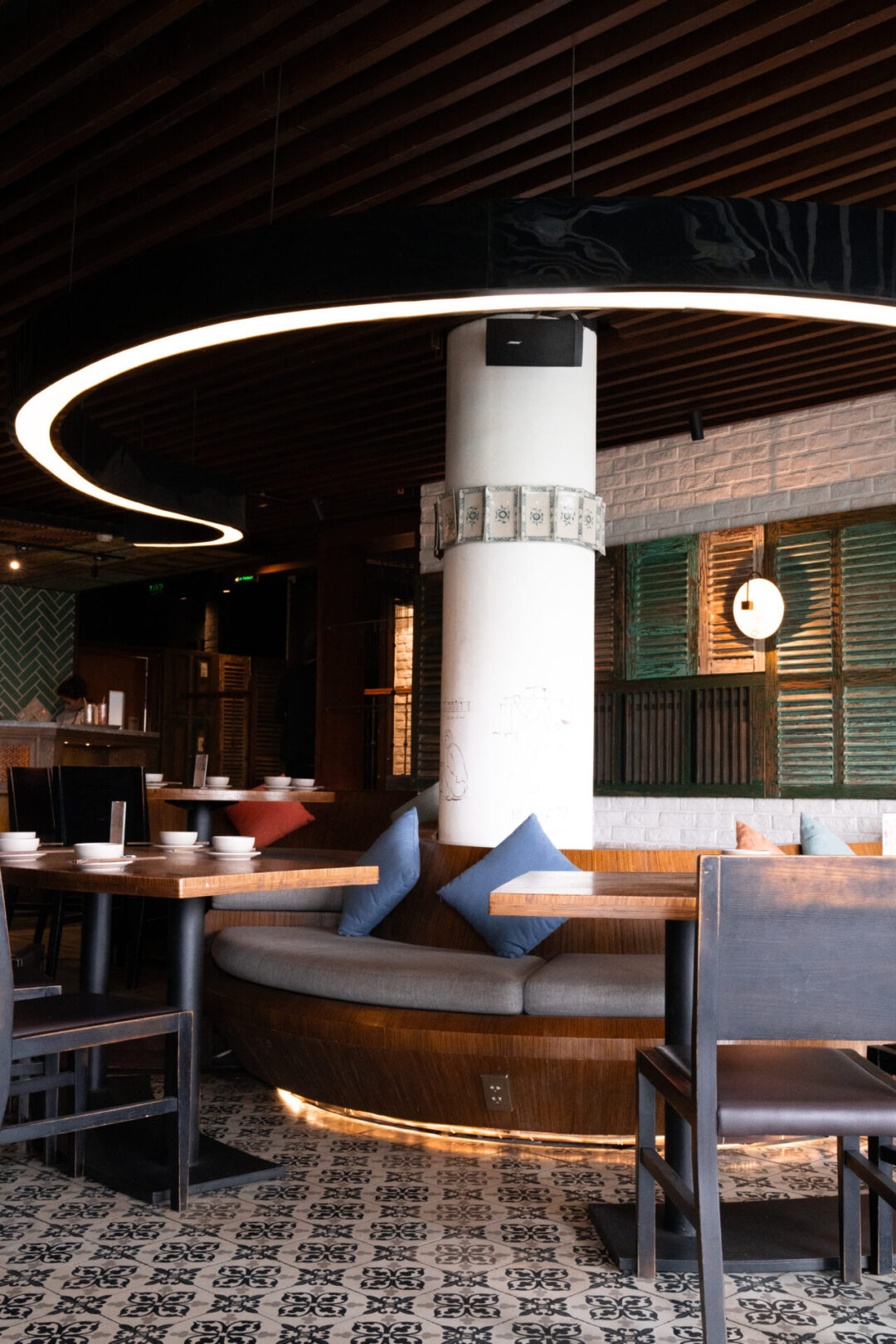
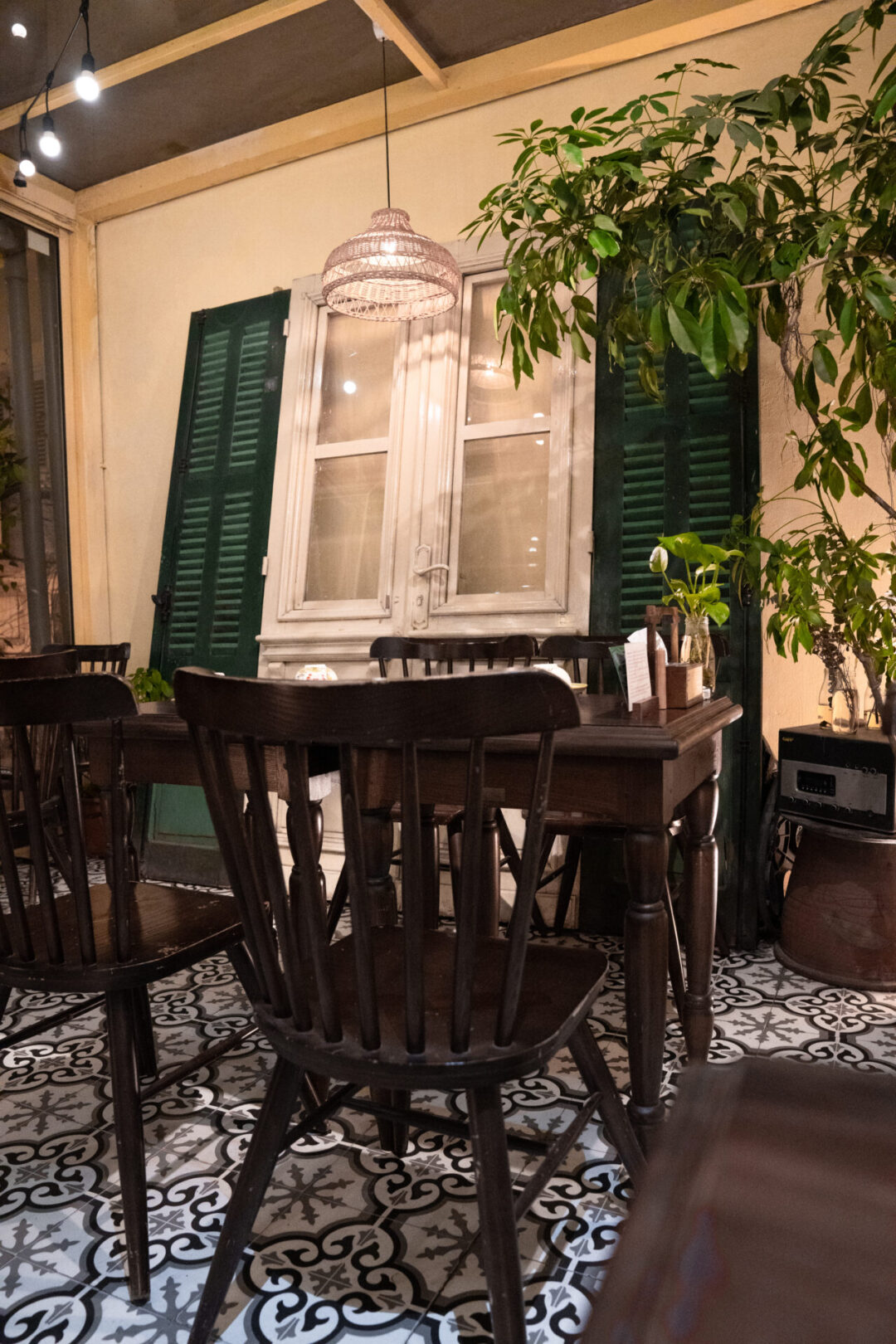
Day Trips
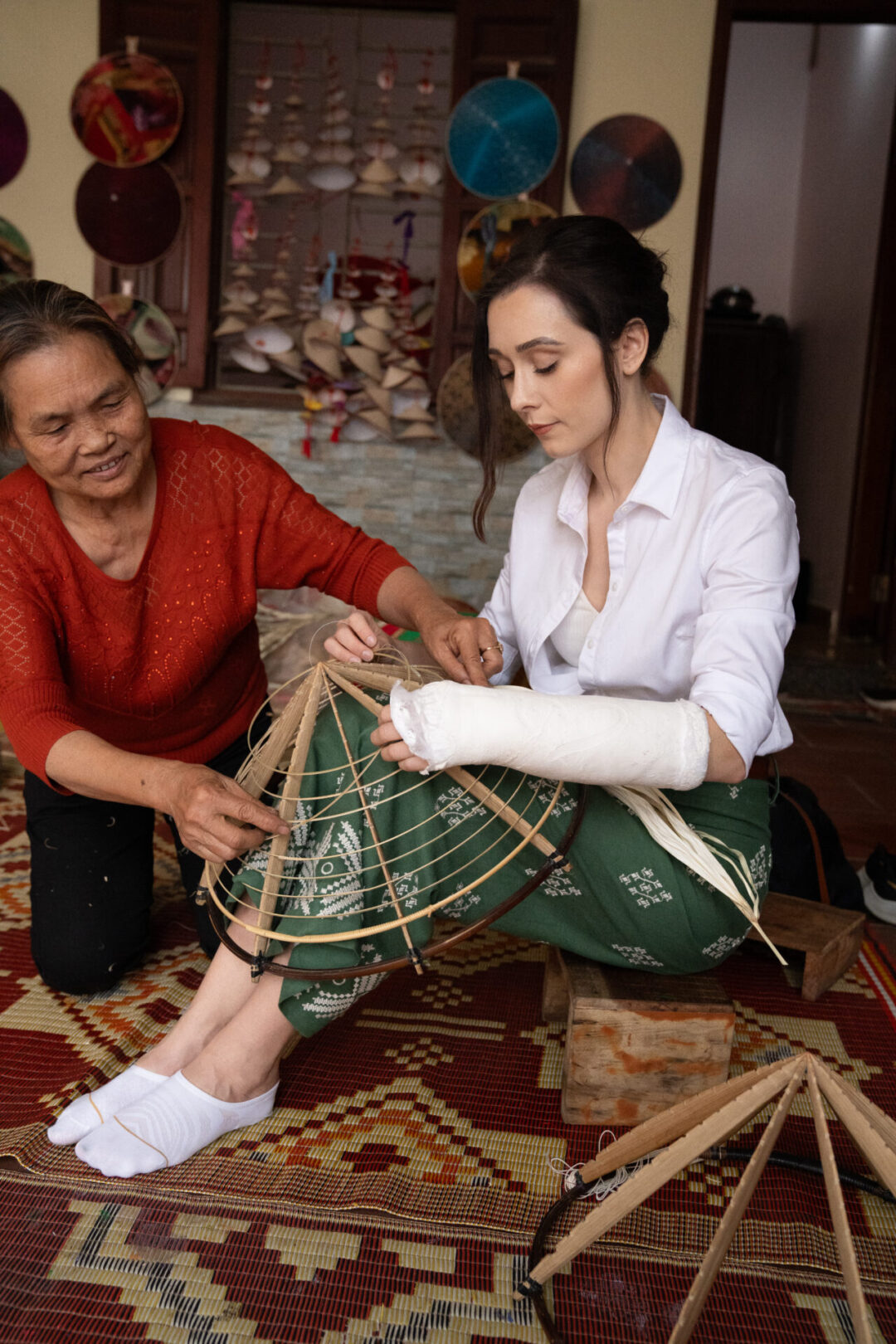
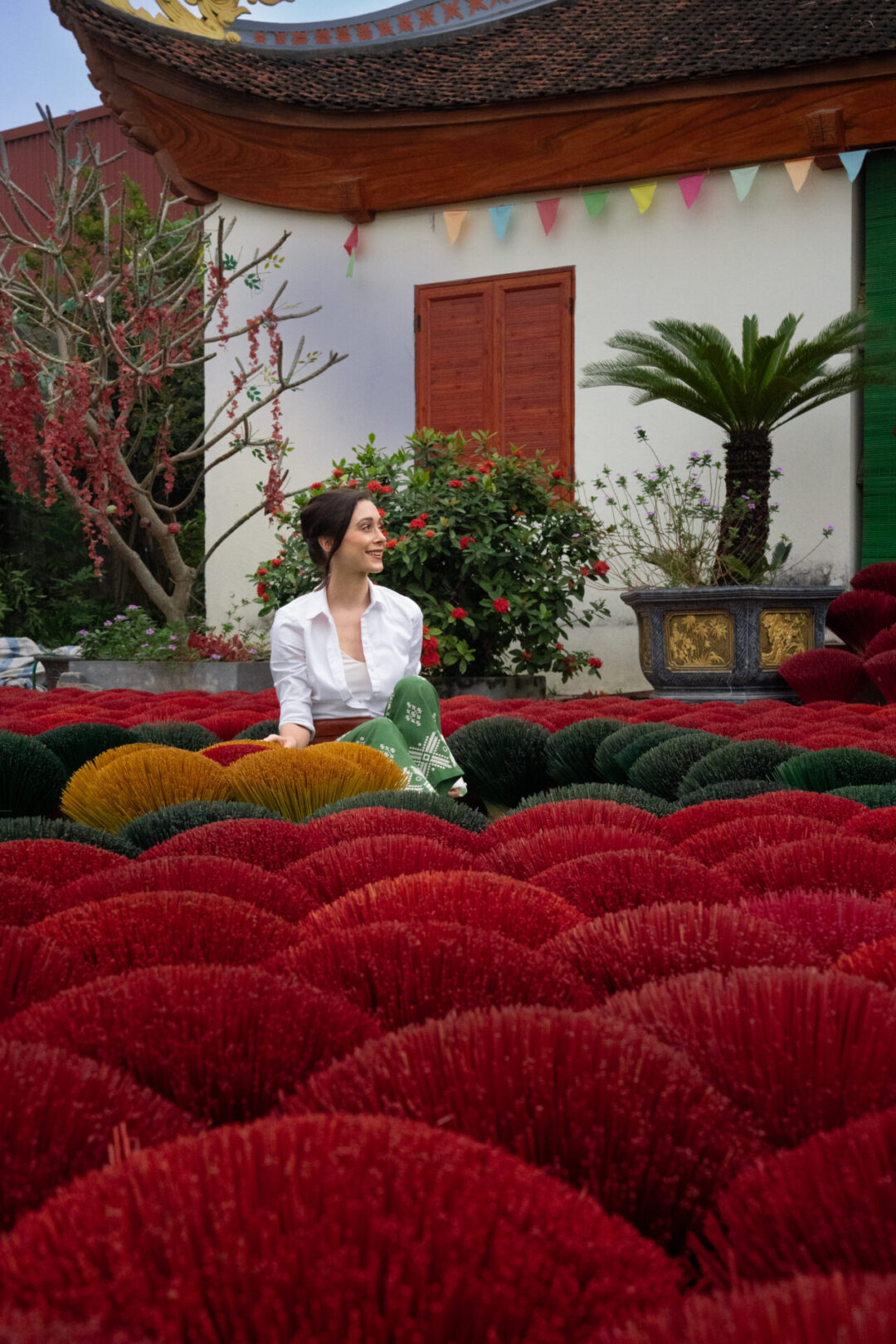
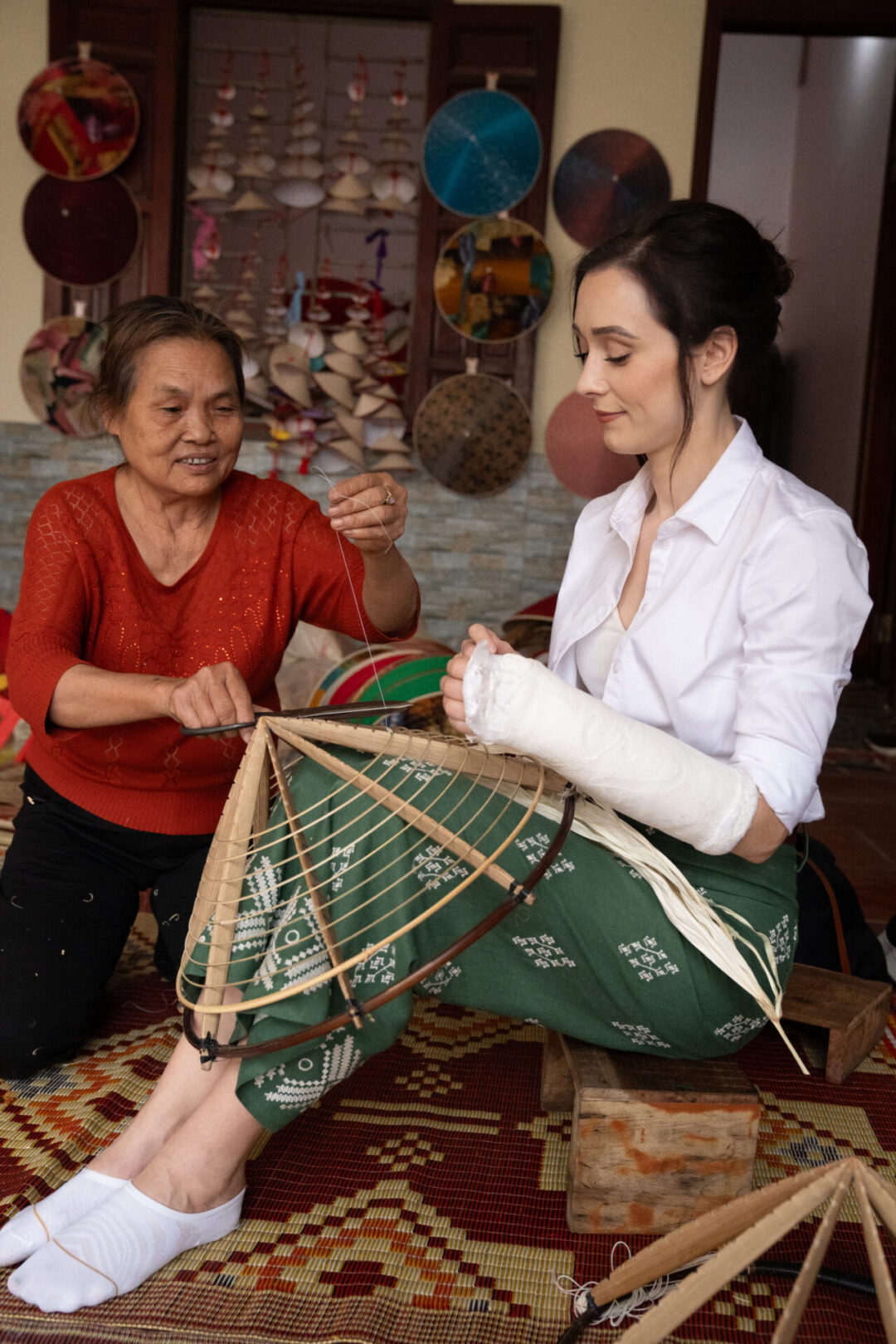
Quang Phu Cau and Chuong Villages
If you’re looking for an interactive and unique Vietnamese cultural experience, look no further than Hanoi’s handicraft villages. Quang Phu Cau, also known as the Incense Village, is a traditional craft village near Hanoi famous for its handmade incense production and beautiful incense displays.
Not only did I get to see and walk through a few colorful arrangements, but my visit here was also incredibly informative, teaching me how incense sticks are cut, dipped and dried.
Chuong Village, another one of Hanoi’s handicraft villages, focuses on the creation of Non La, Vietnam’s traditional conical hats. Here, I received a lesson on how the hats were made, and even got to work a bit on a hat myself.
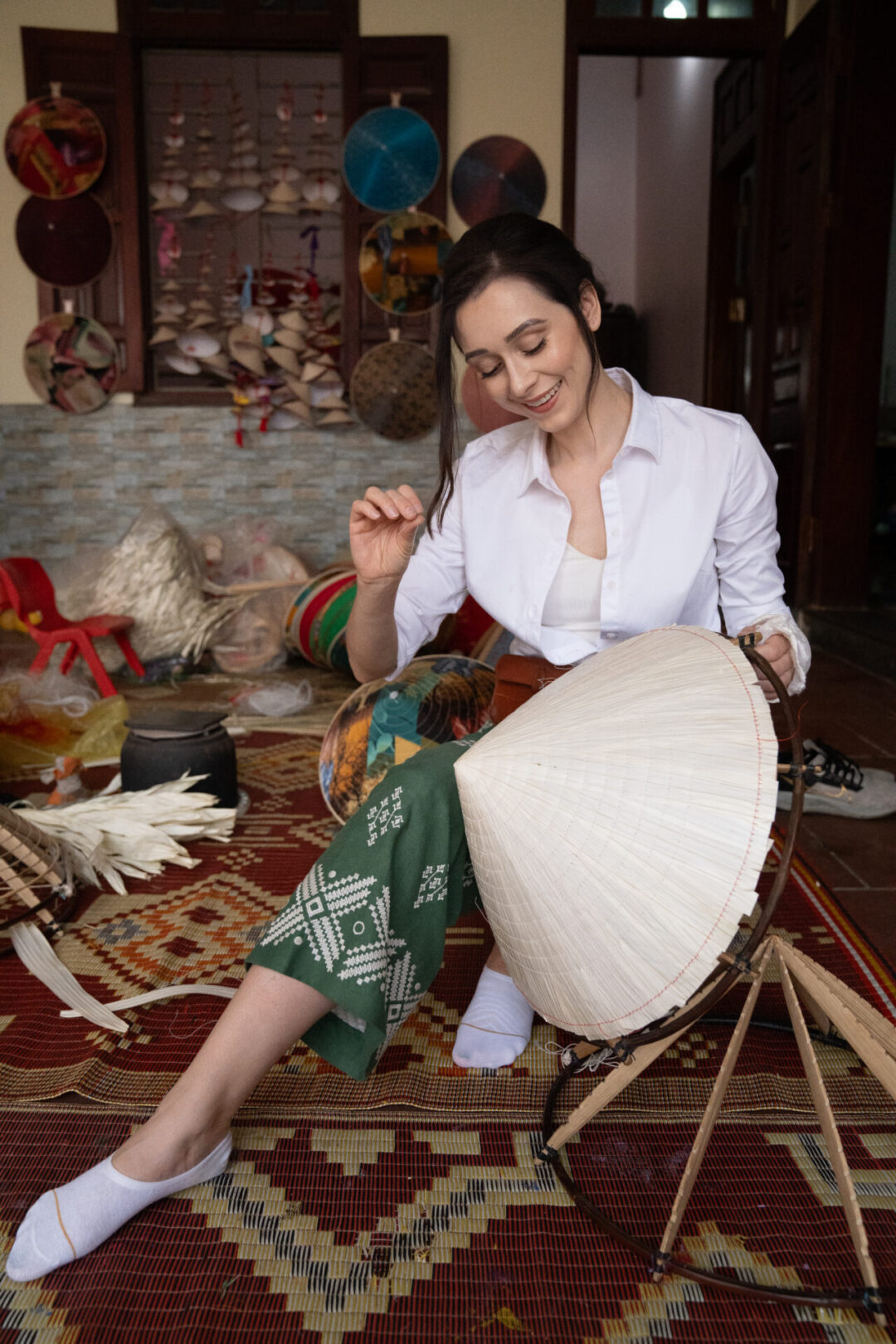
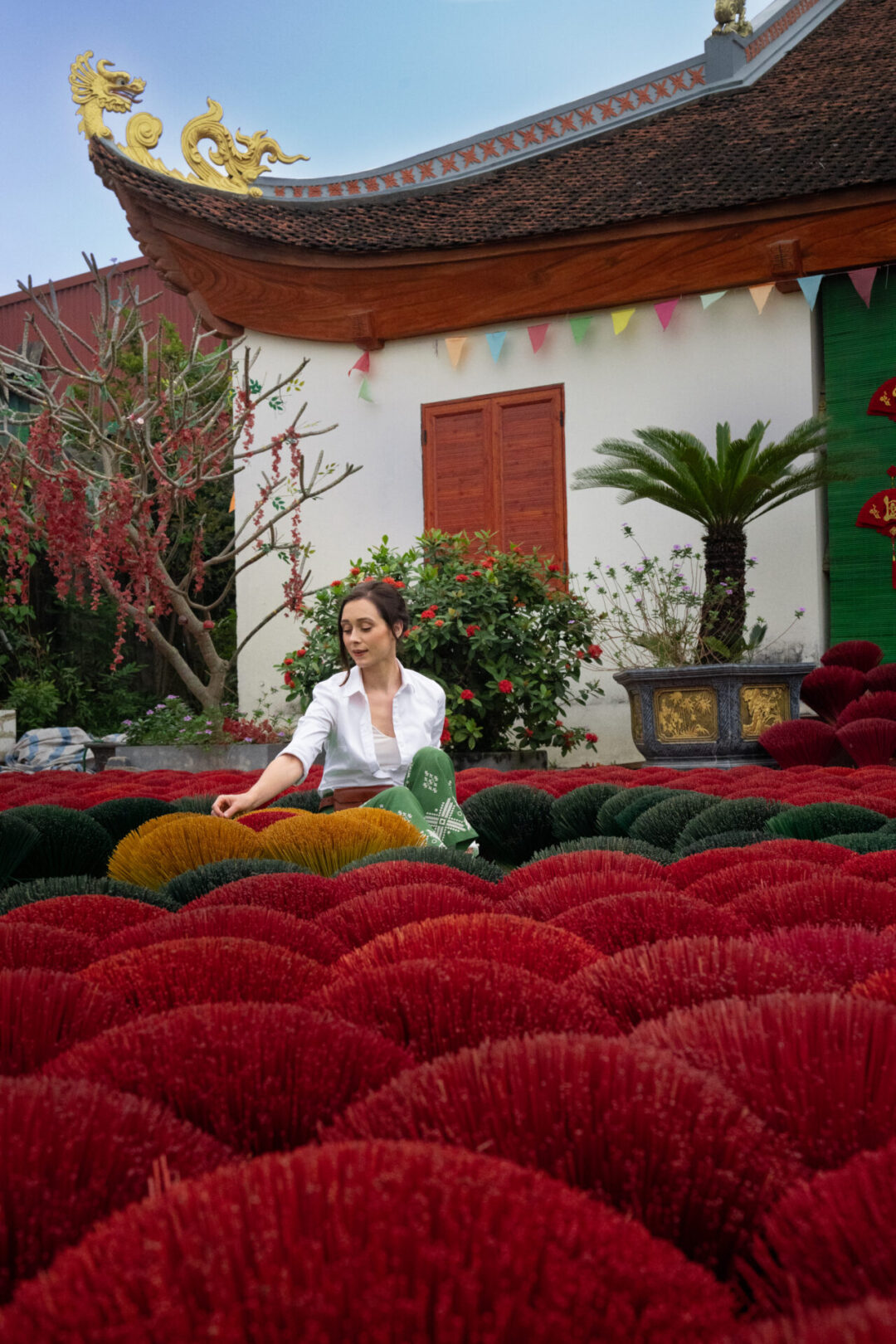
Hanoi’s handicraft villages are best visited with a tour operator with a connection to the local families and artisans there. And depending on your tour provider, your trip to these handicraft villages may also include a local home-cooked meal! I visited Quang Phu Cau and Chuong Village with Duyến (Jane) and couldn’t recommend it enough!
Distance from Hanoi: 1 Hour
Secret Tip
While Chuong Village is great place to experience throughout the year, I only recommend visiting Quang Phu Cau only on days without rain as the village’s famous incense displays are only put out to dry when the wet weather won’t be an issue.

Ninh Binh
Perhaps my favorite place in all Vietnam, Ninh Binh, feels like a fantasy adventure. Journey between limestone karsts, through natural rivers and into ancient temples to amazing sites like Hang Mua Viewpoint, Trang An Landscape Complex and Bich Dong Pagoda.
Distance from Hanoi: 1.5 Hours
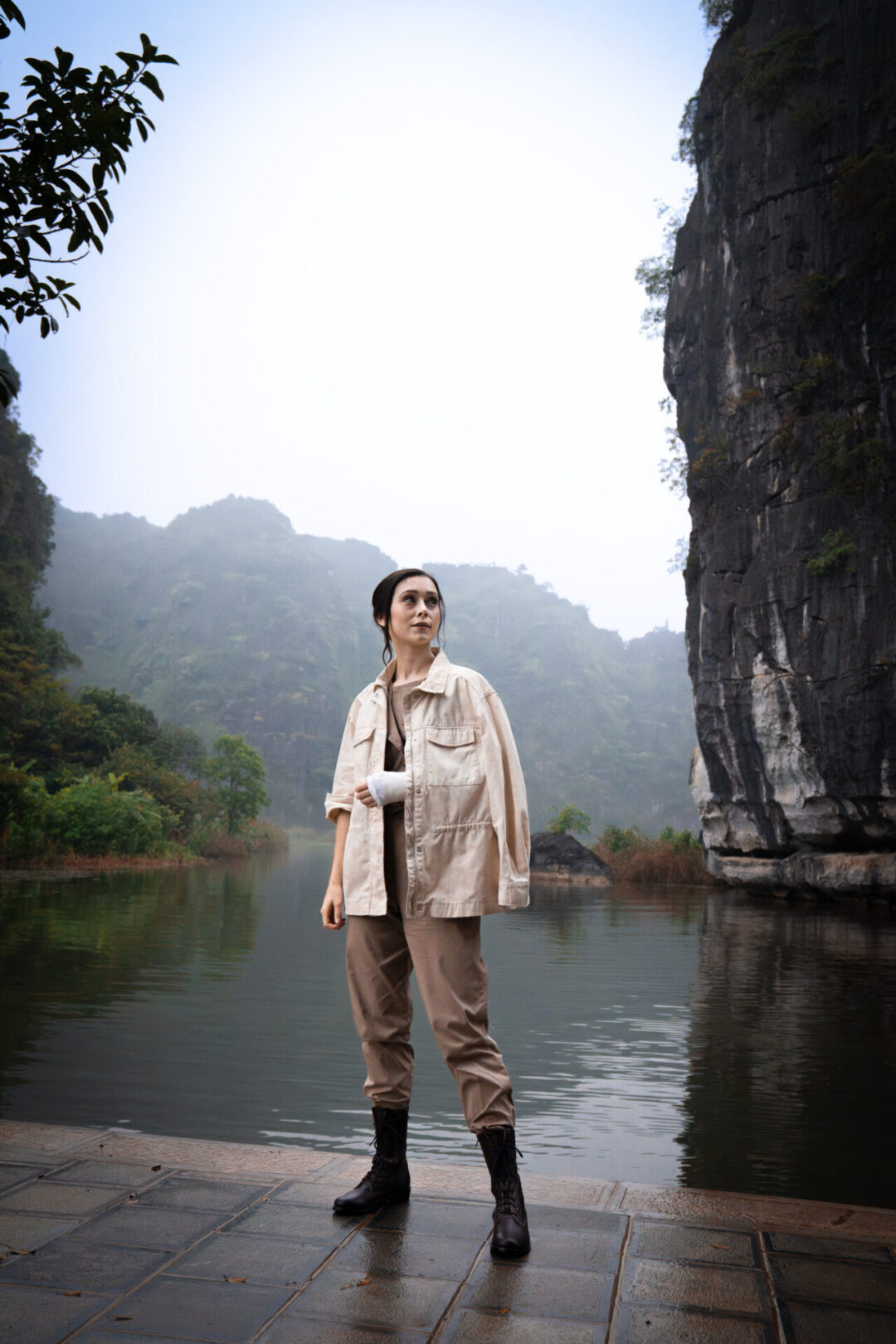
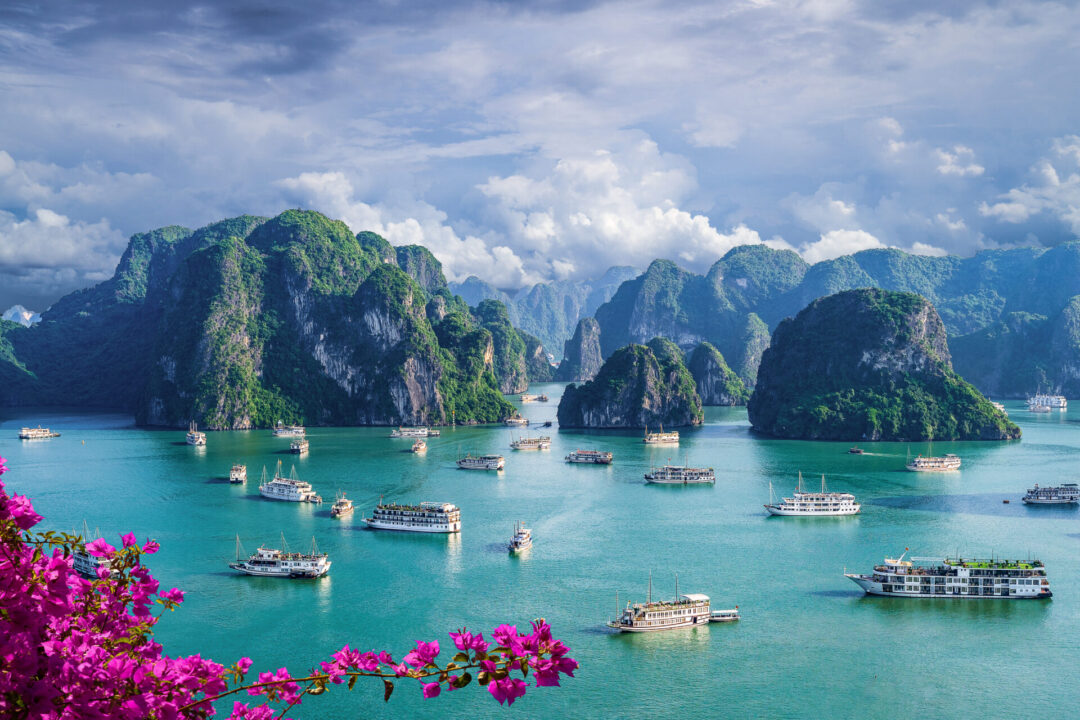
Ha Long Bay
With emerald waters and limestone islets, Ha Long Bay is a UNESCO World Heritage site that feels straight out of a dream. Cruising through the bay offers an unparalleled opportunity to witness its ethereal beauty up close, from the lush greenery blanketing the karsts to the enchanting caves like Sung Sot and Thien Cung. Kayak through hidden lagoons, explore quaint floating villages, or simply bask in a breathtaking sunset from the deck of a traditional junk boat. With plenty of activities and experiences, Ha Long Bay is a paradise for nature lovers and adventurers alike.
Distance from Hanoi: 2.5 Hours
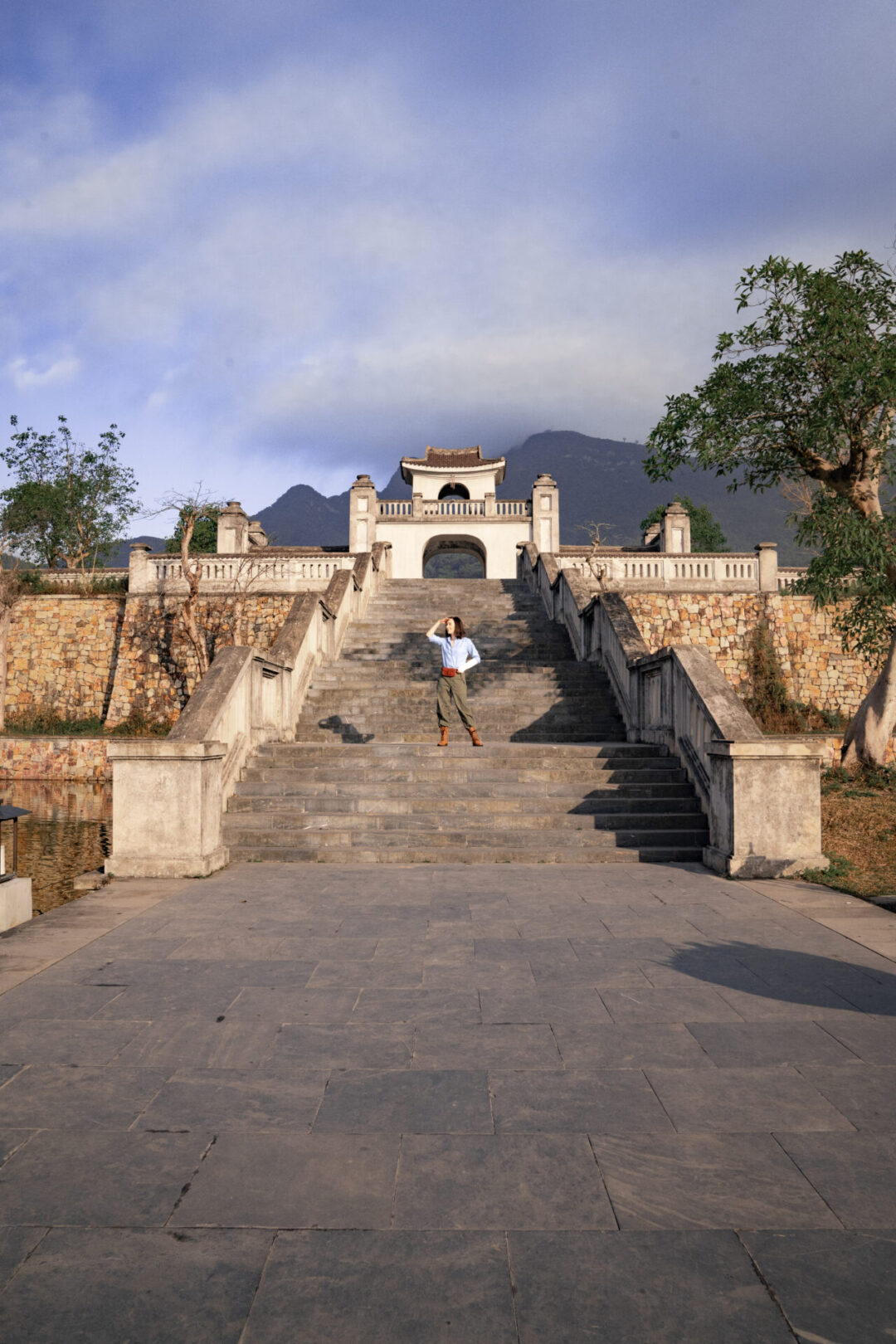
Yen Tu Mountain
While I prefer to spend at least 1-2 nights in Yen Tu Mountain, the village and/or mountain itself can still be visited on a long day trip from Hanoi. Discover the scenic pagoda views, breathtaking mountain vistas and the fairytale-like village that’s become quite popular with visitors.
Distance from Hanoi: 2.5 Hours
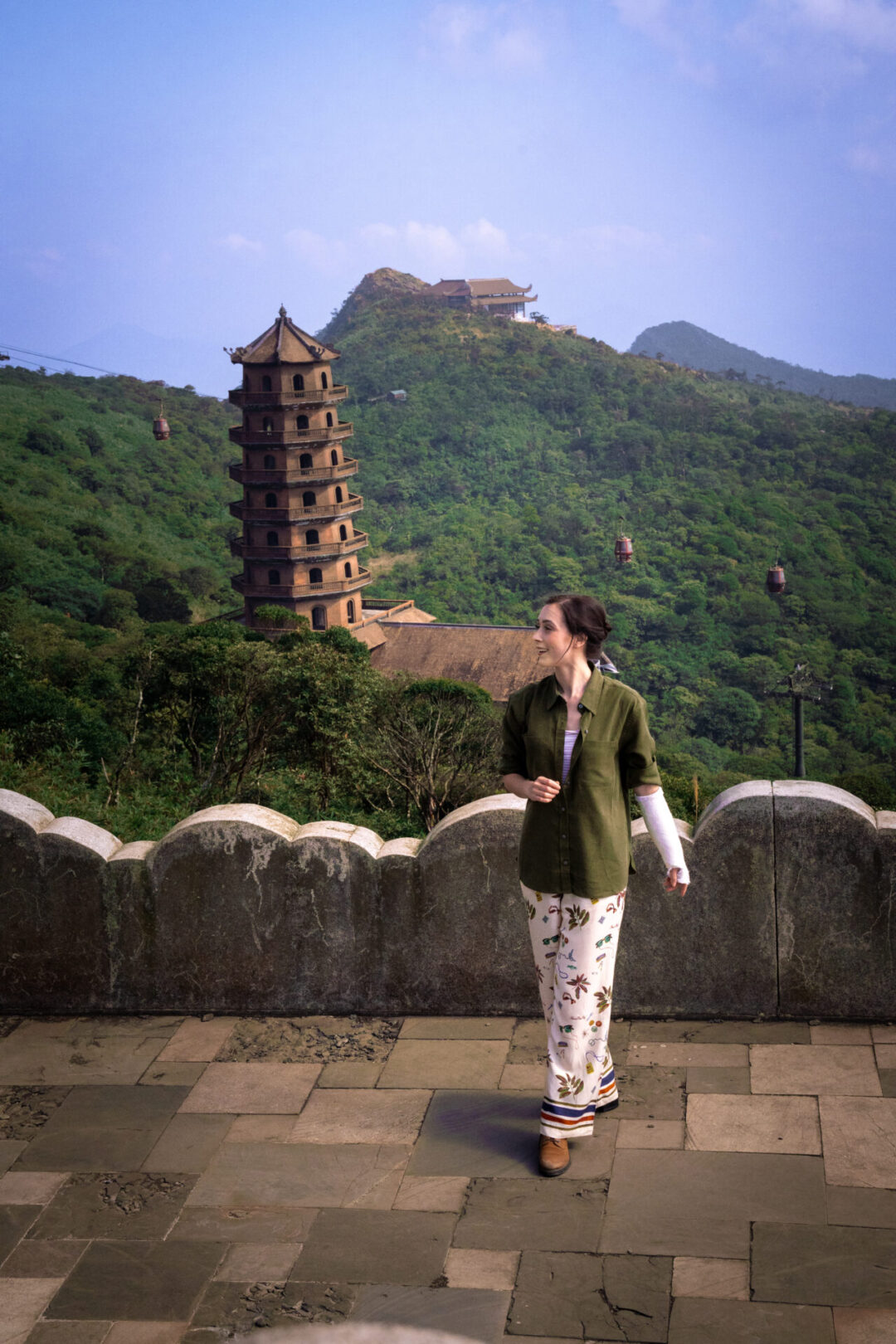
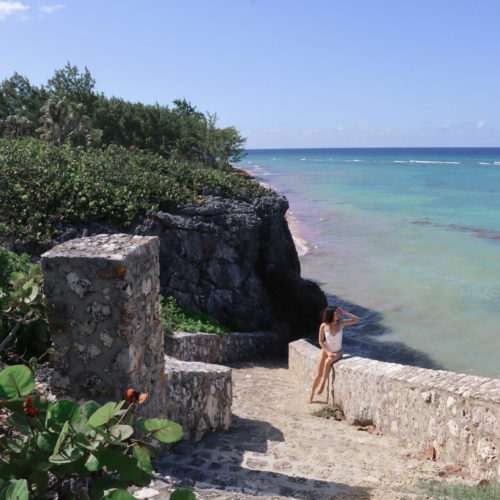 8 Grand Cayman Beaches So Beautiful They Look Like Film Sets
8 Grand Cayman Beaches So Beautiful They Look Like Film Sets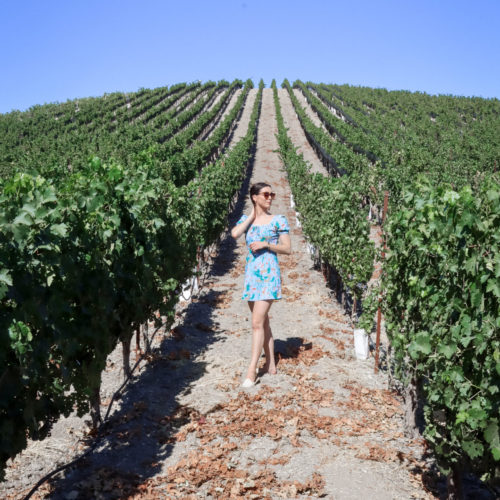 How To Spend One Day in Paso Robles: My Favorite Spots
How To Spend One Day in Paso Robles: My Favorite Spots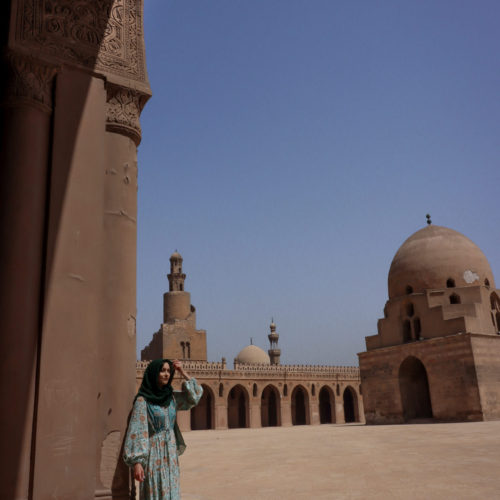 Did I Feel Safe in Egypt?: The Revealing Truth
Did I Feel Safe in Egypt?: The Revealing Truth